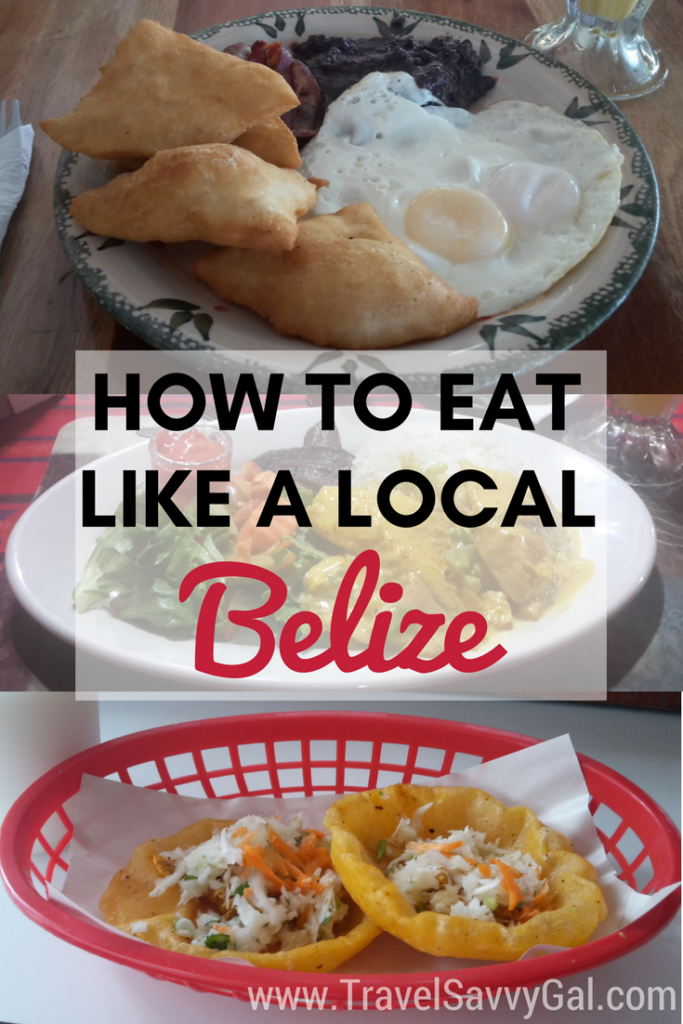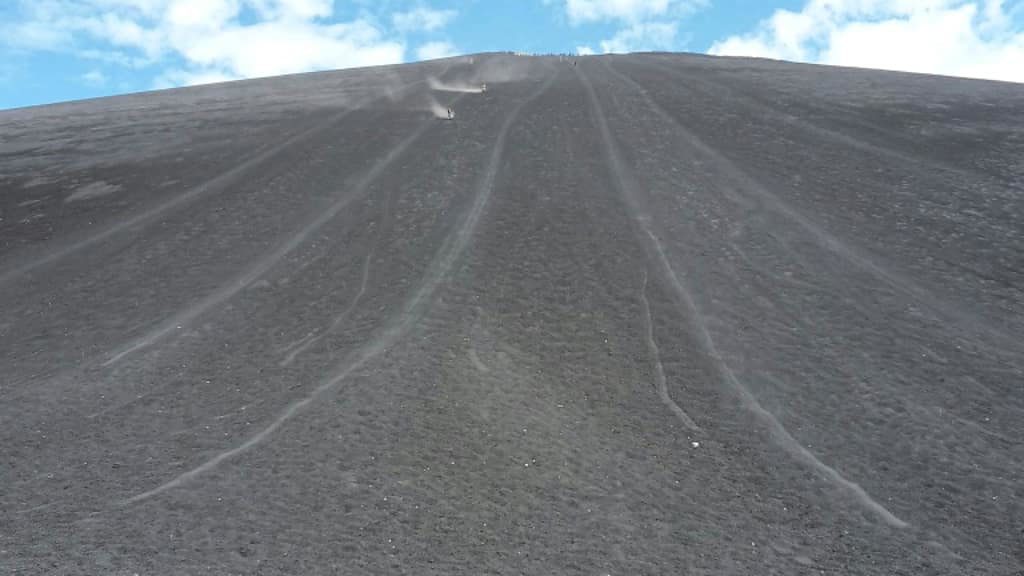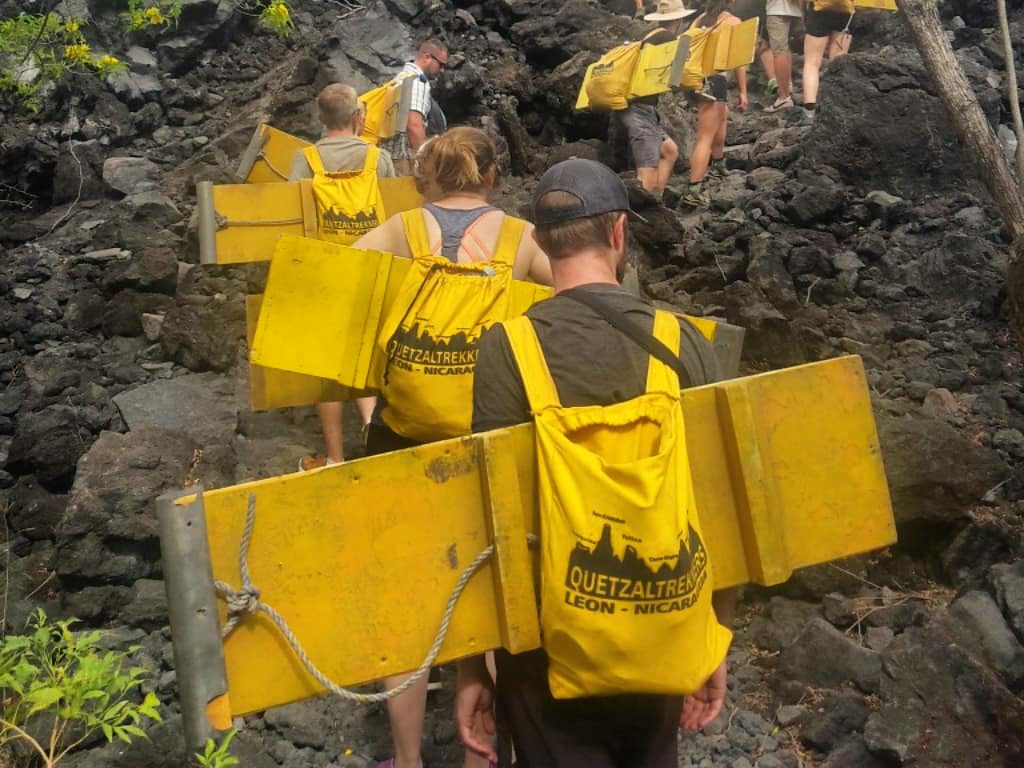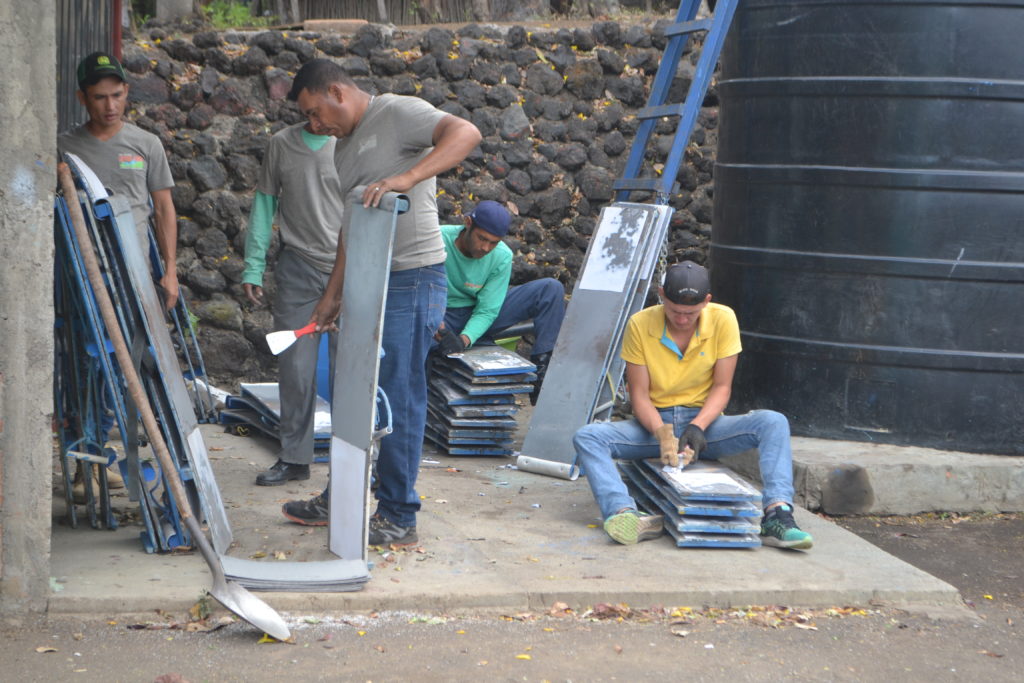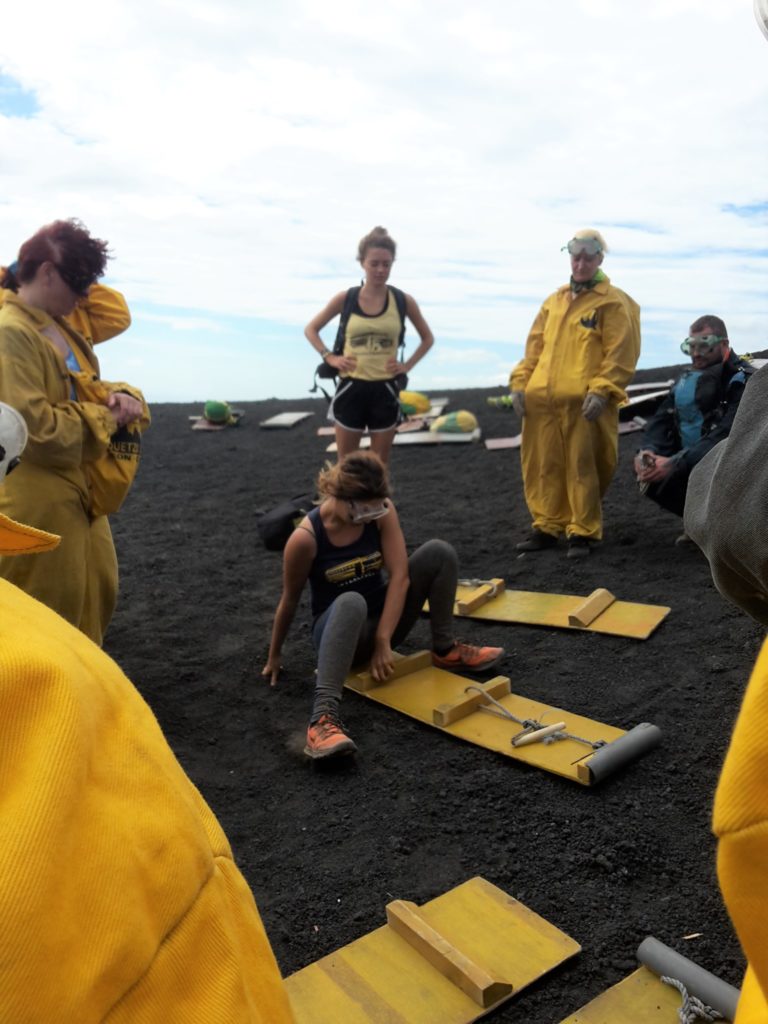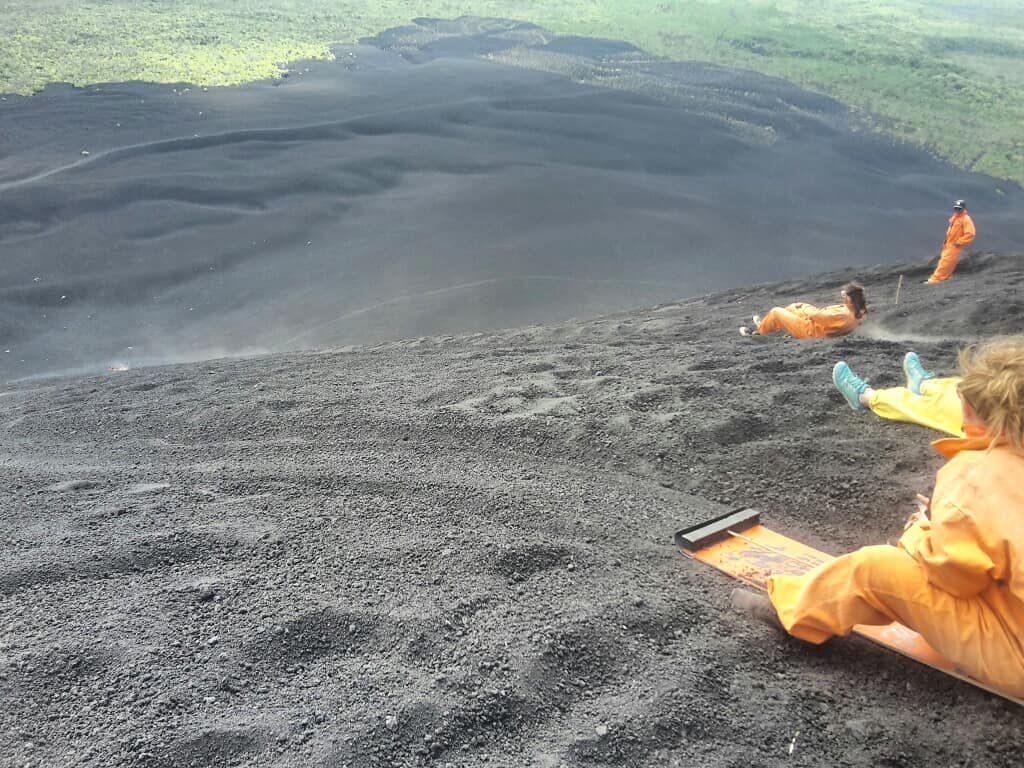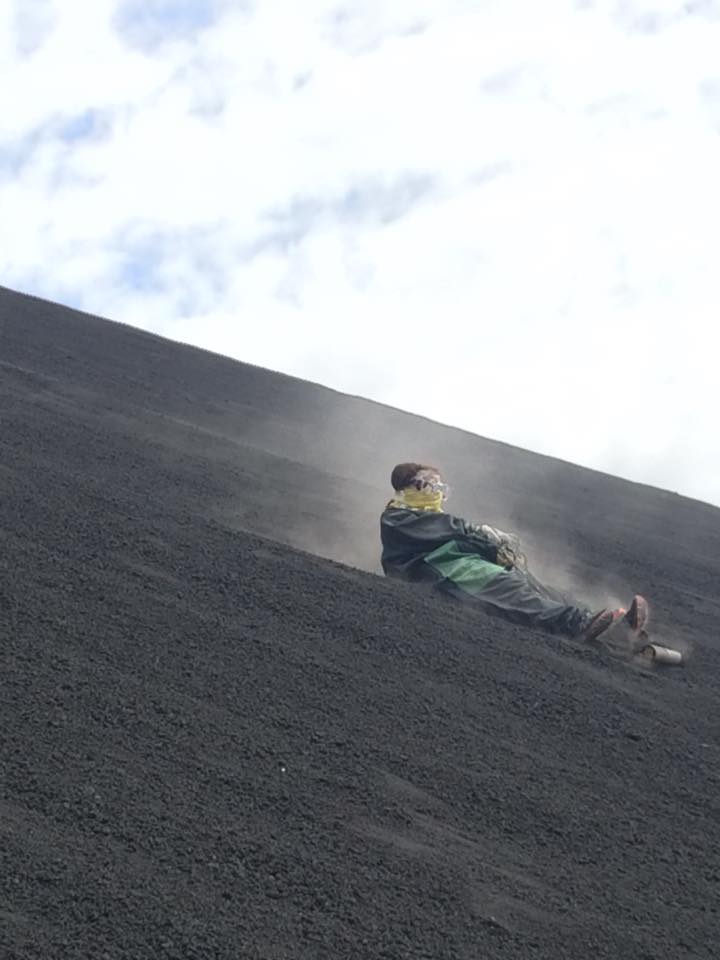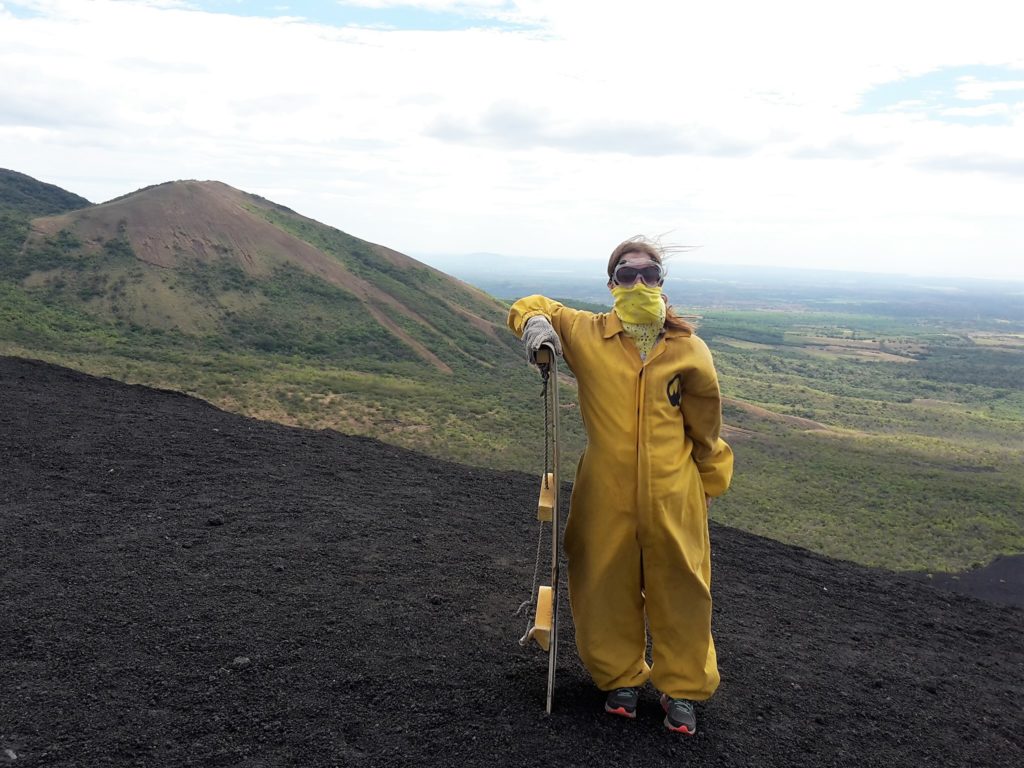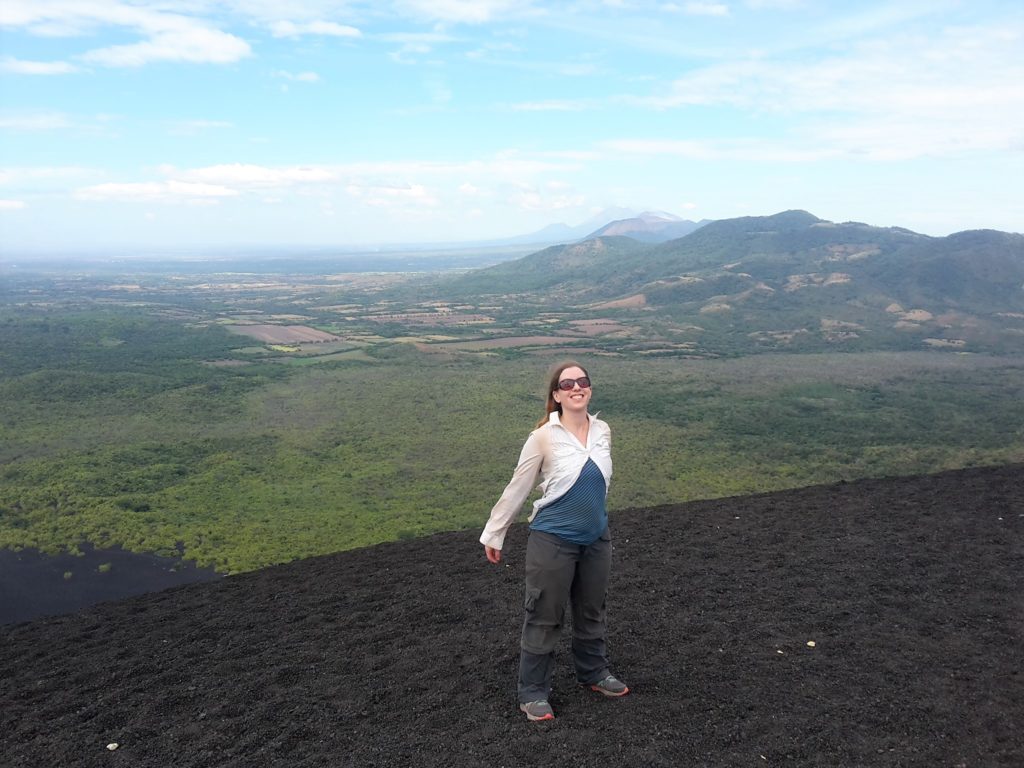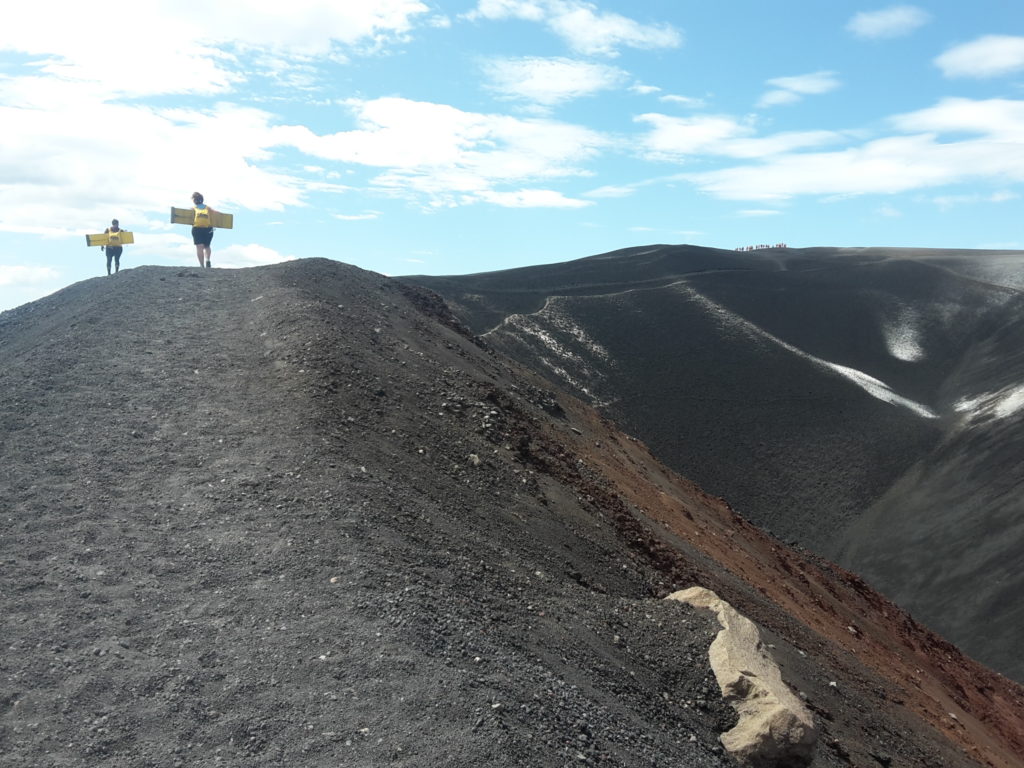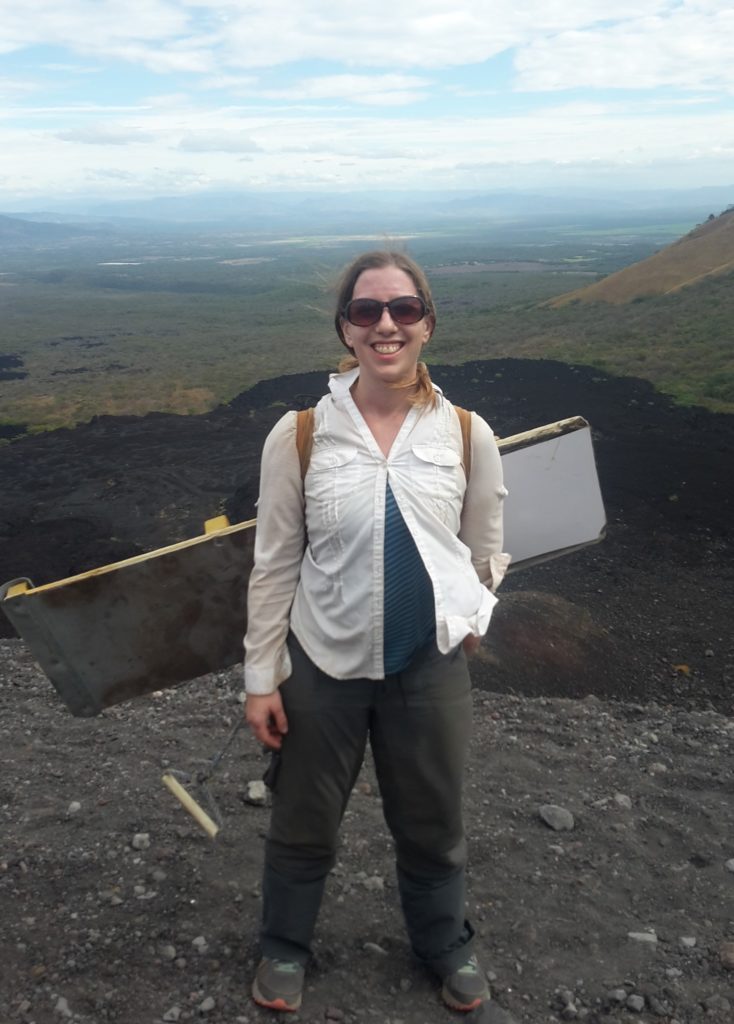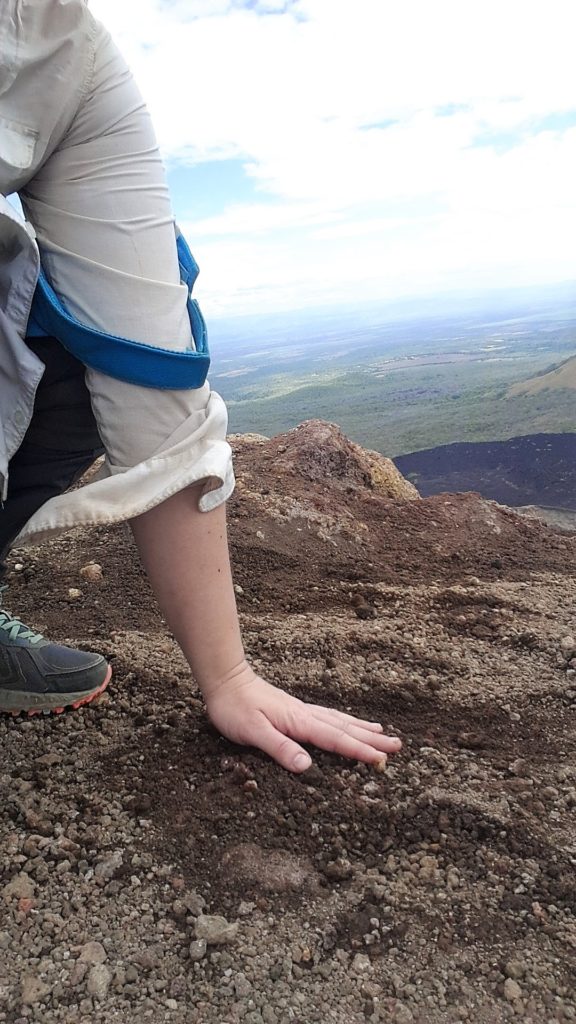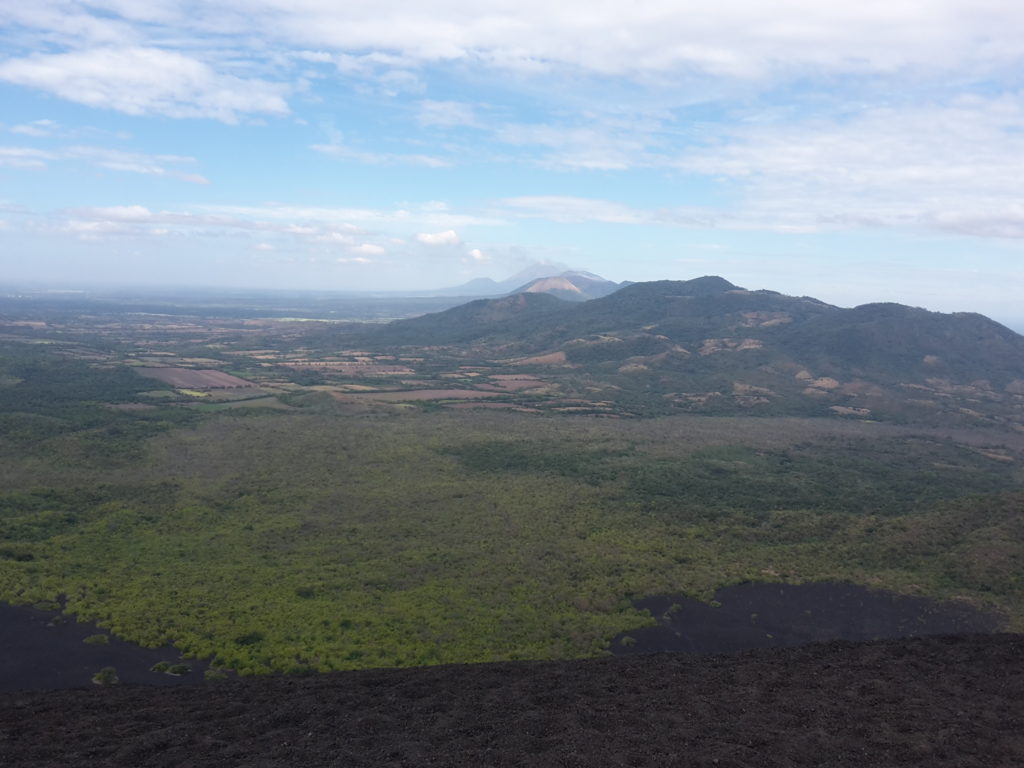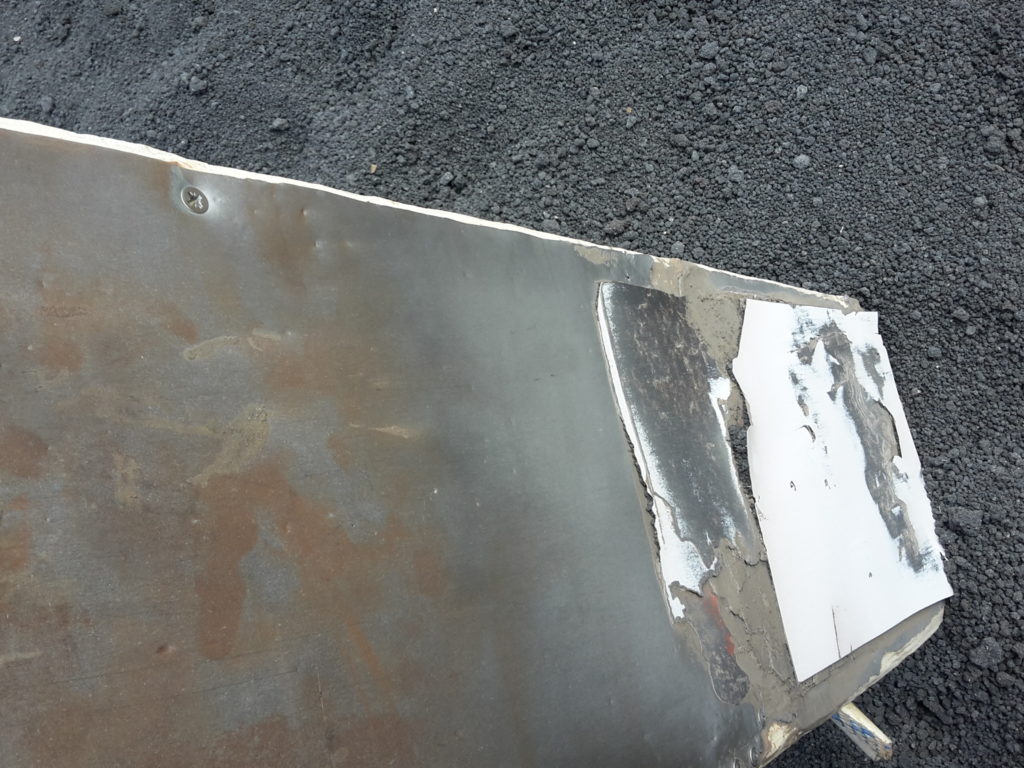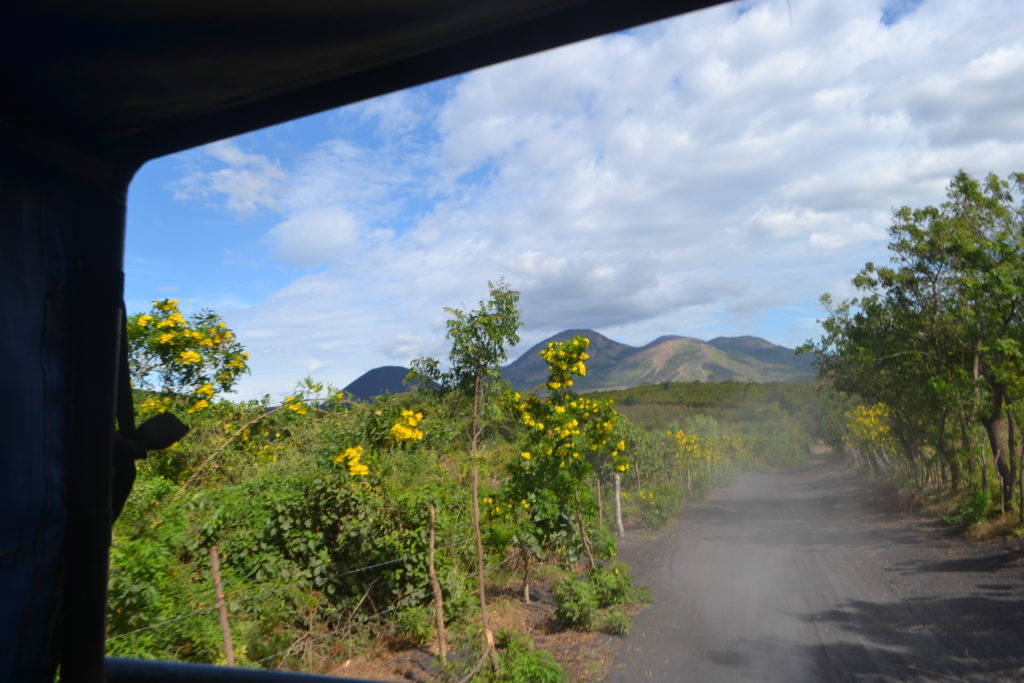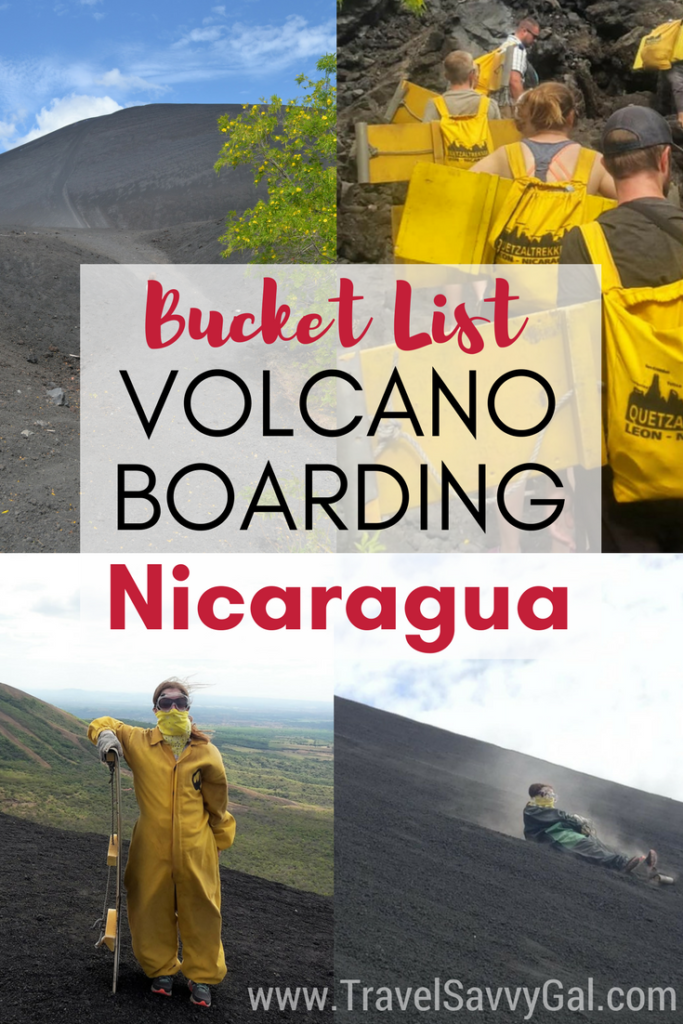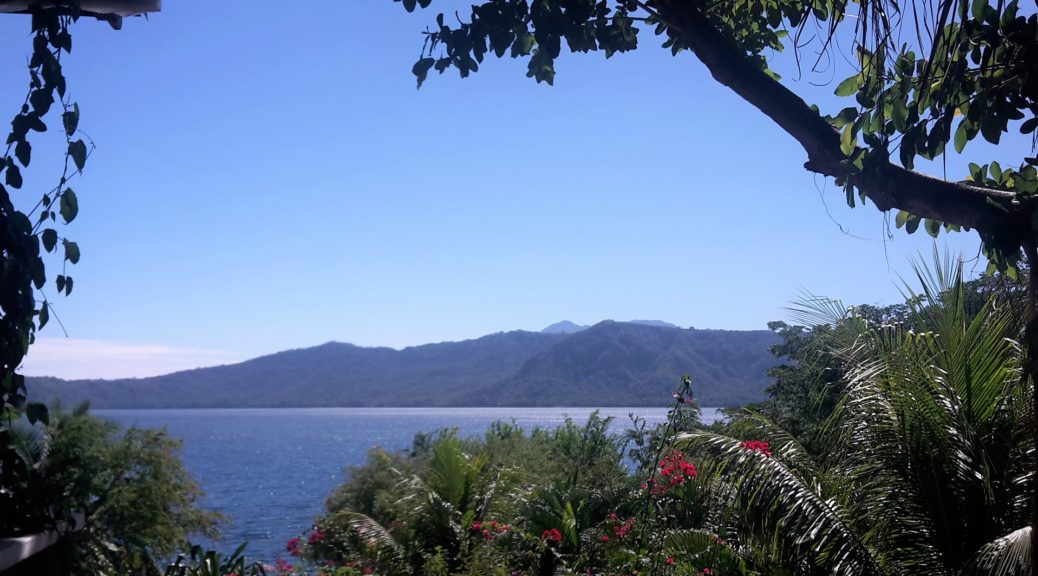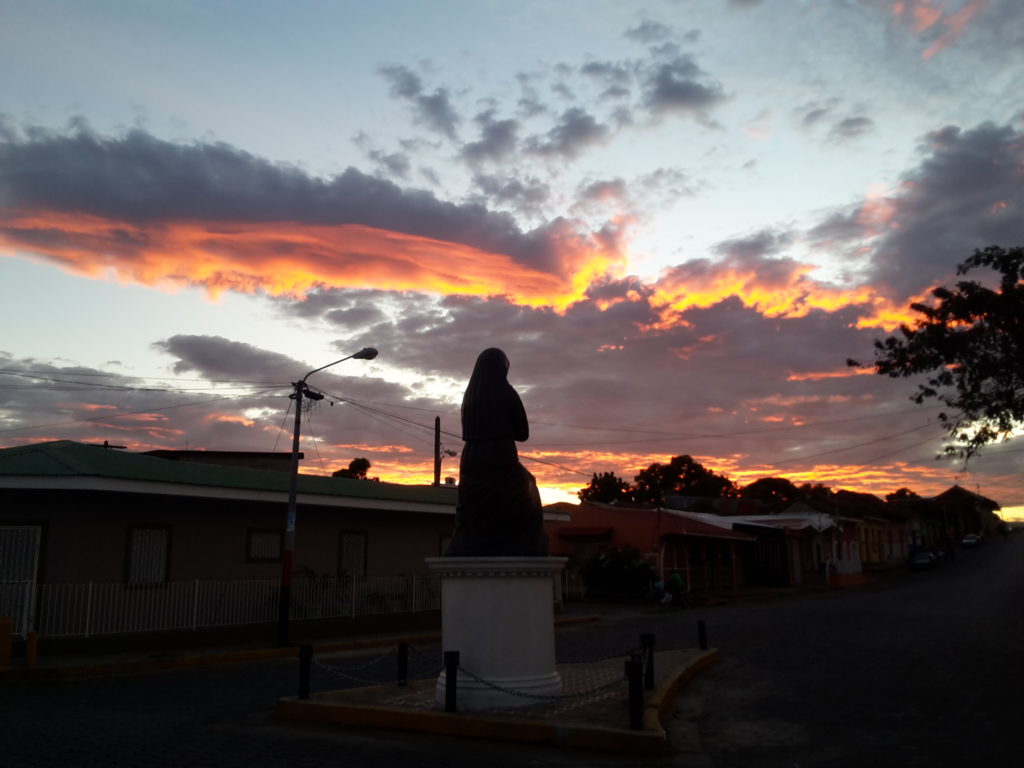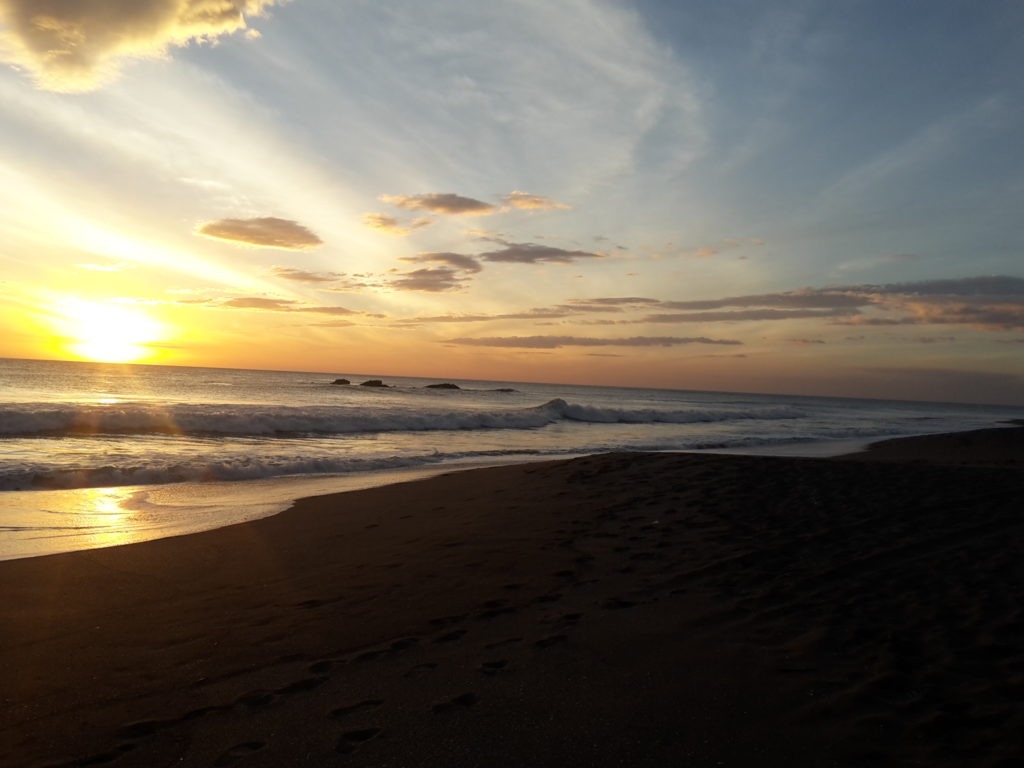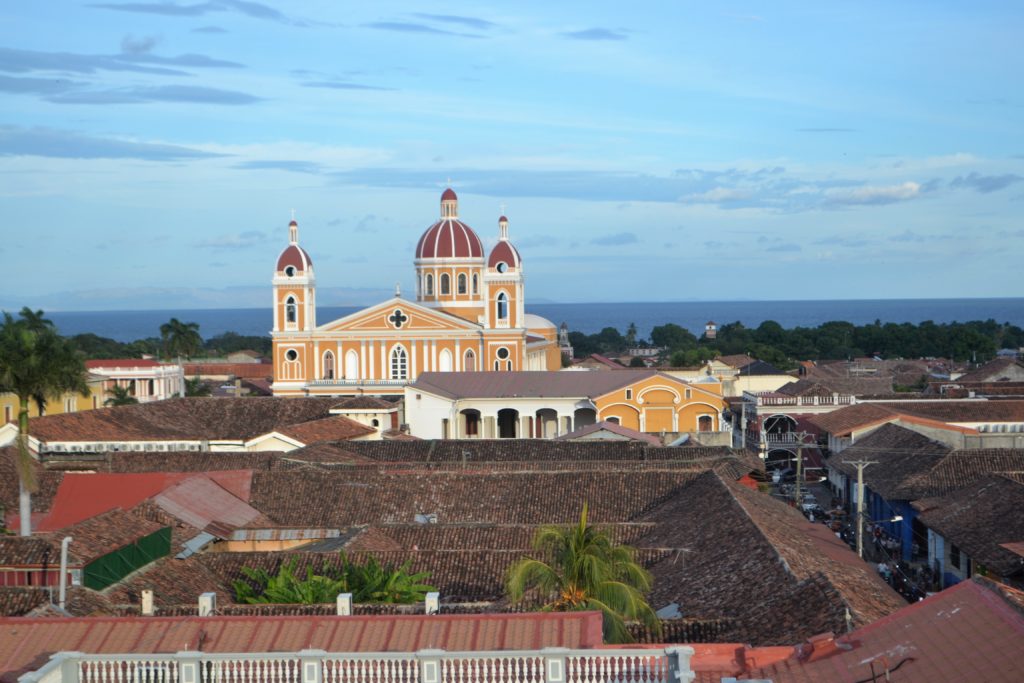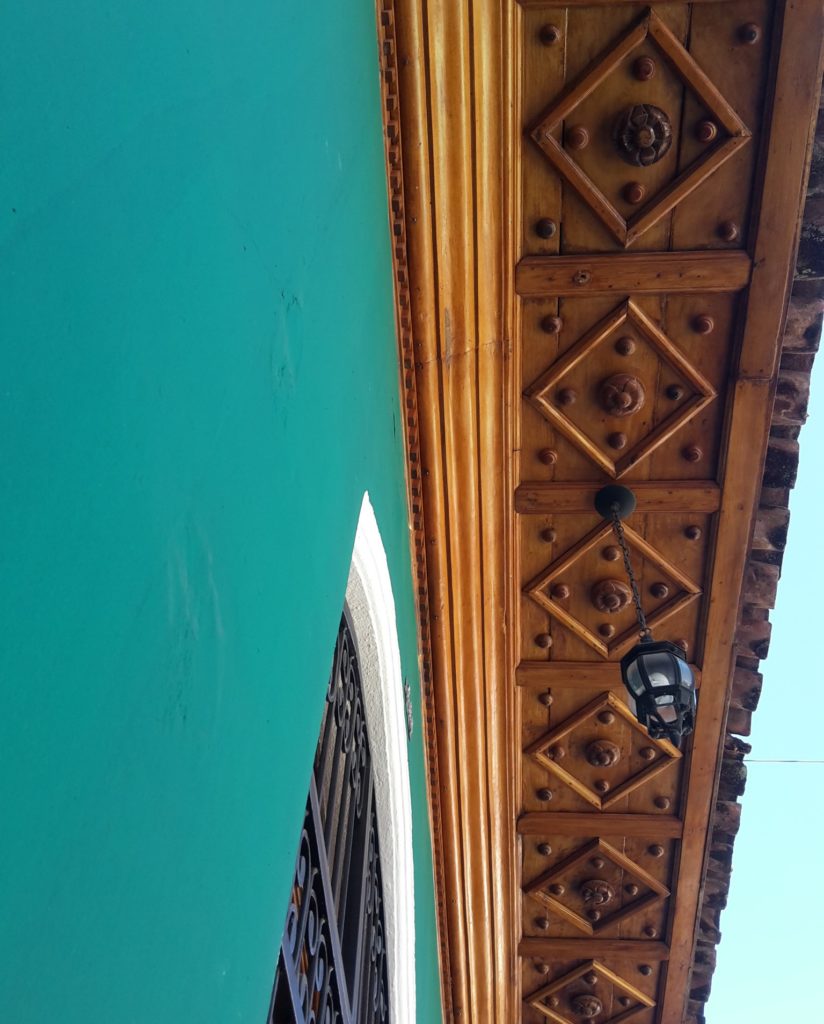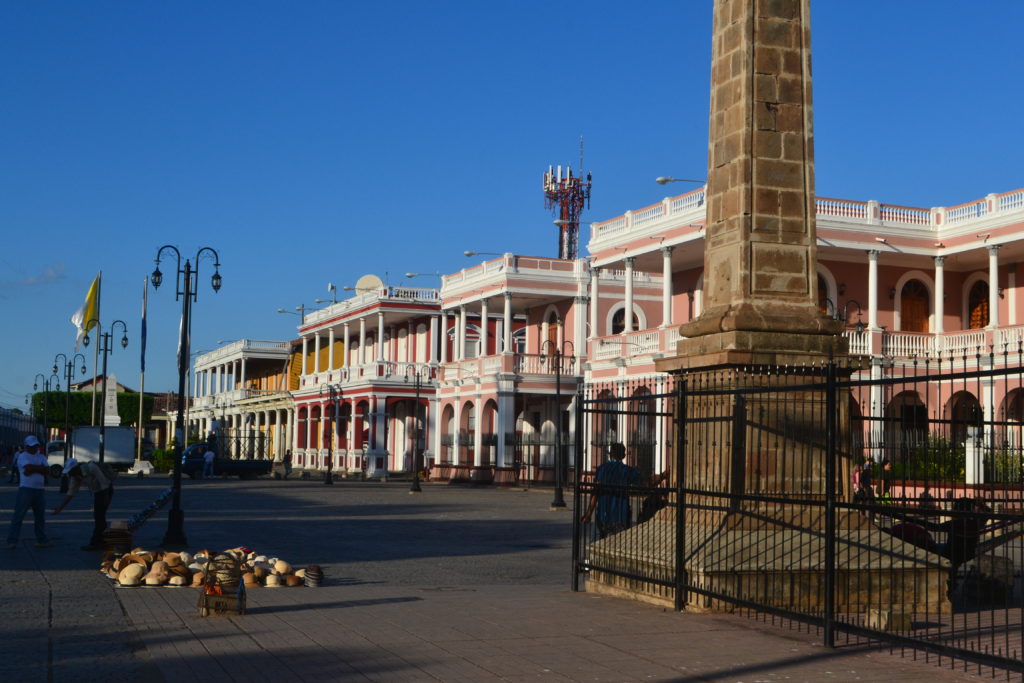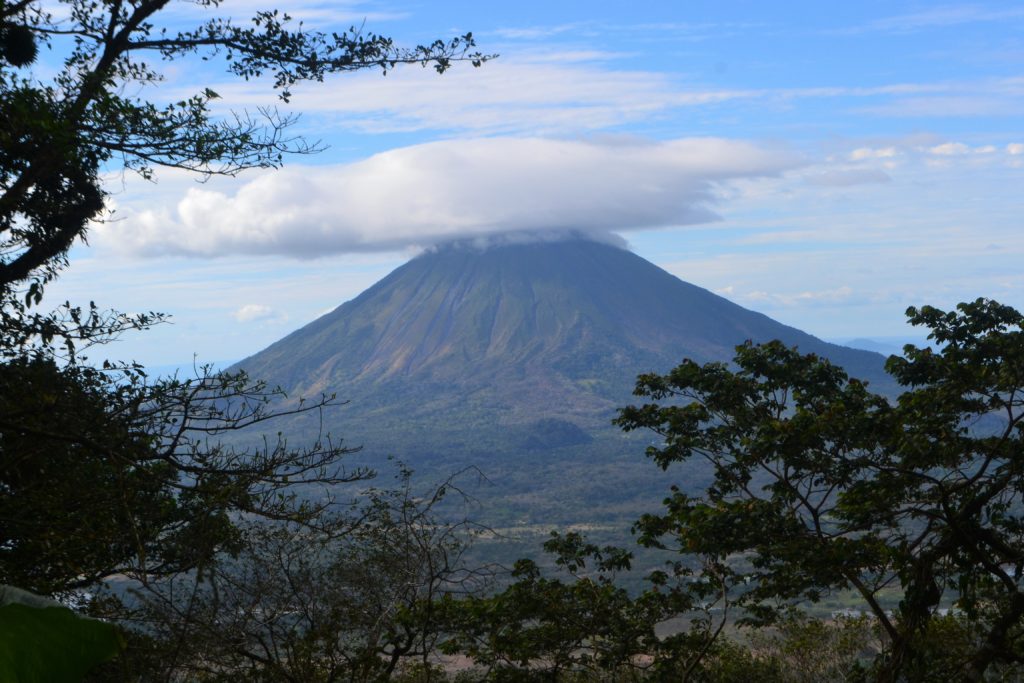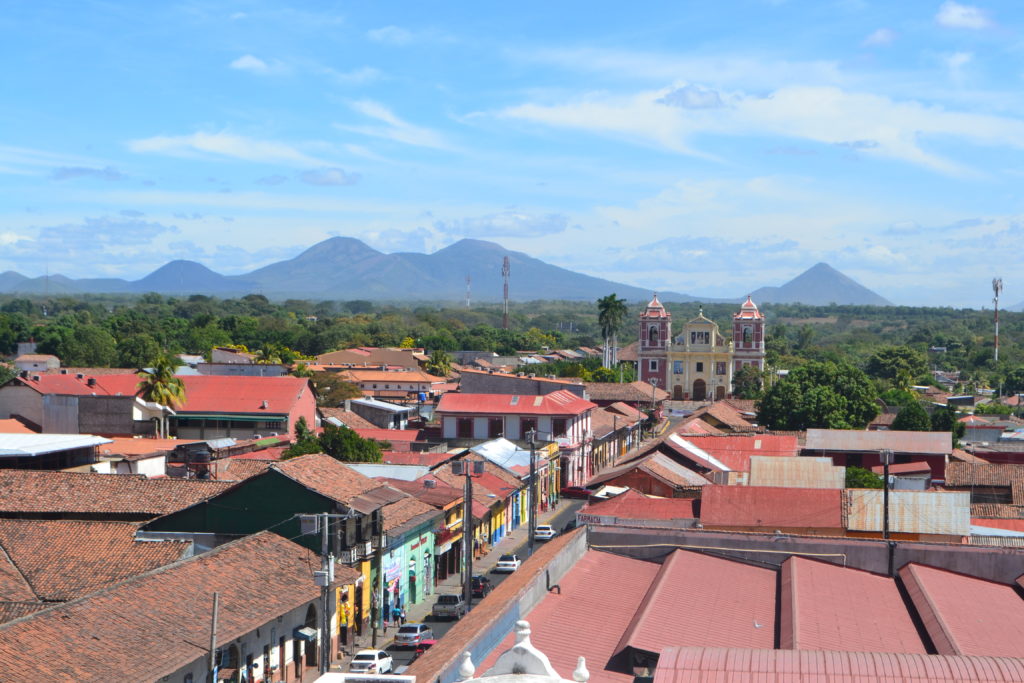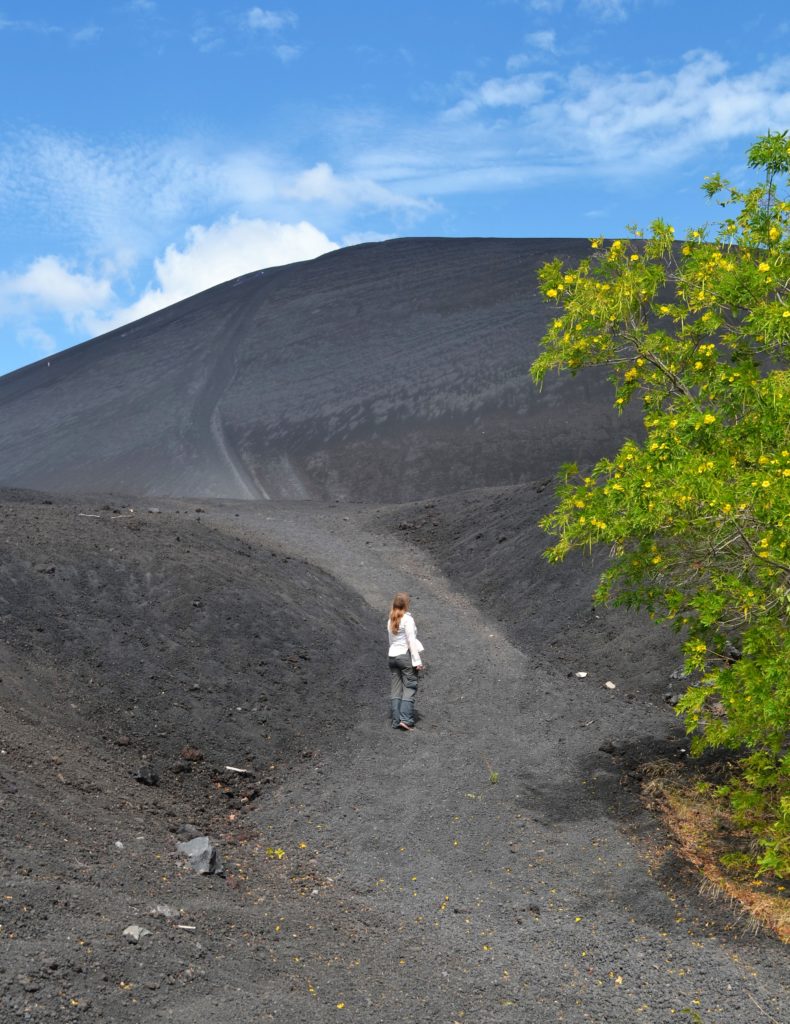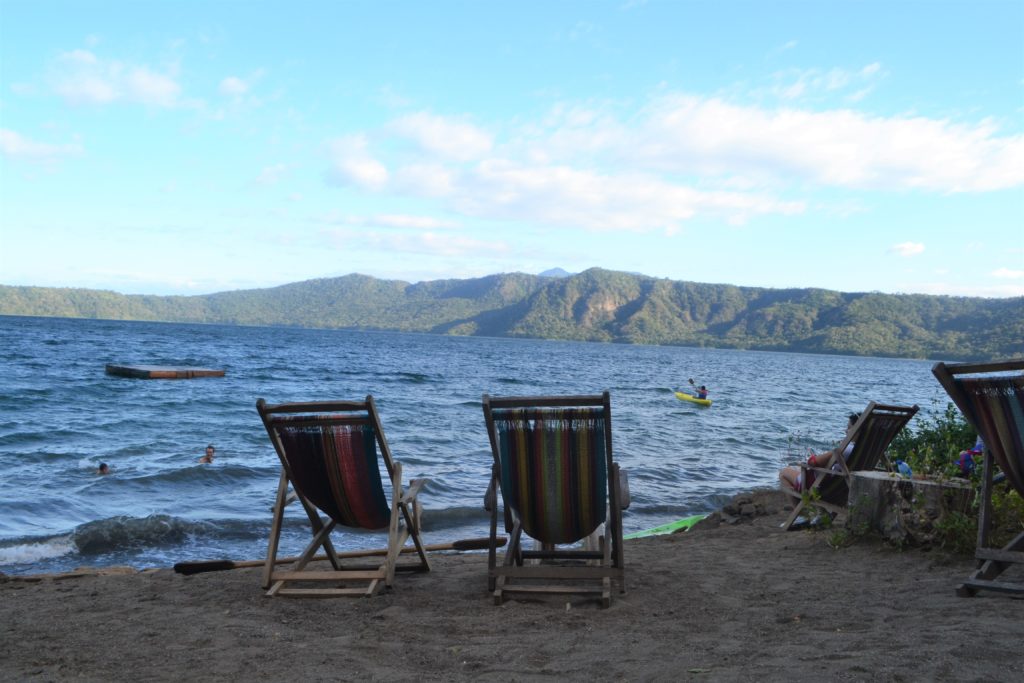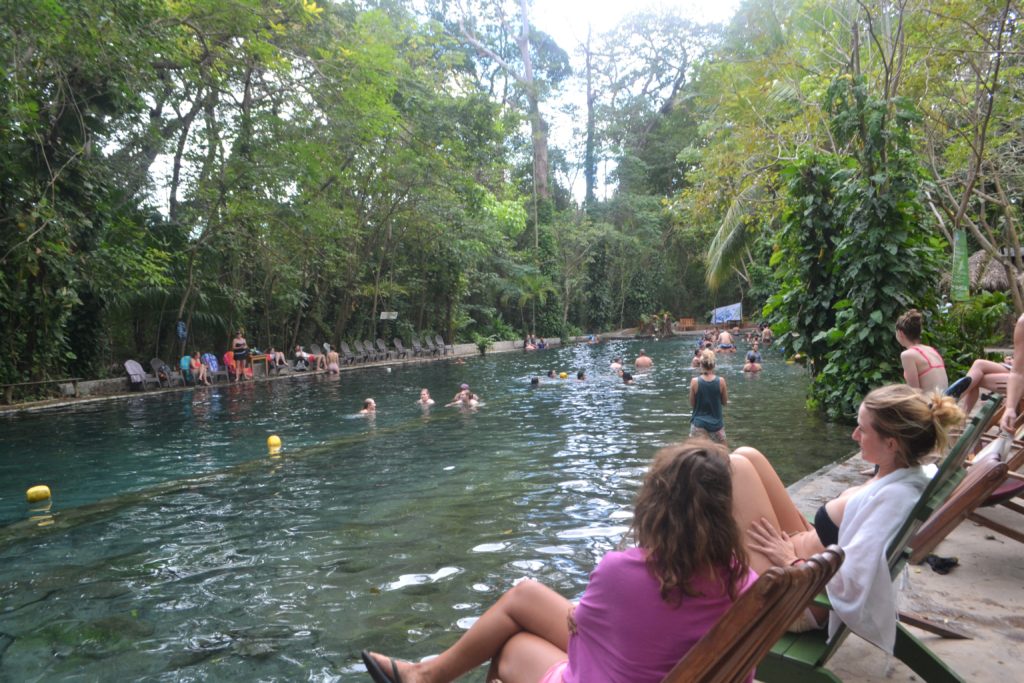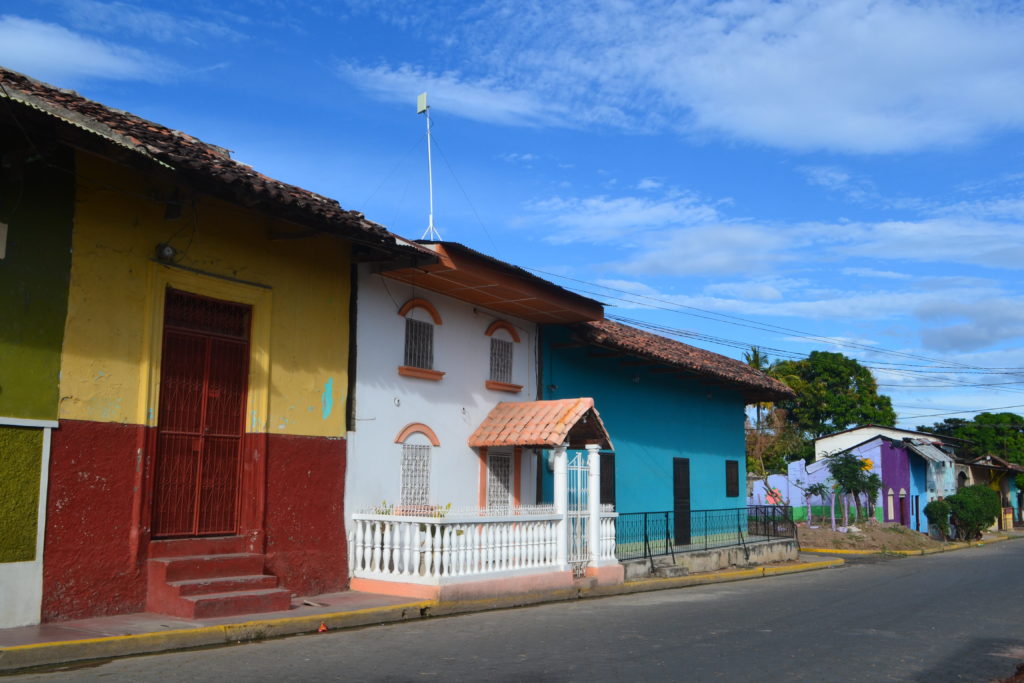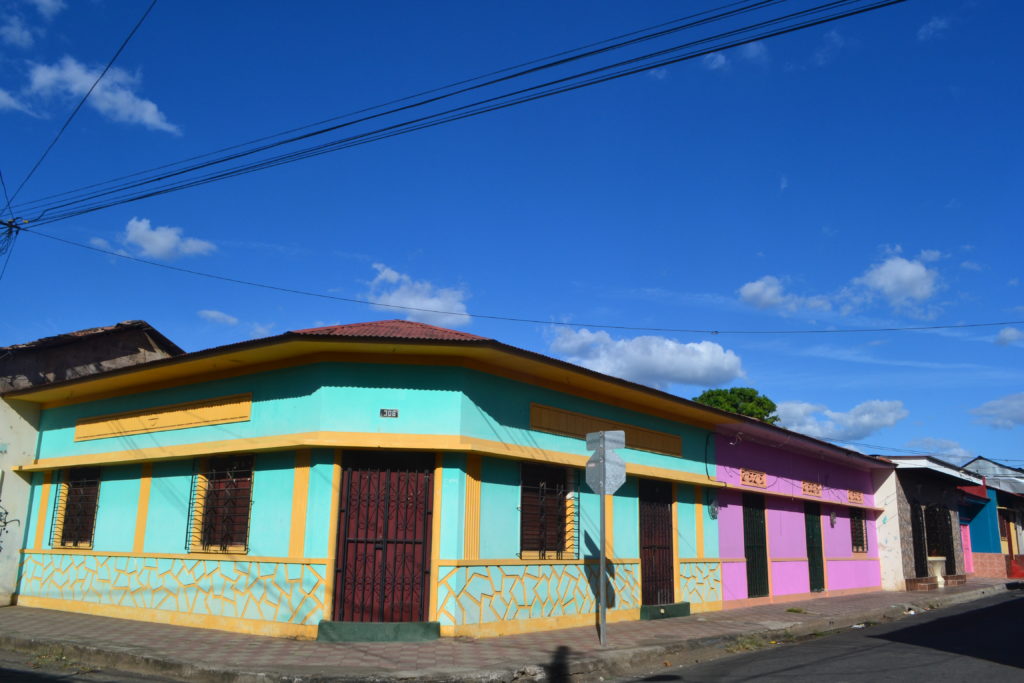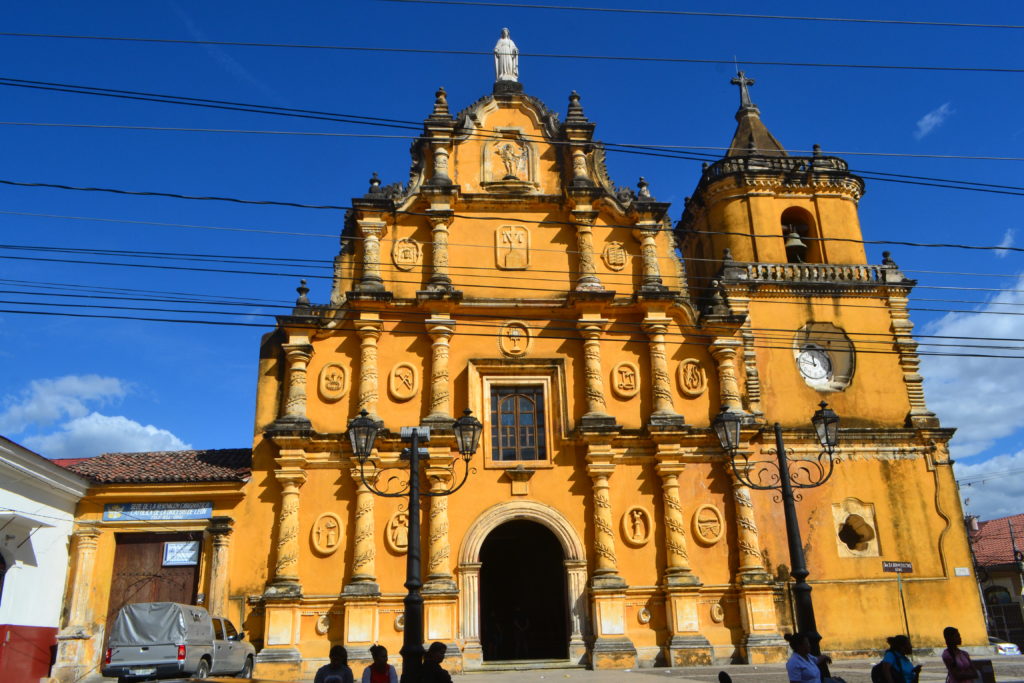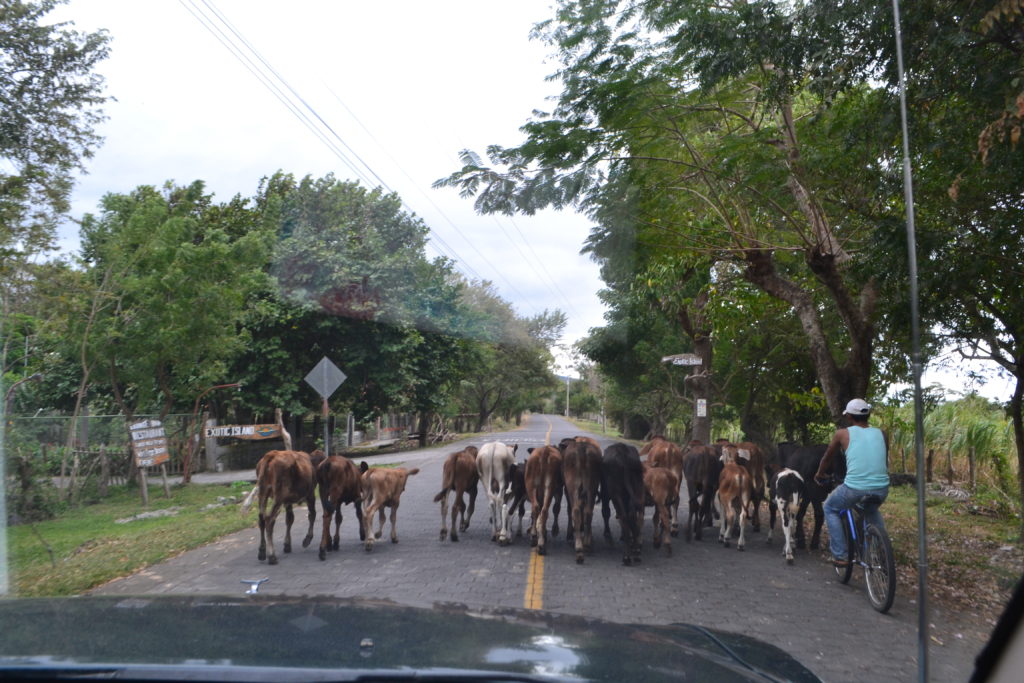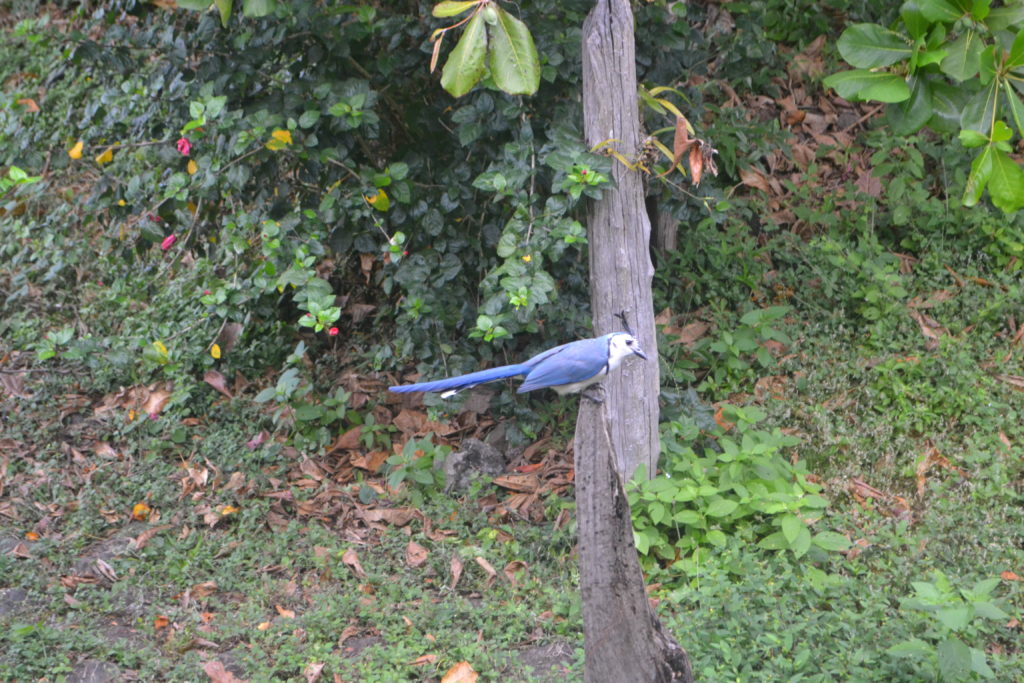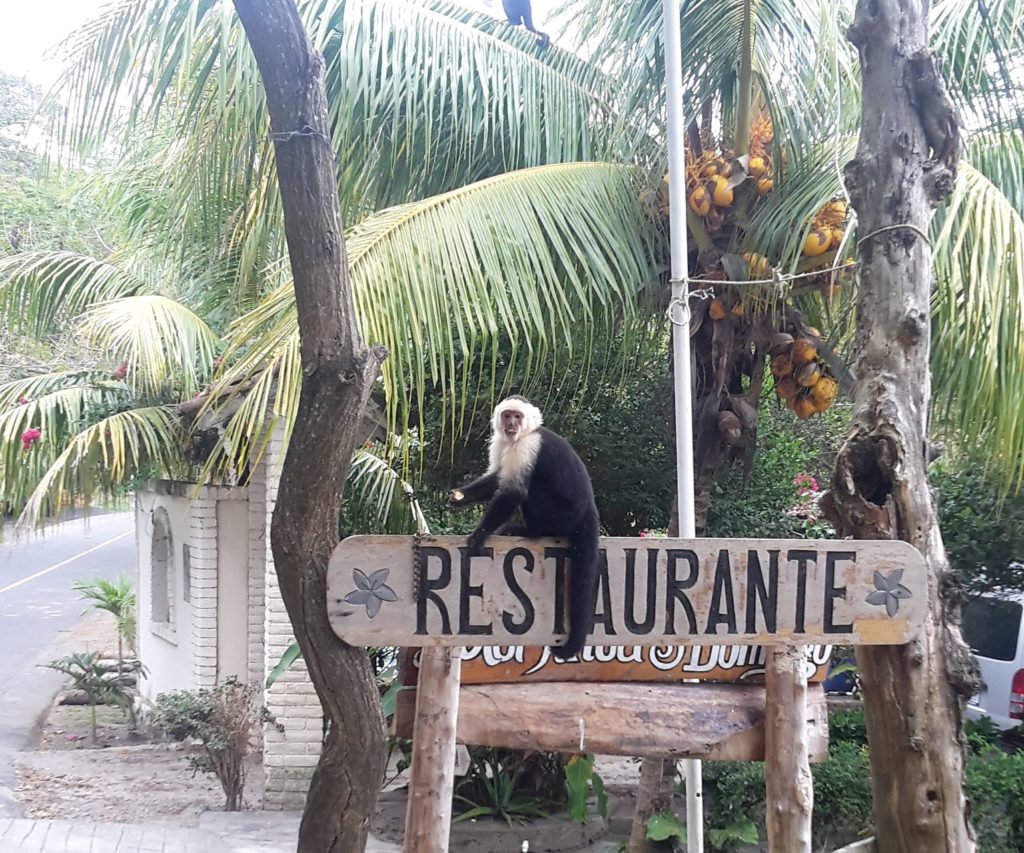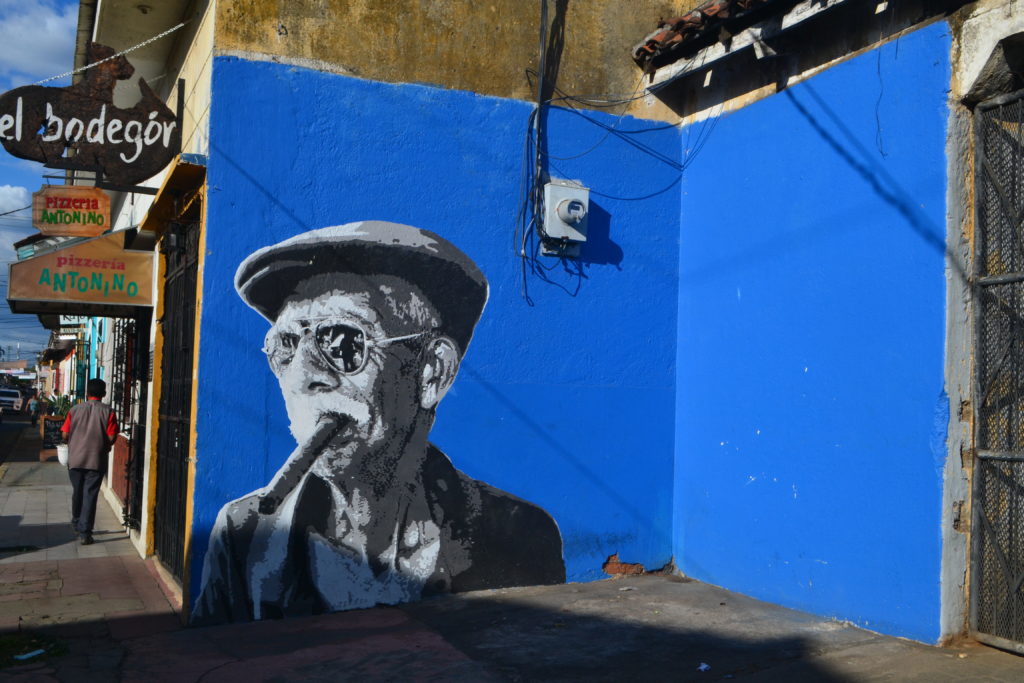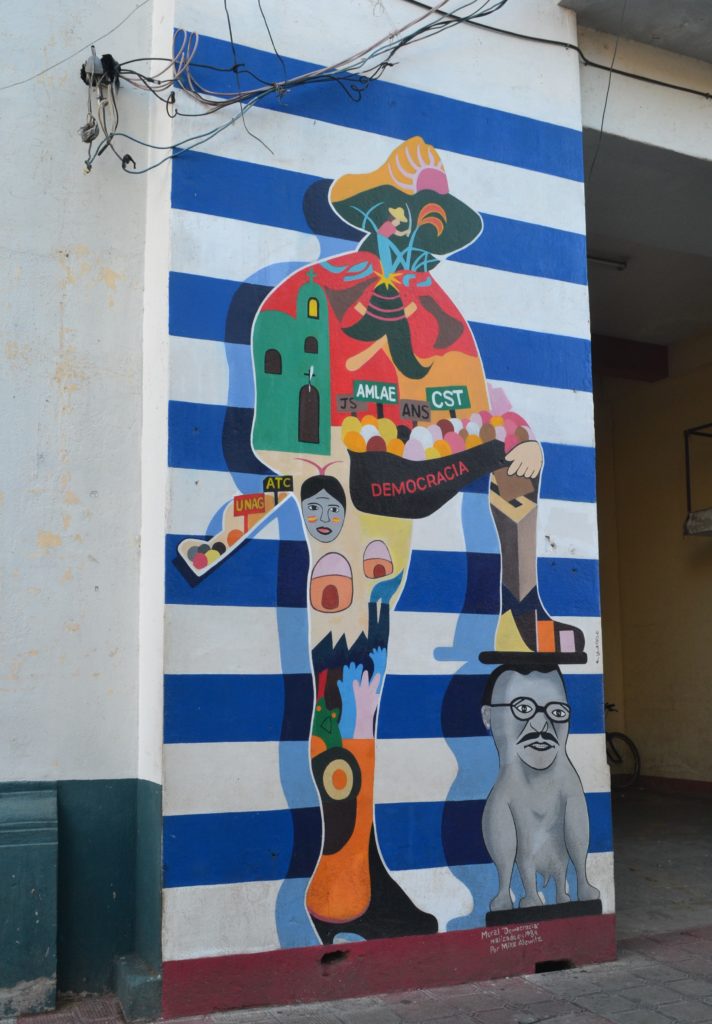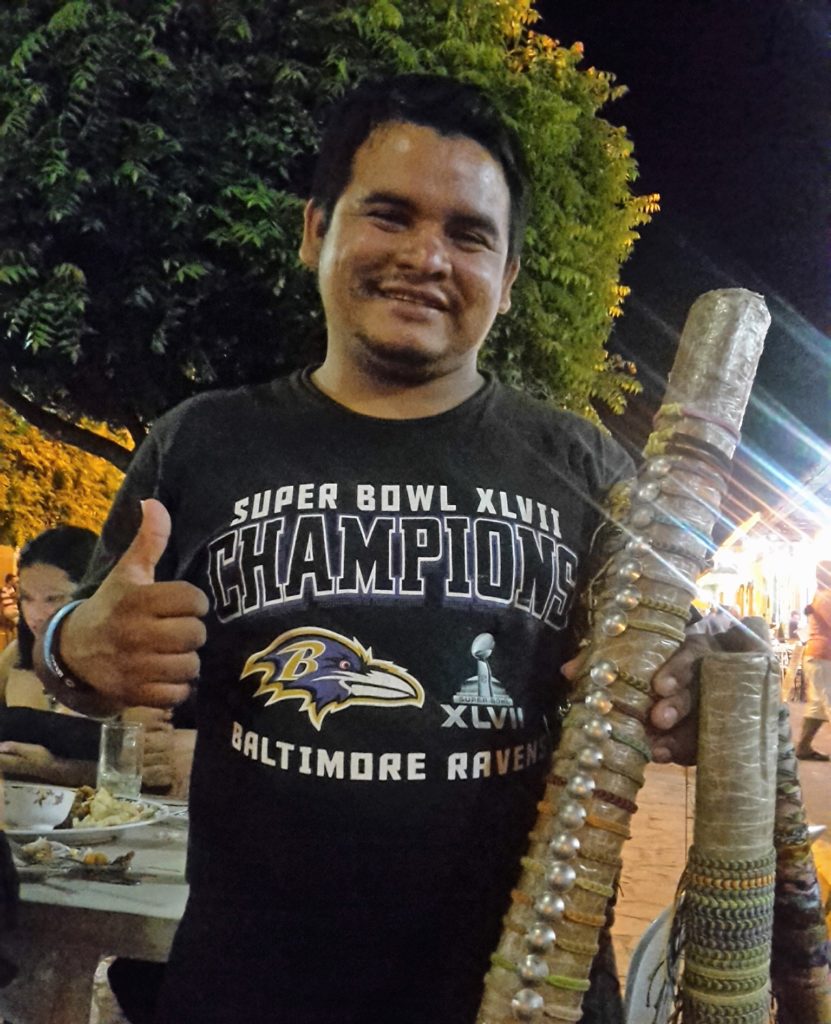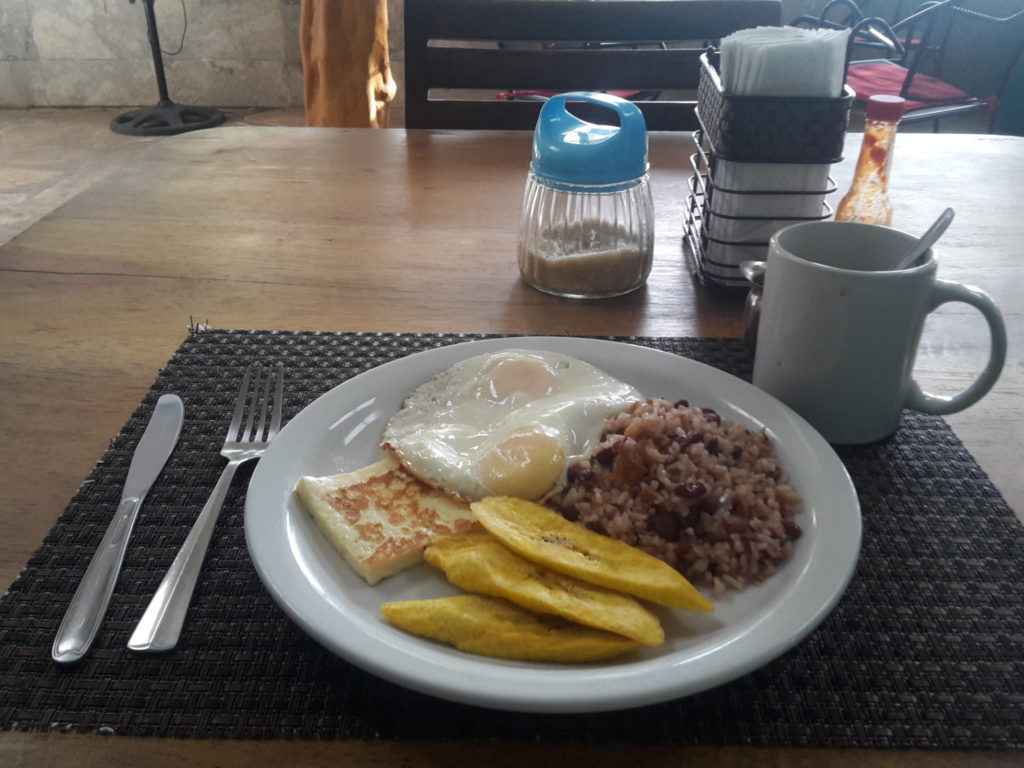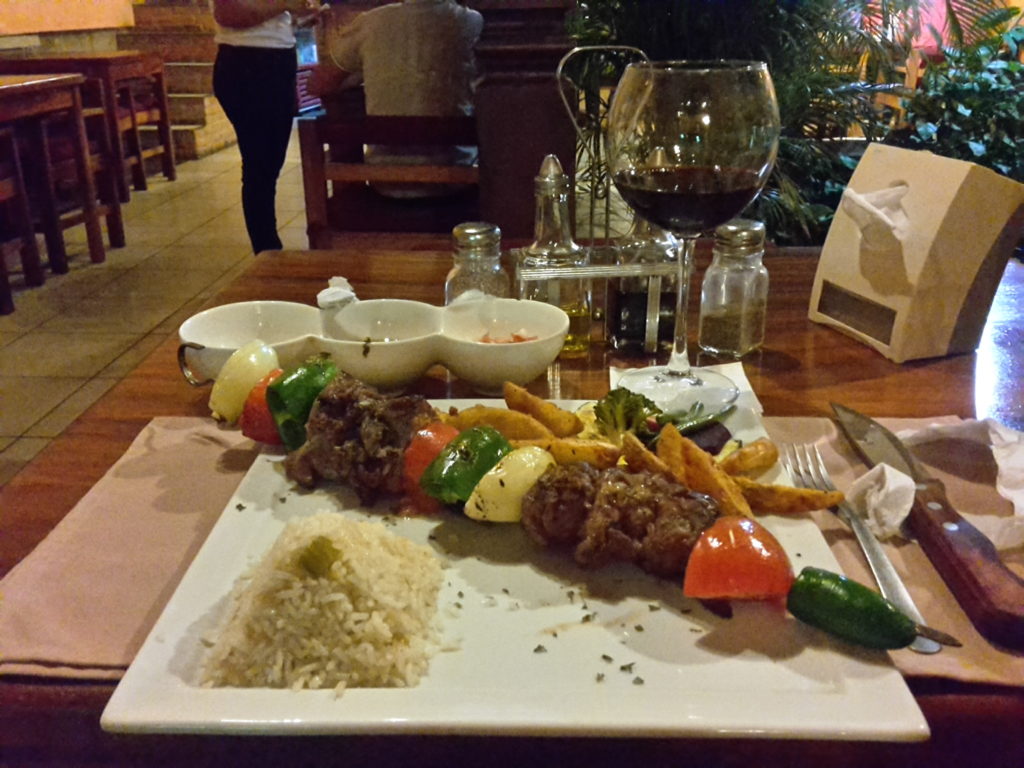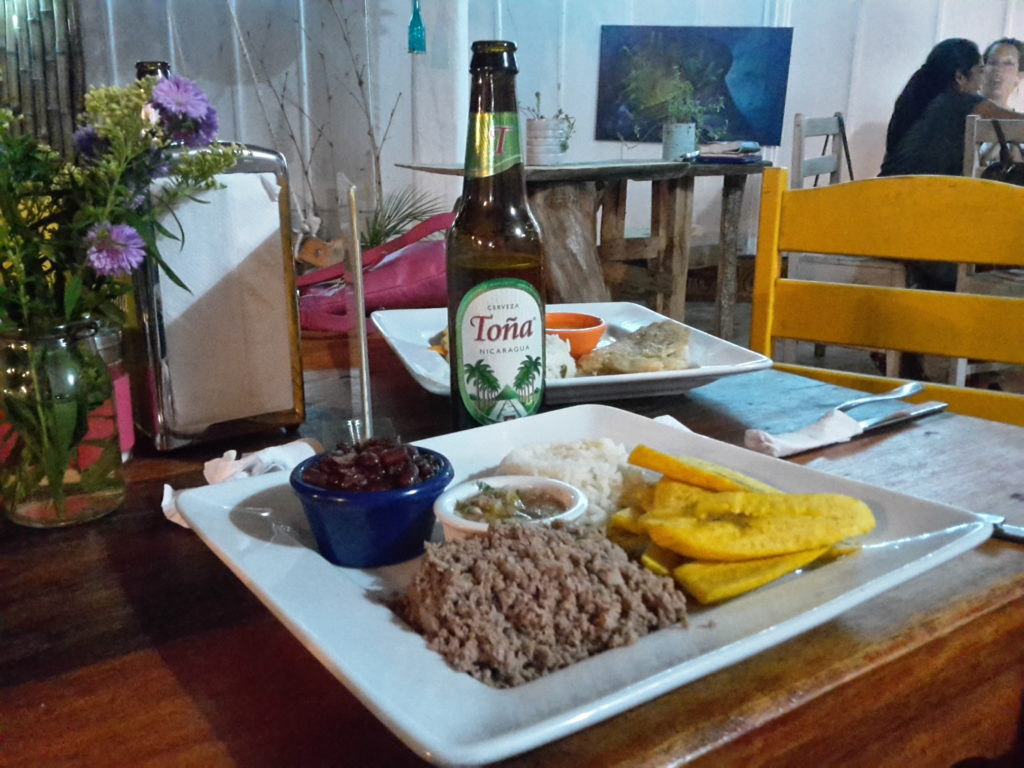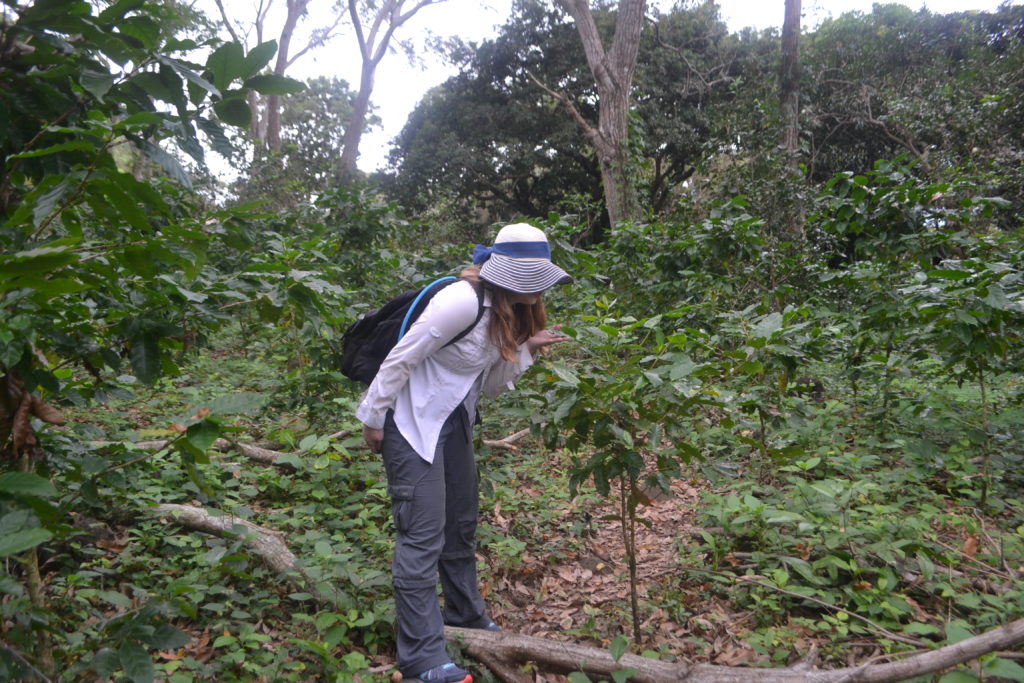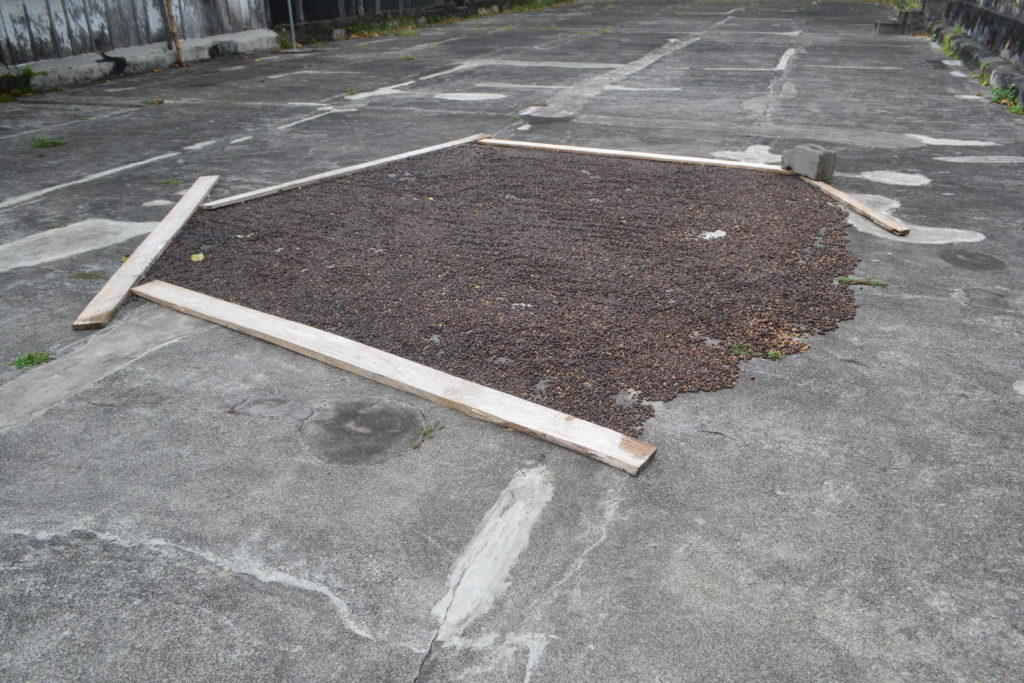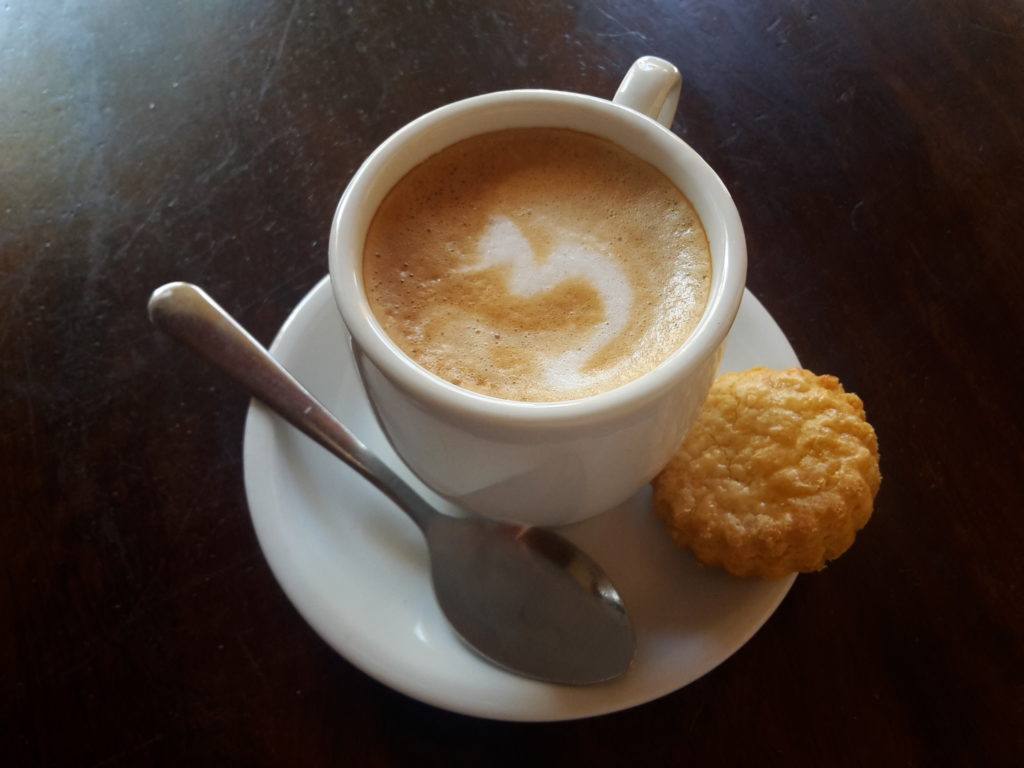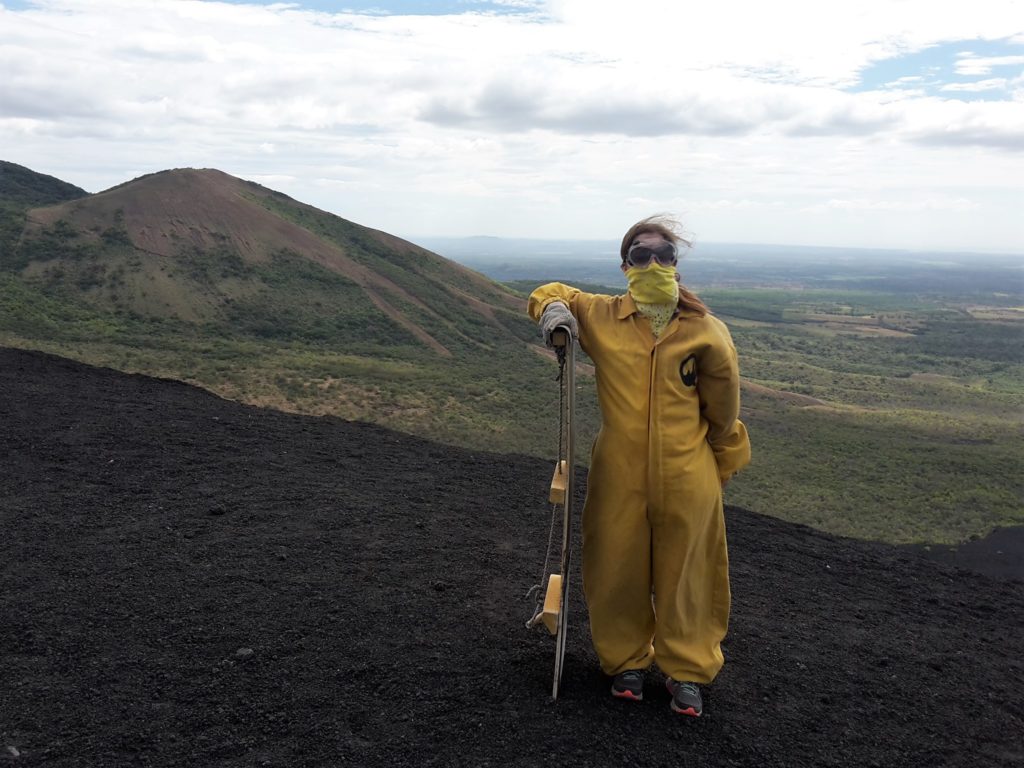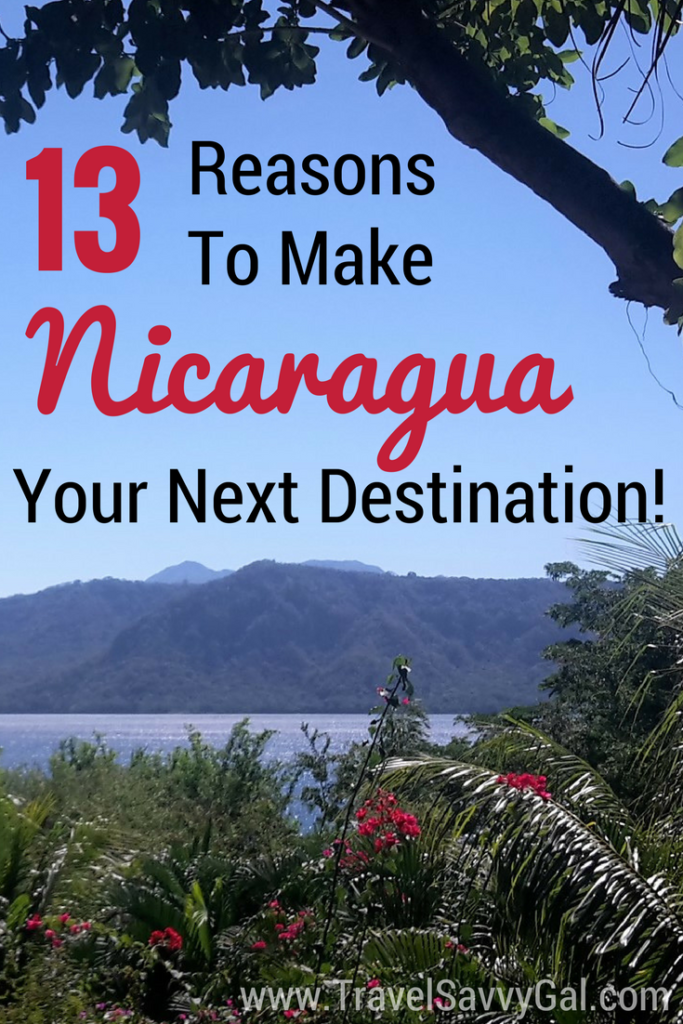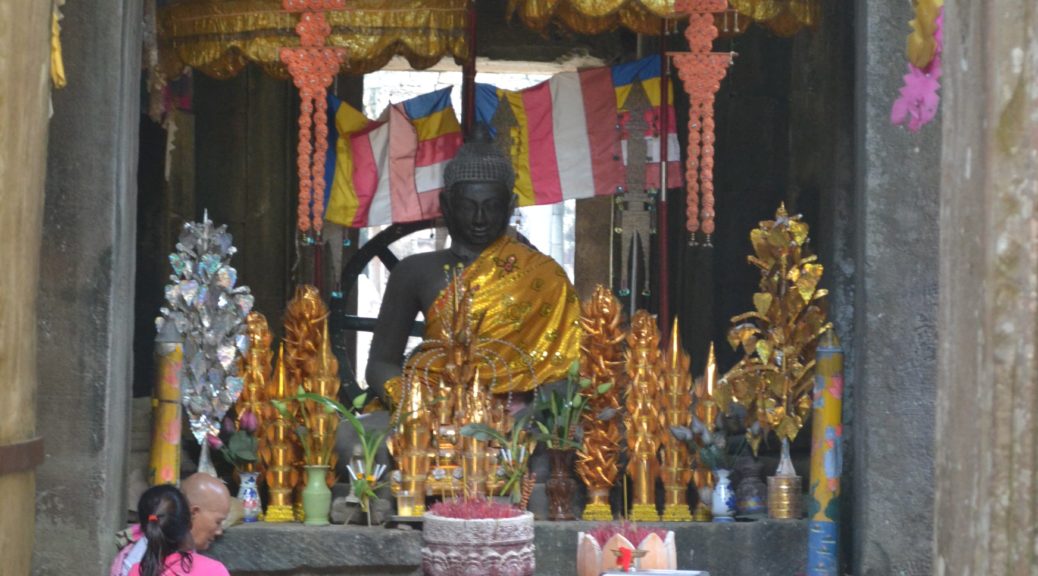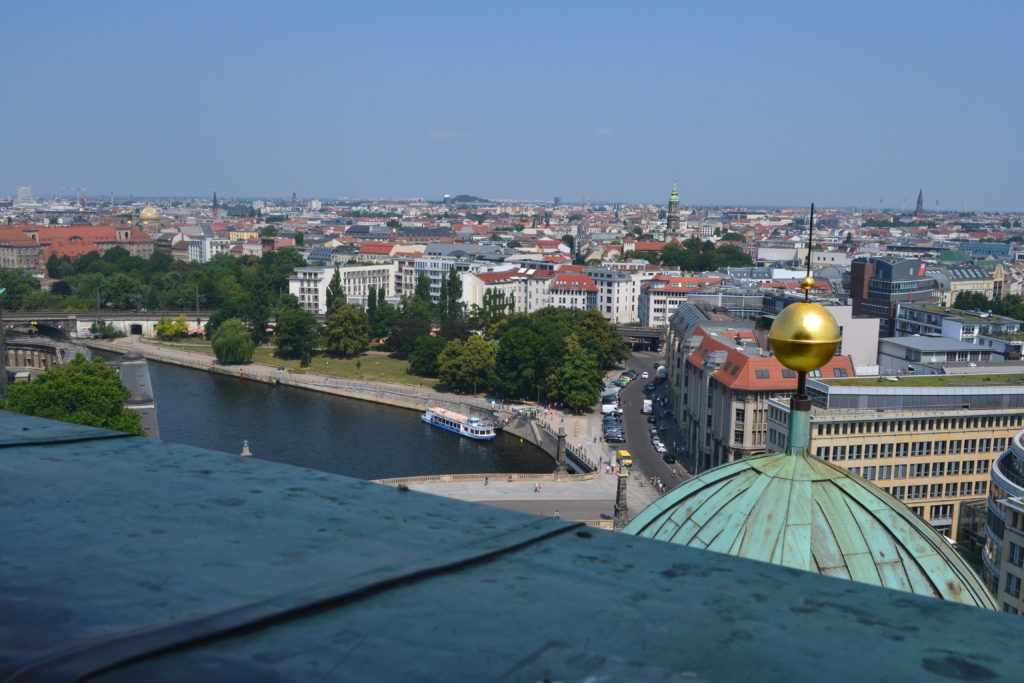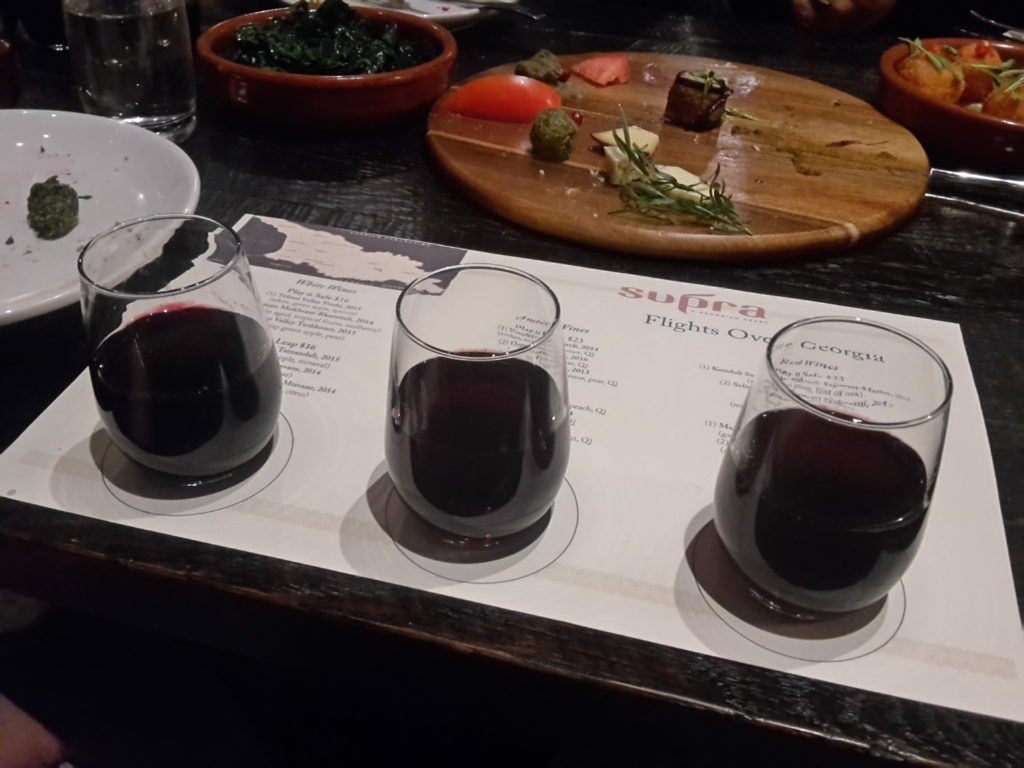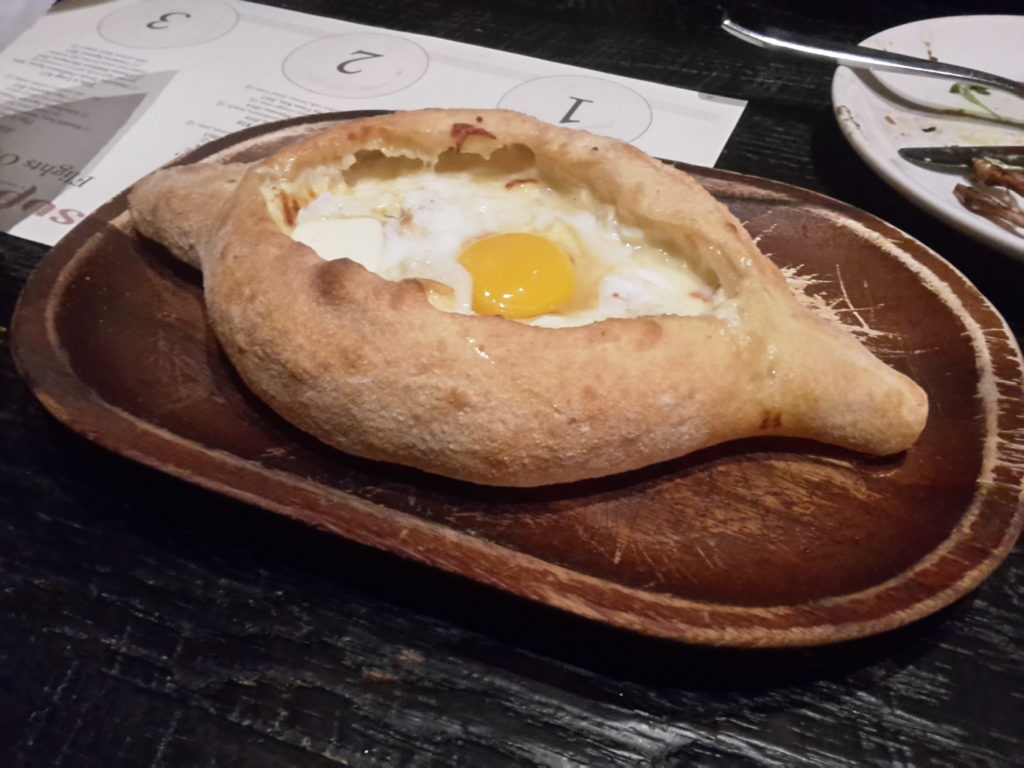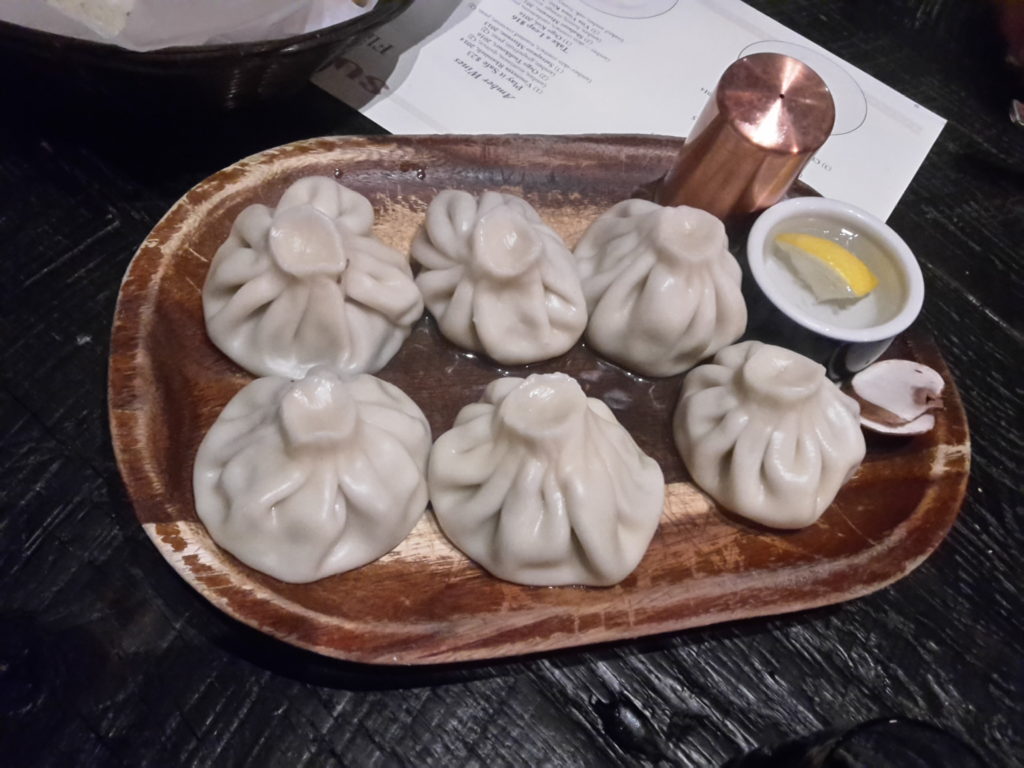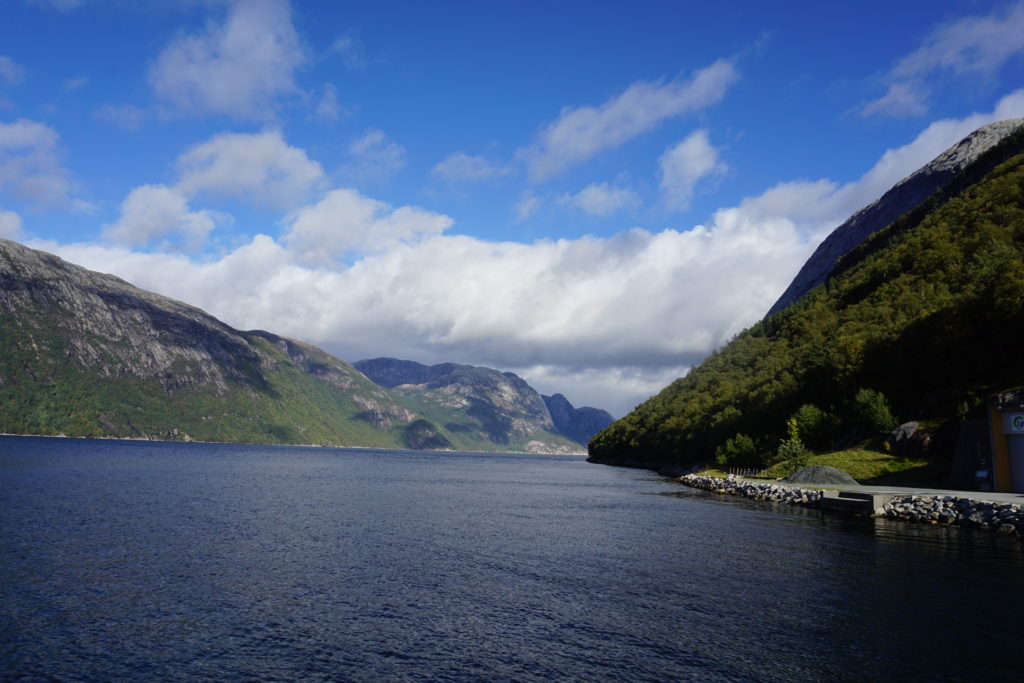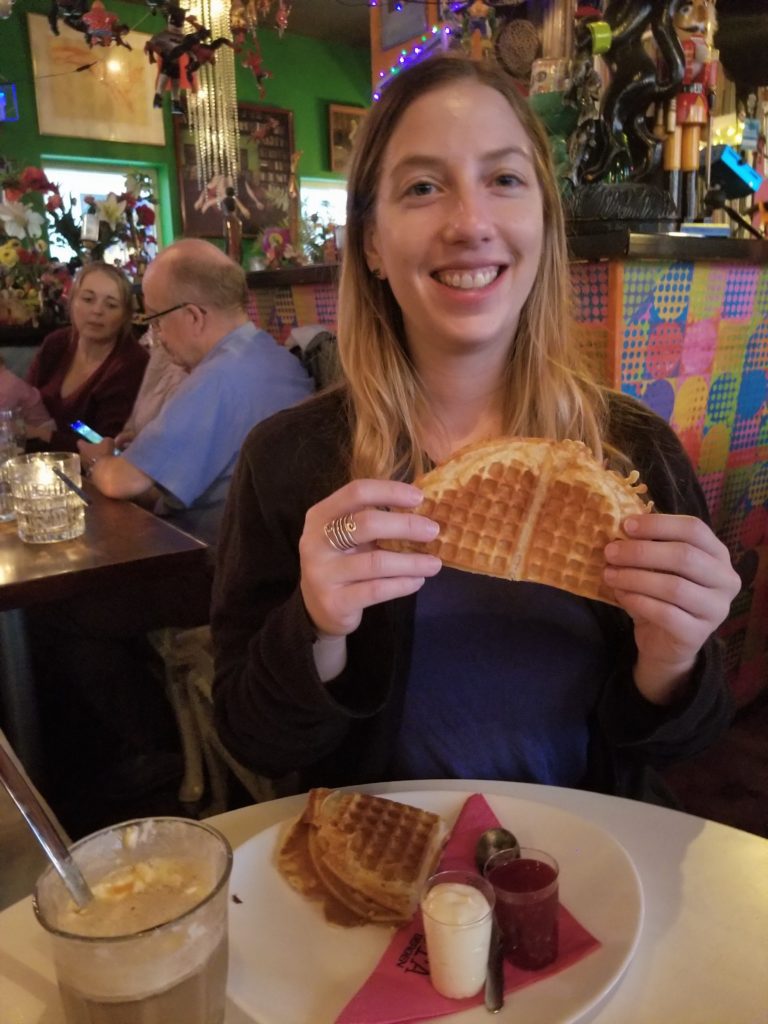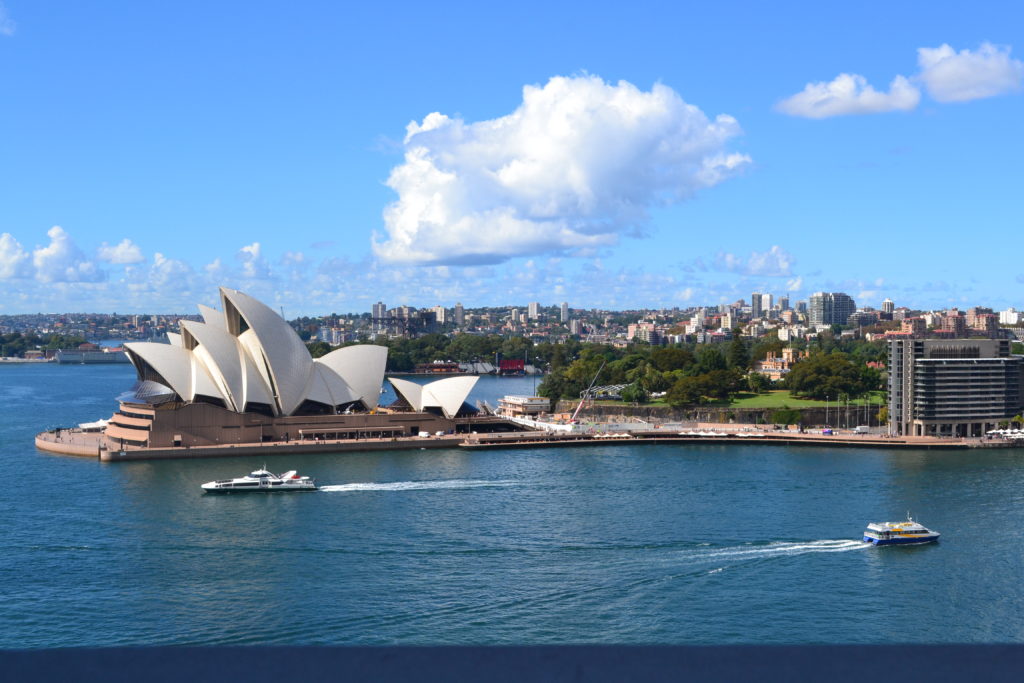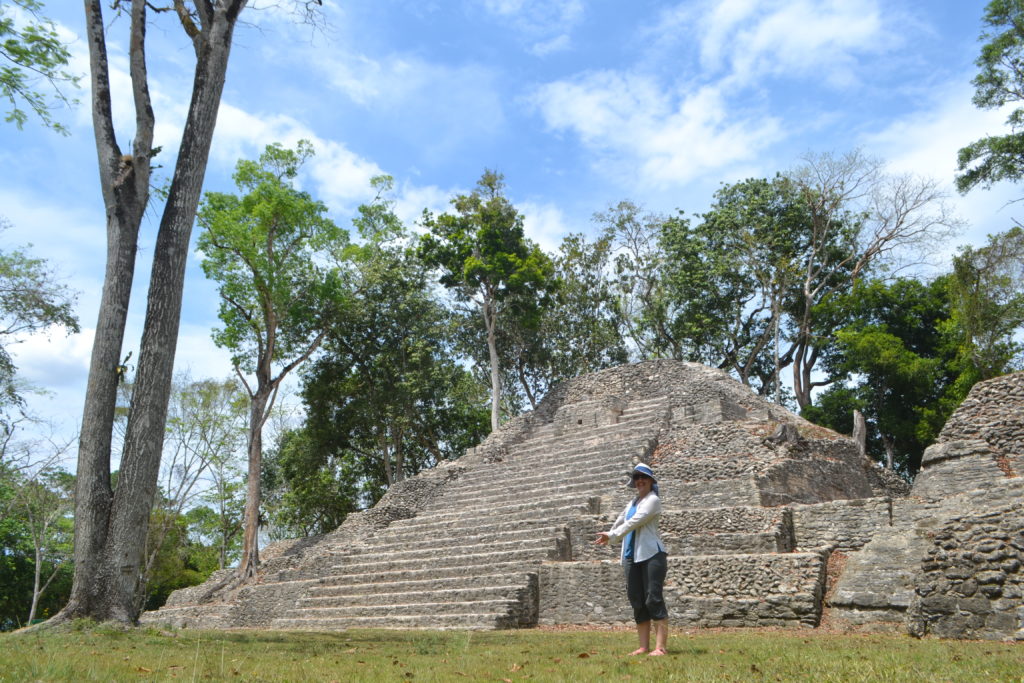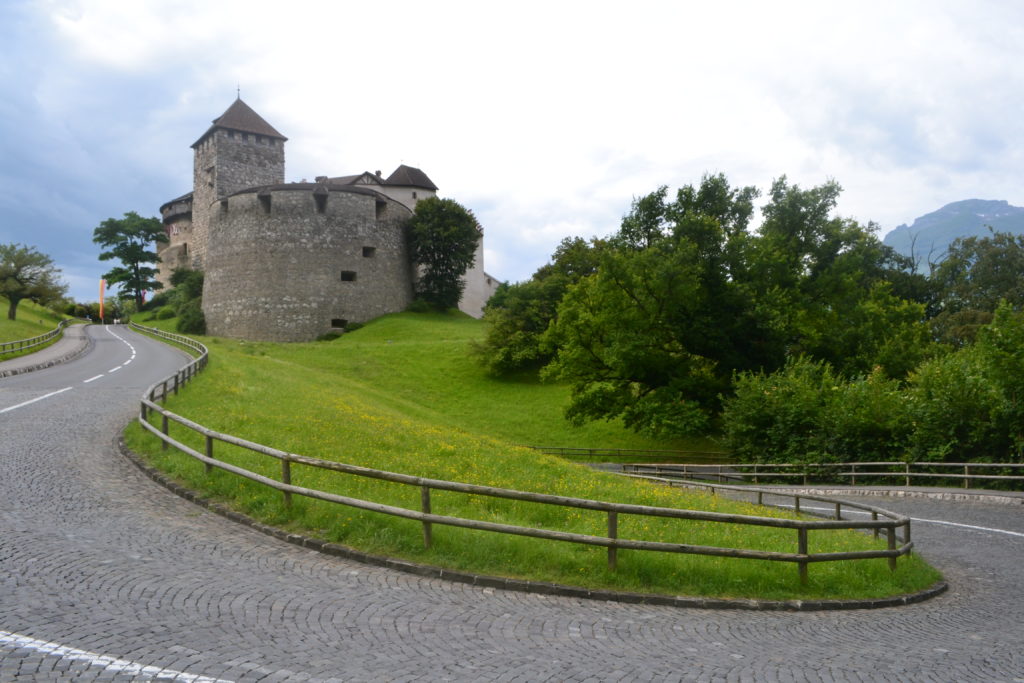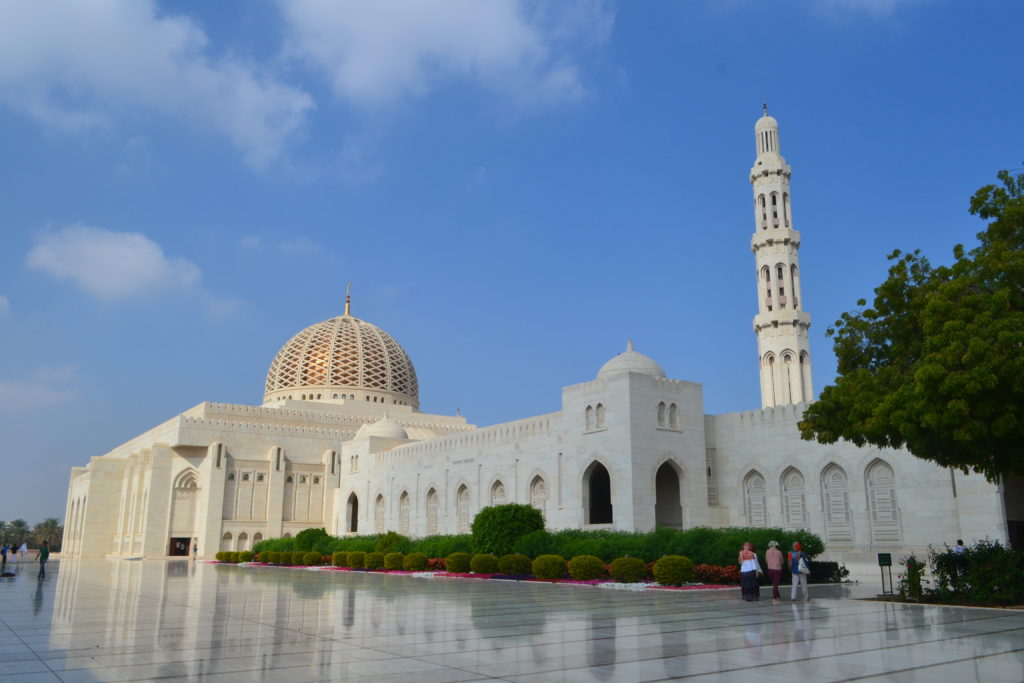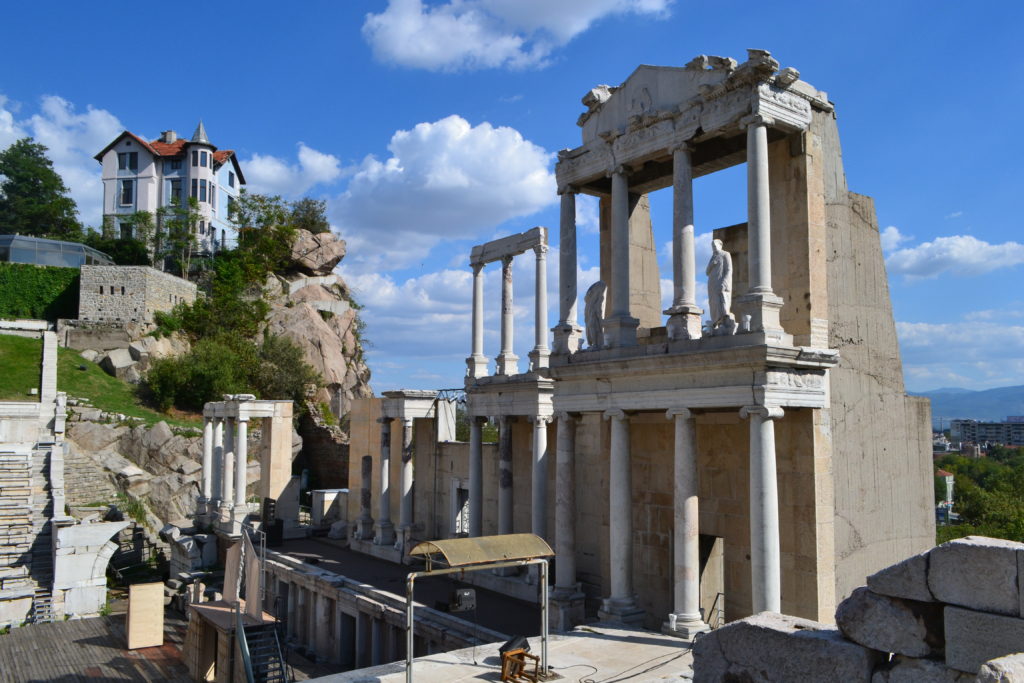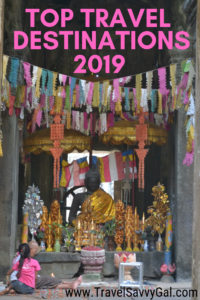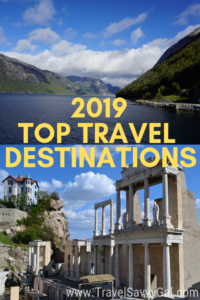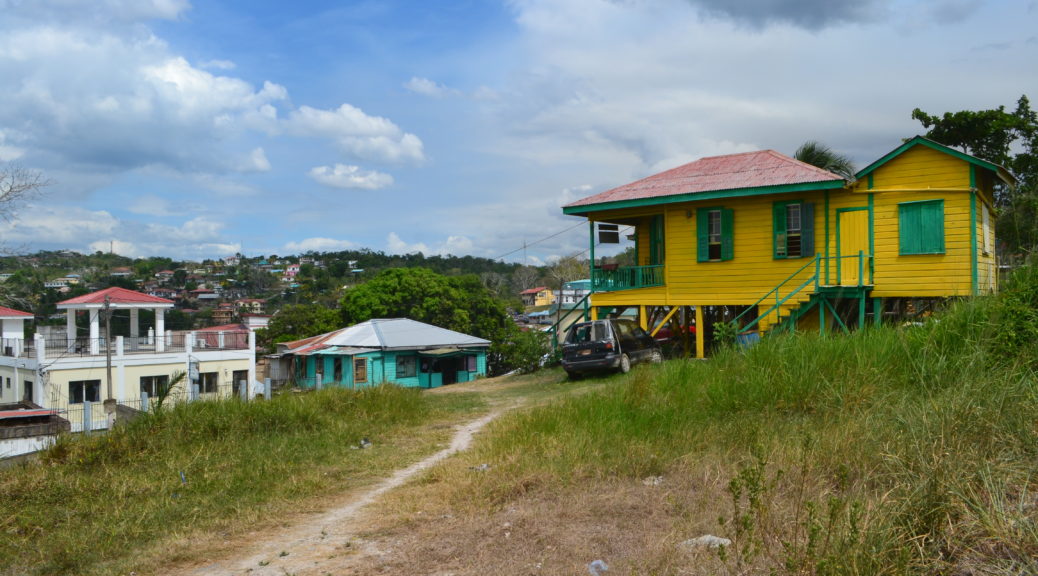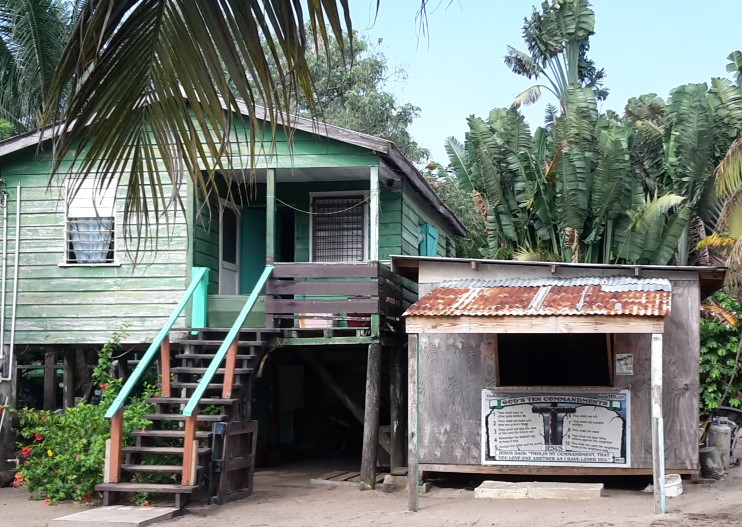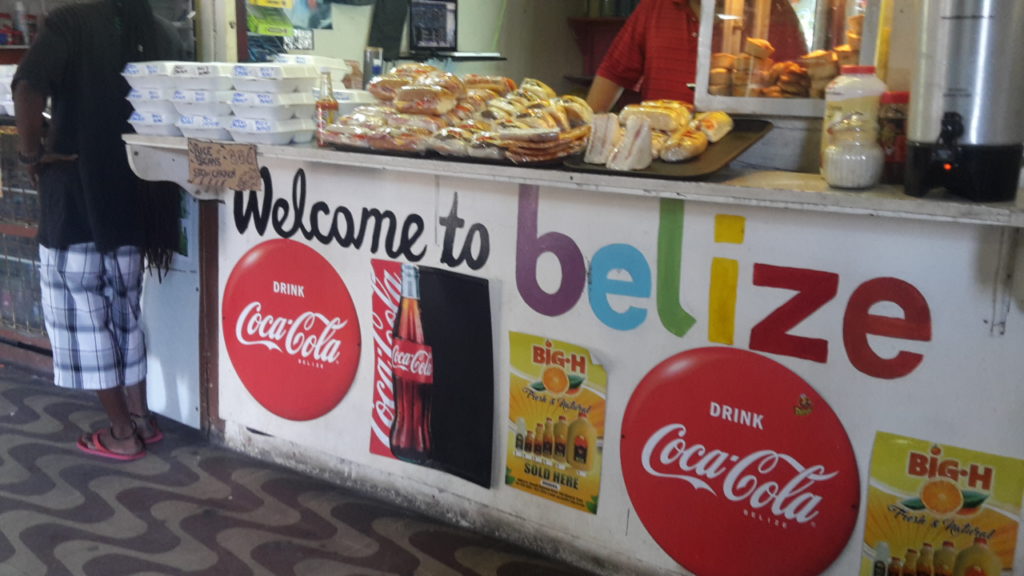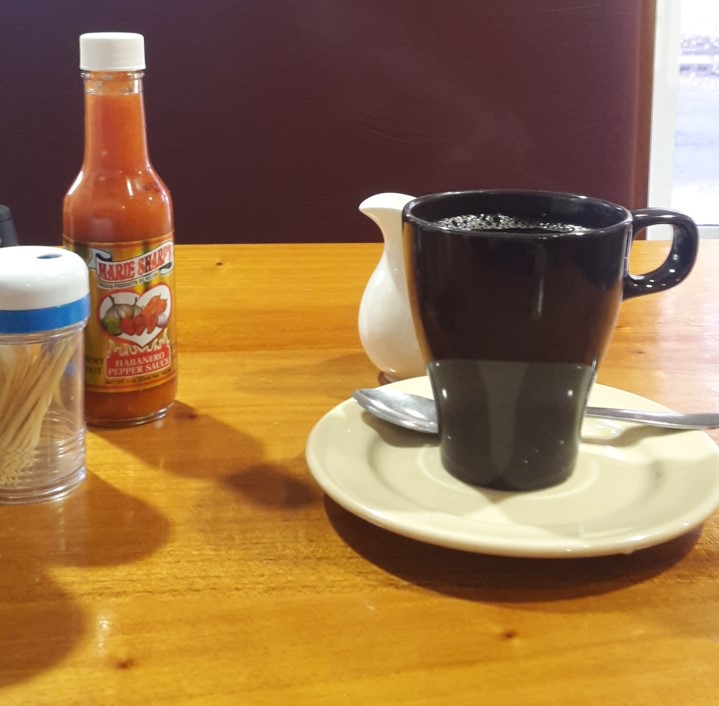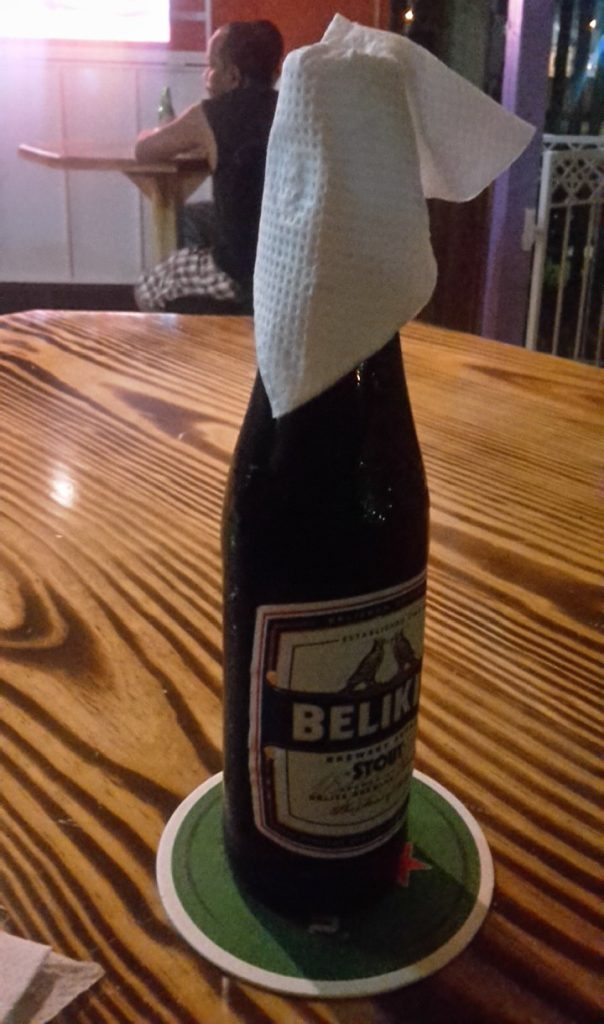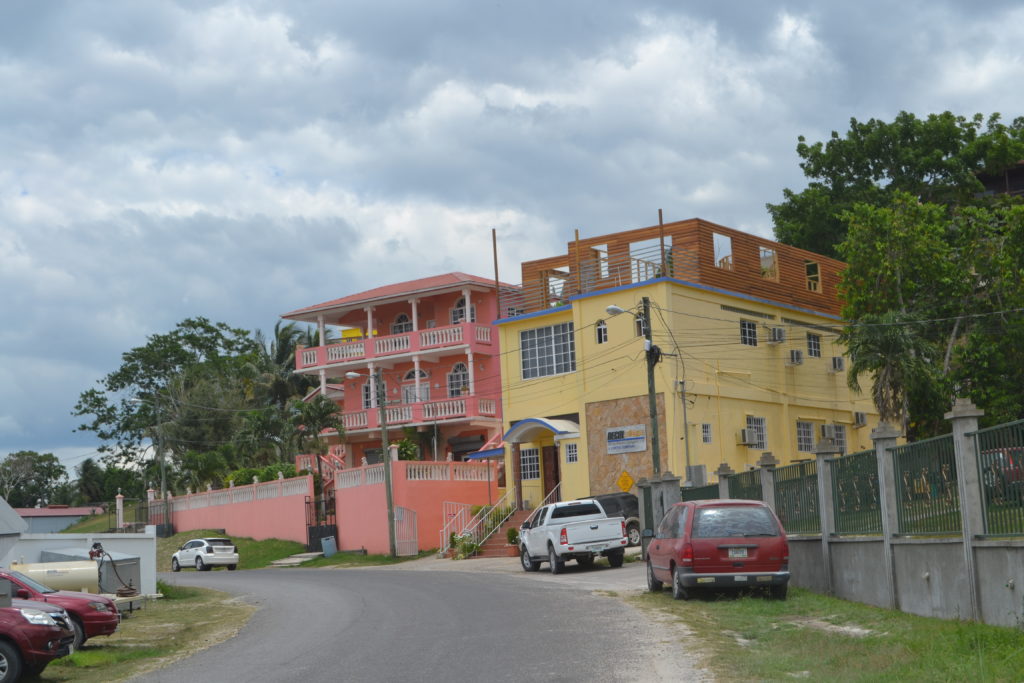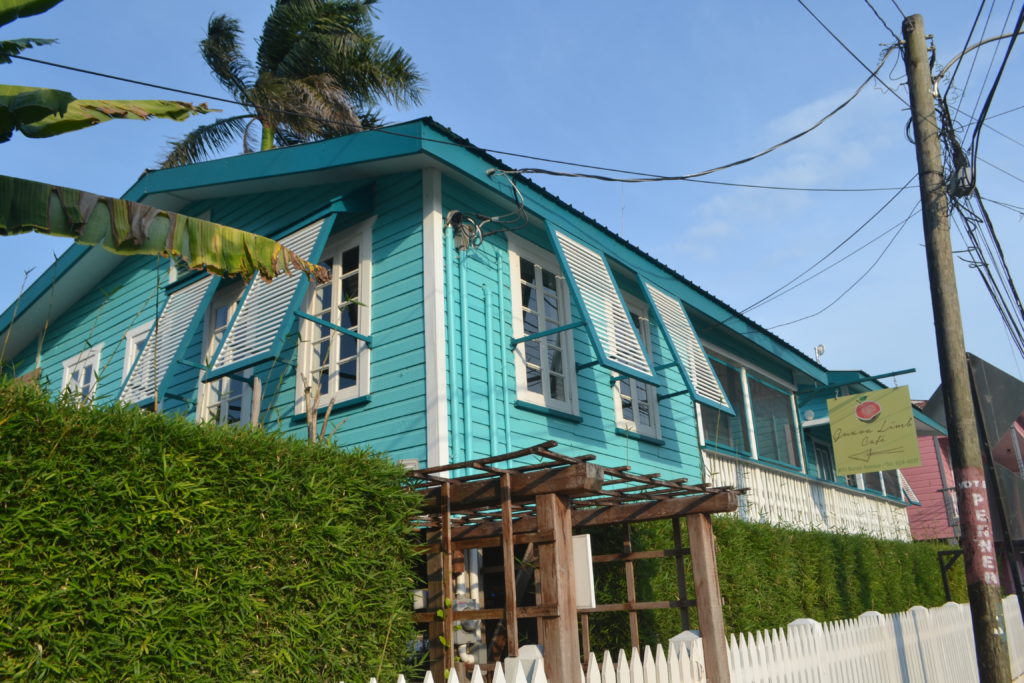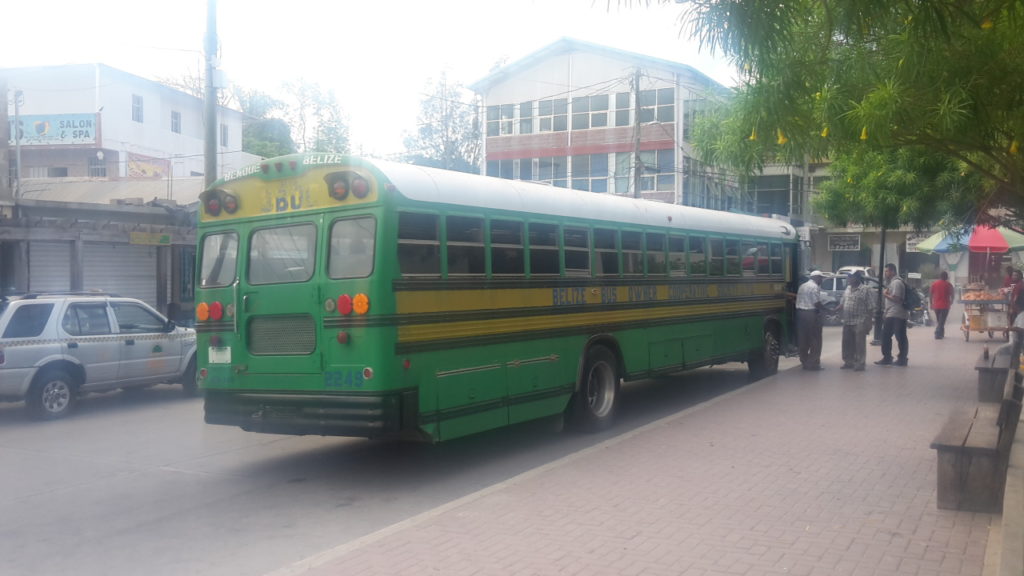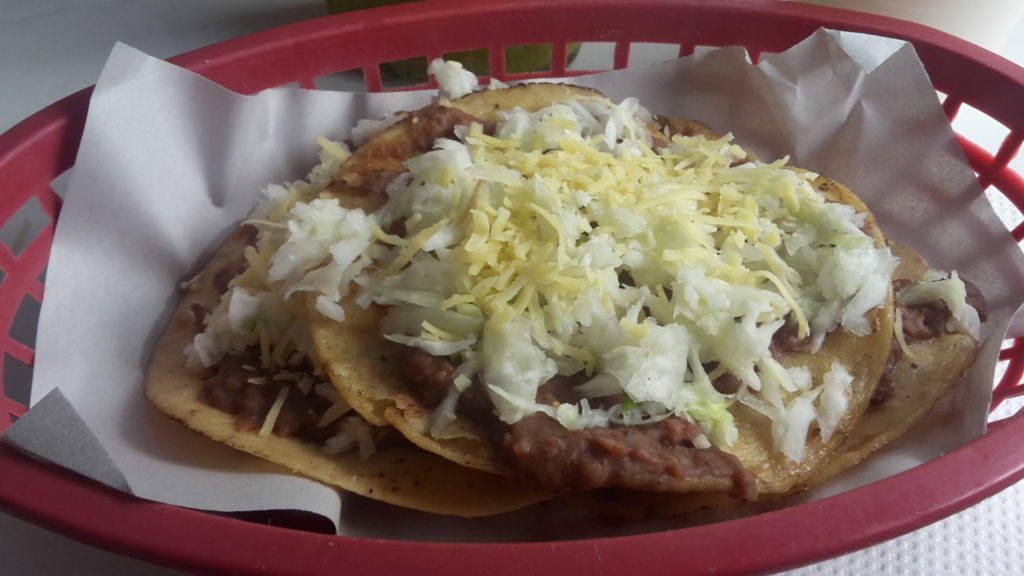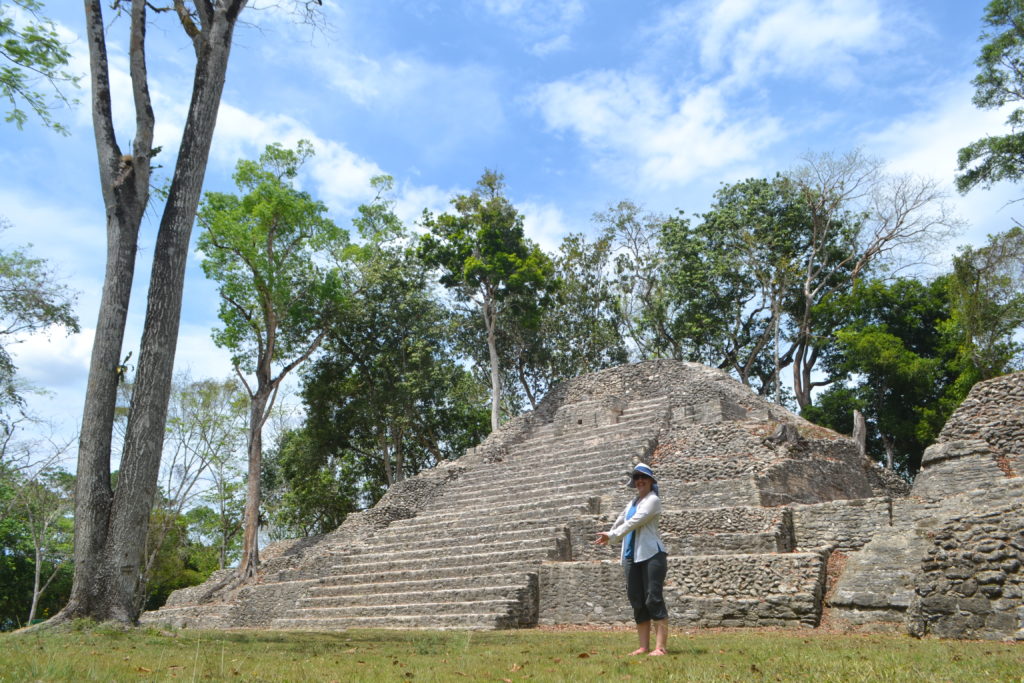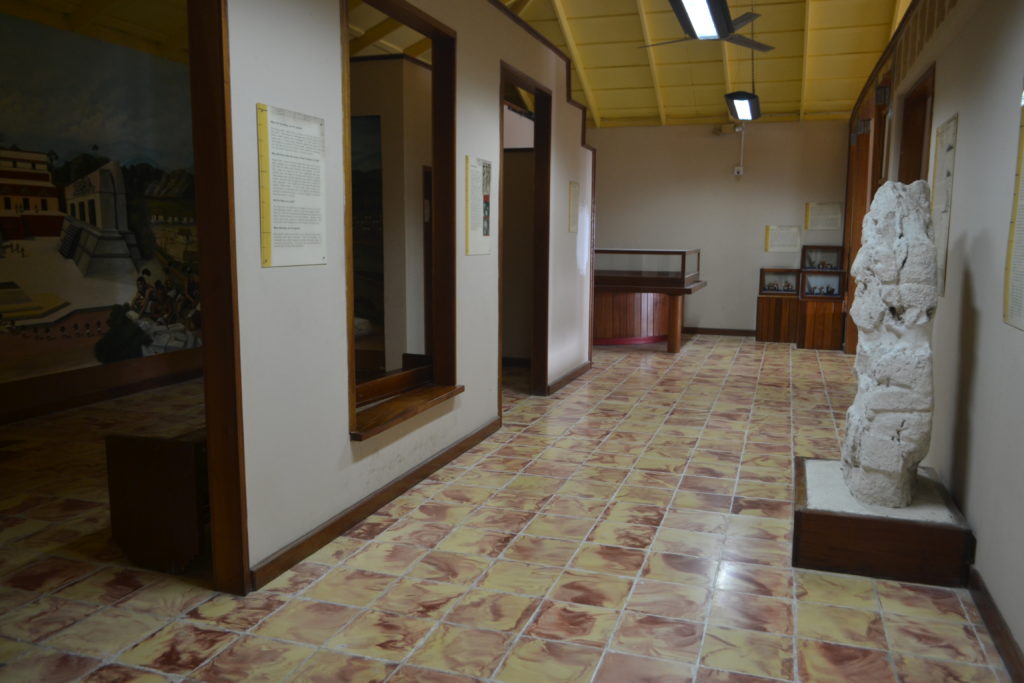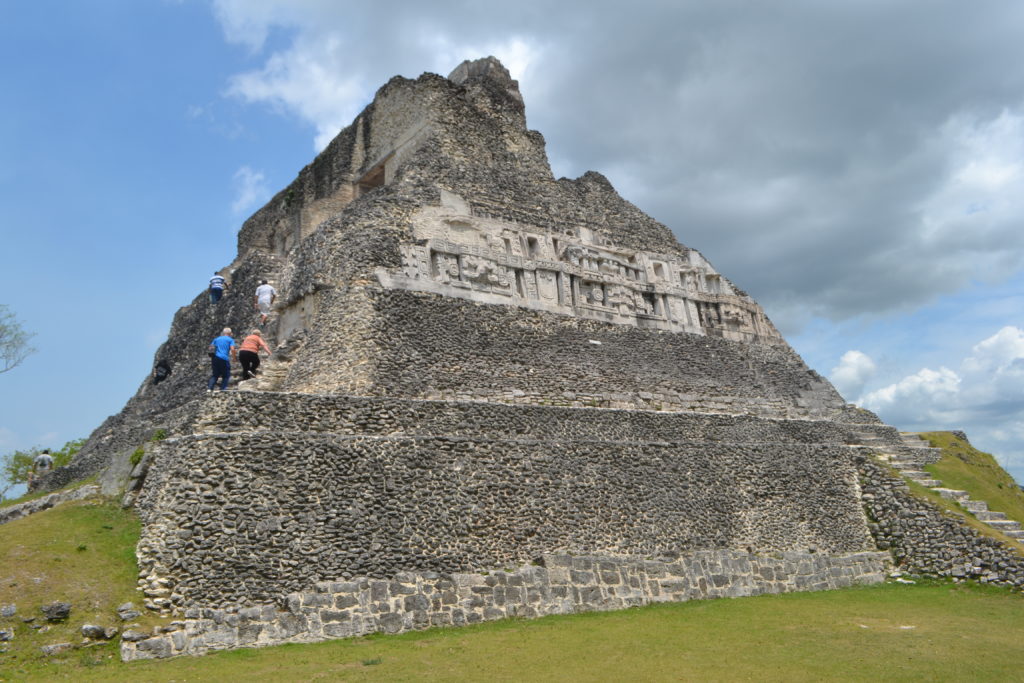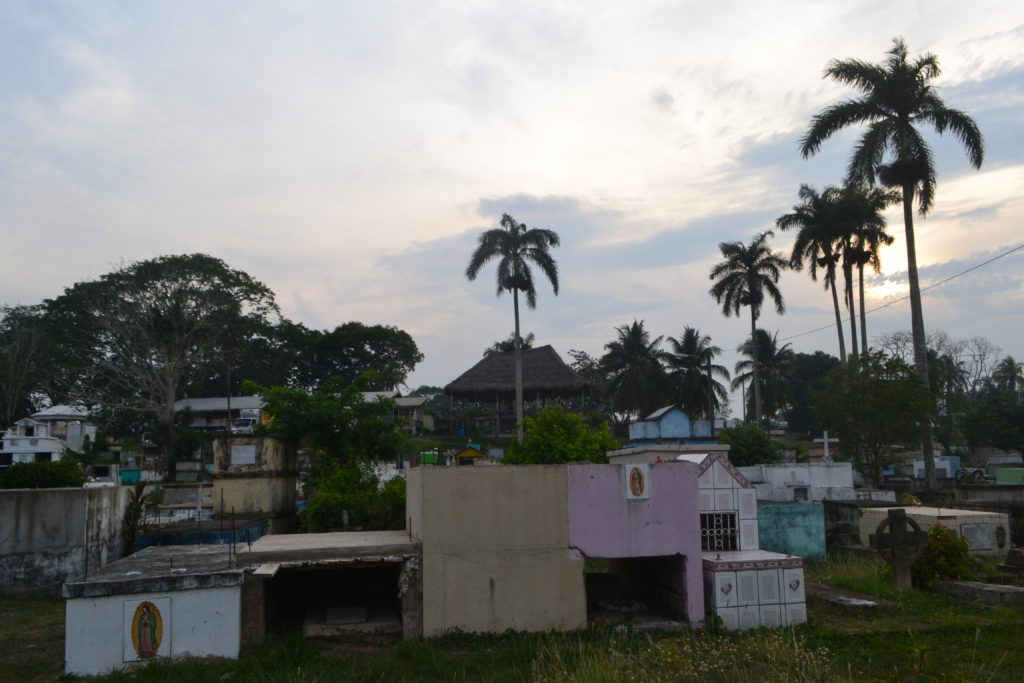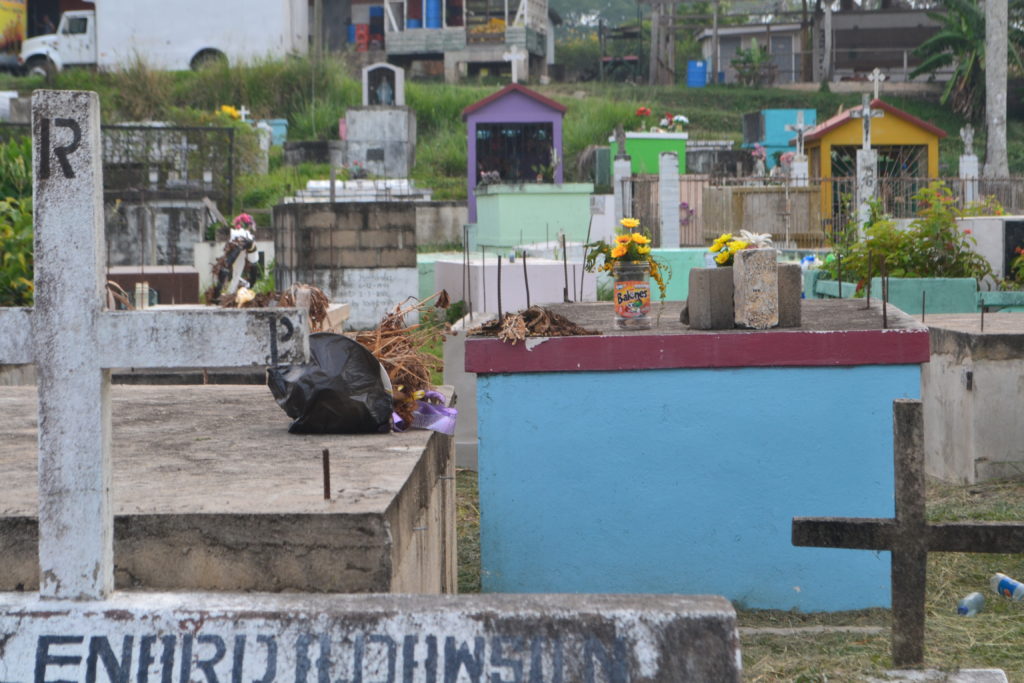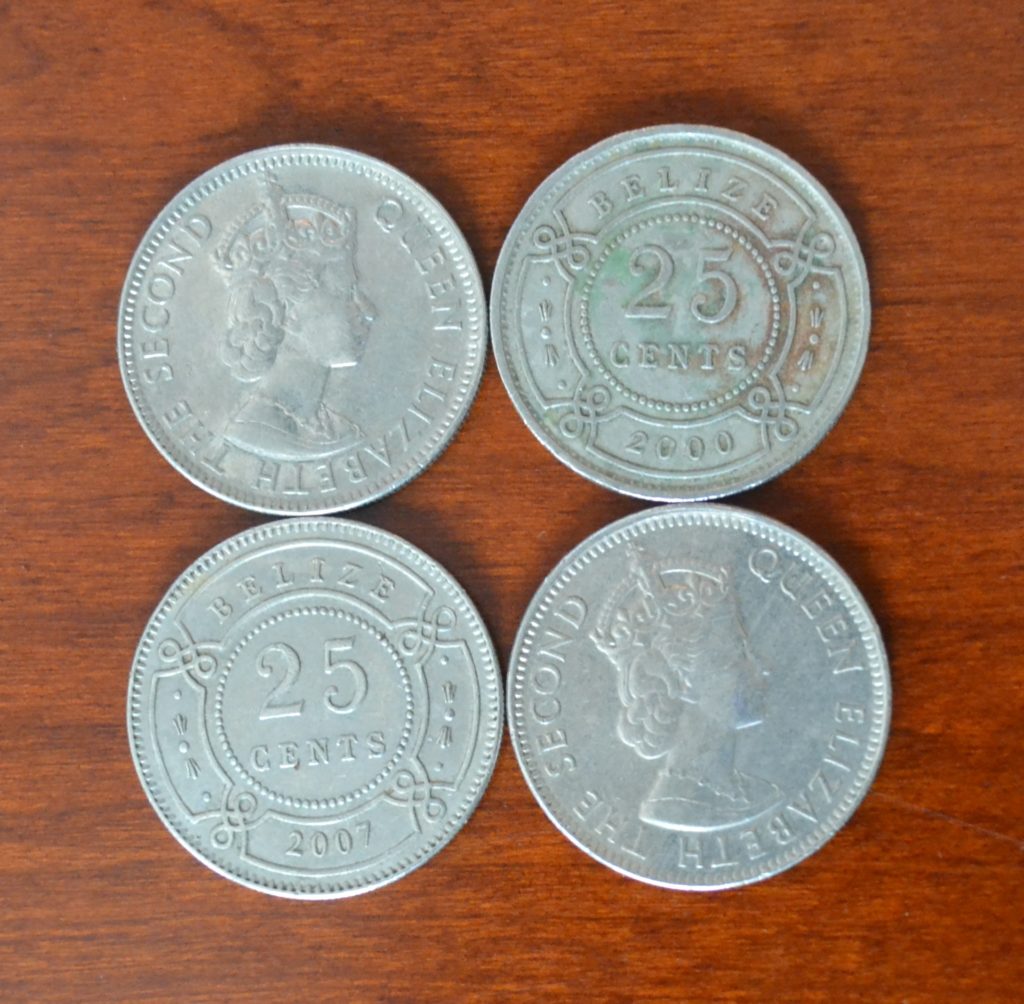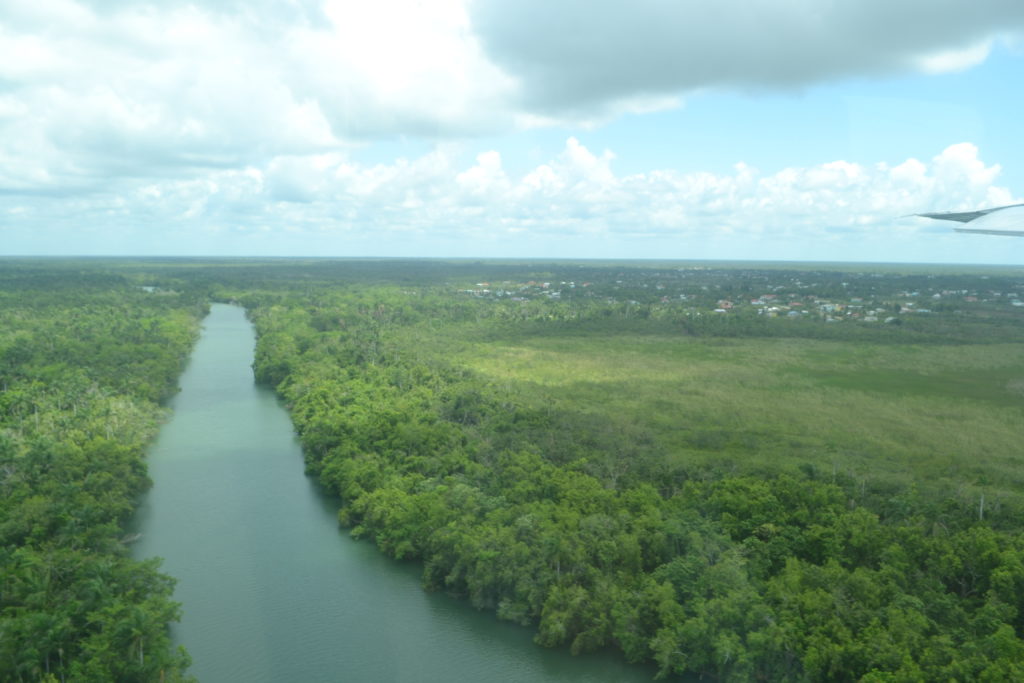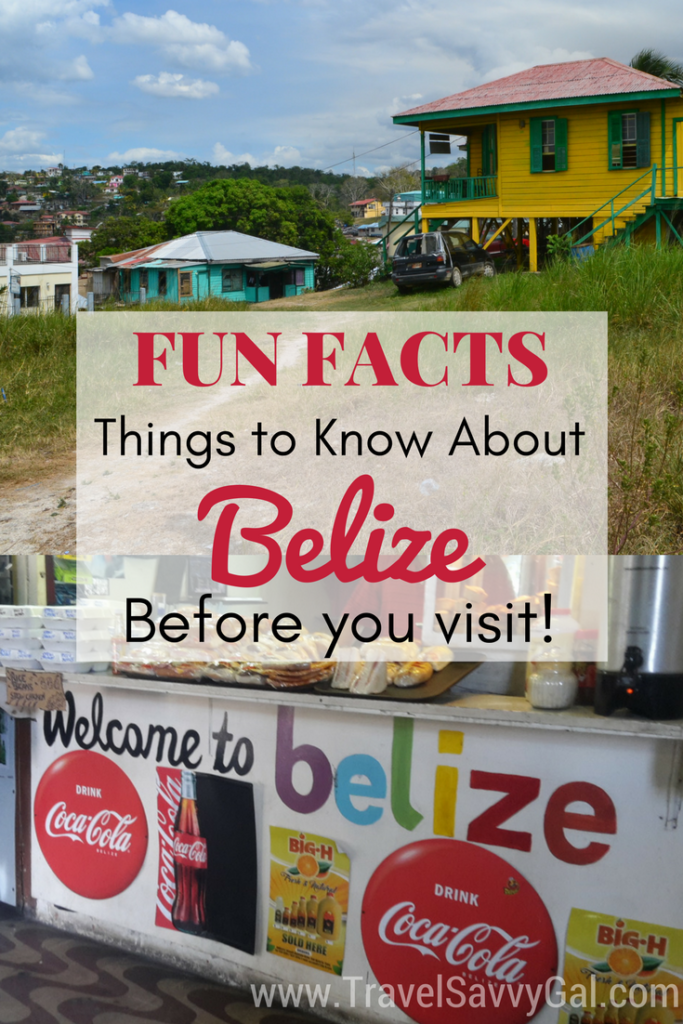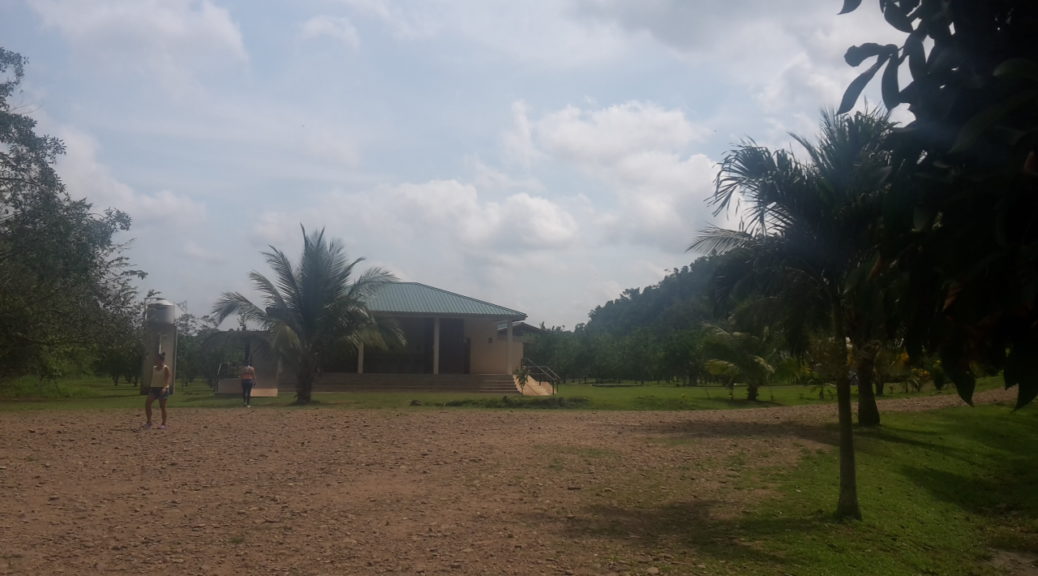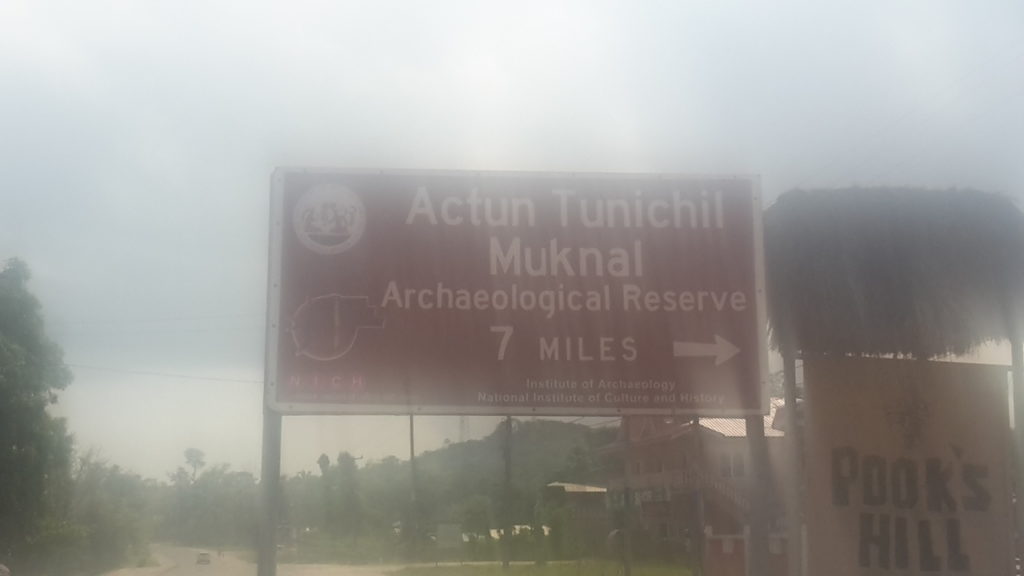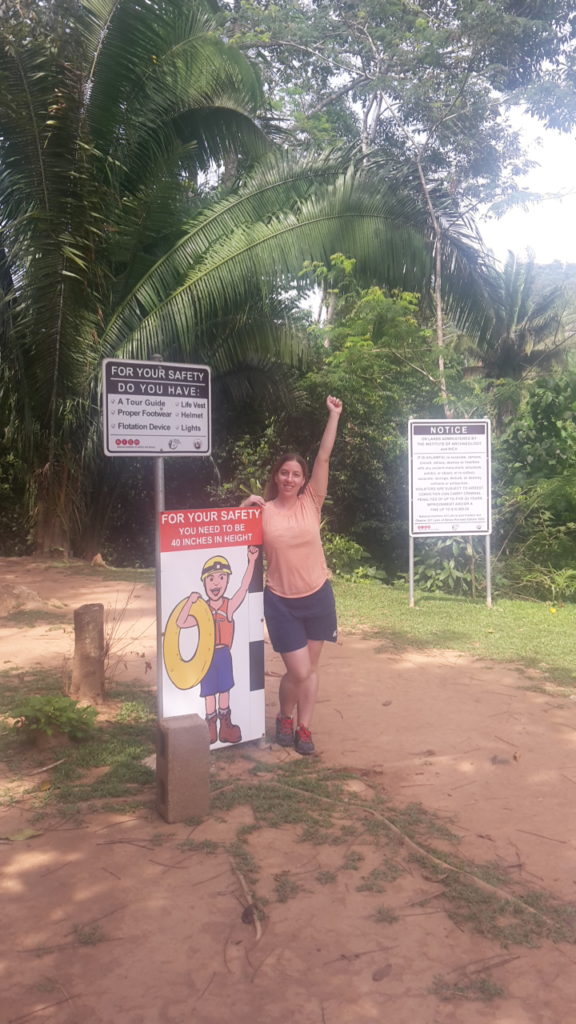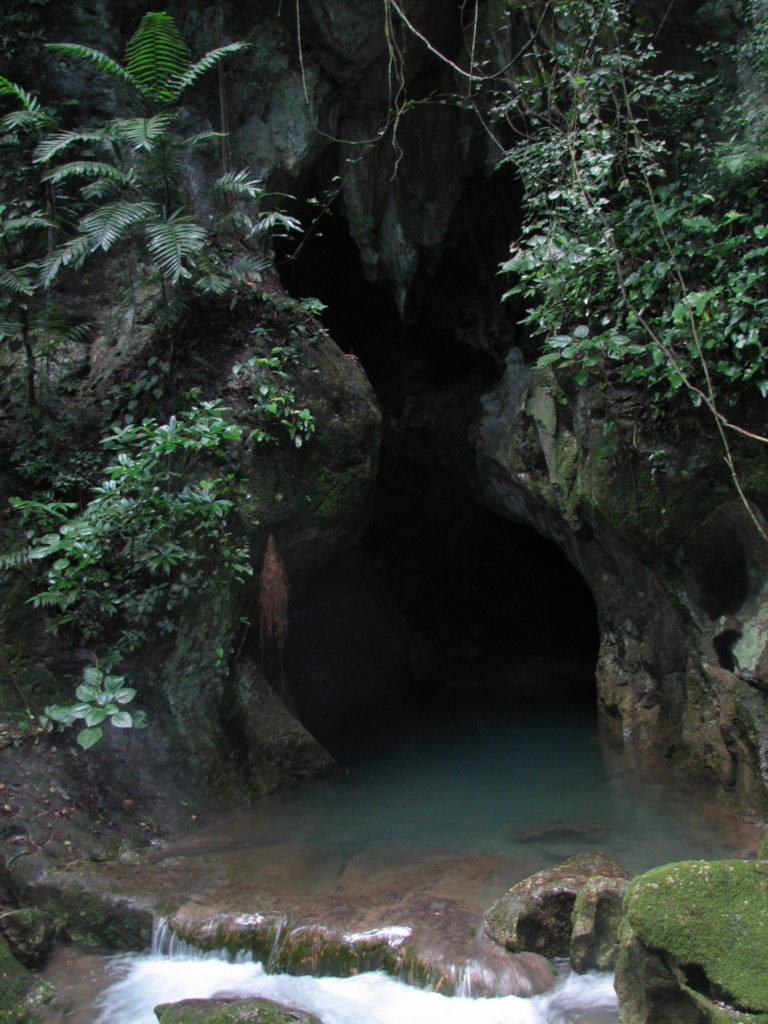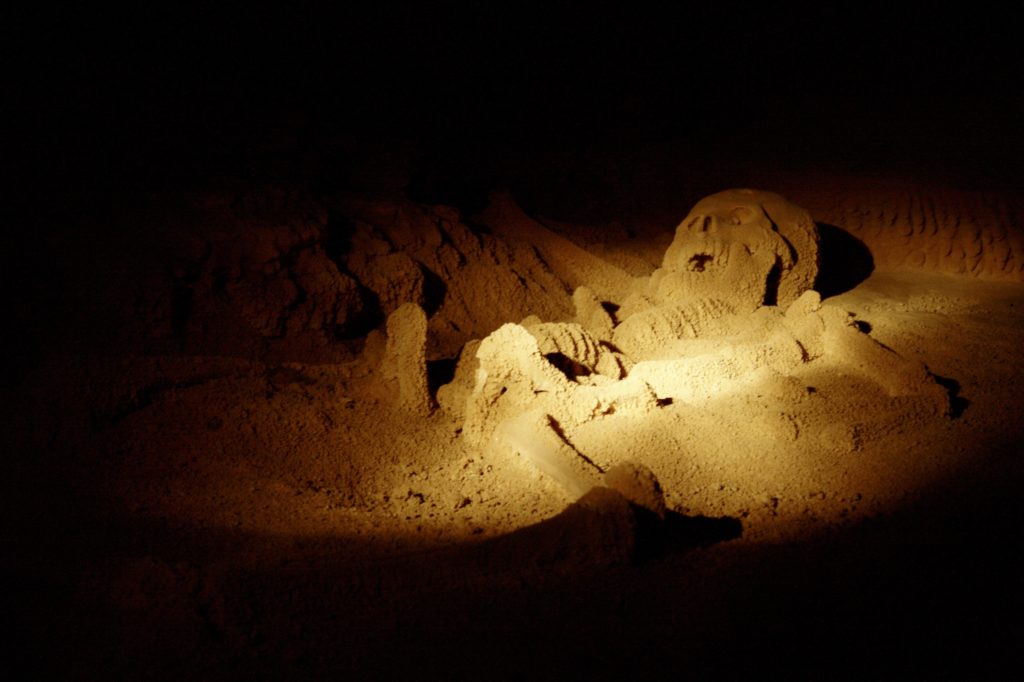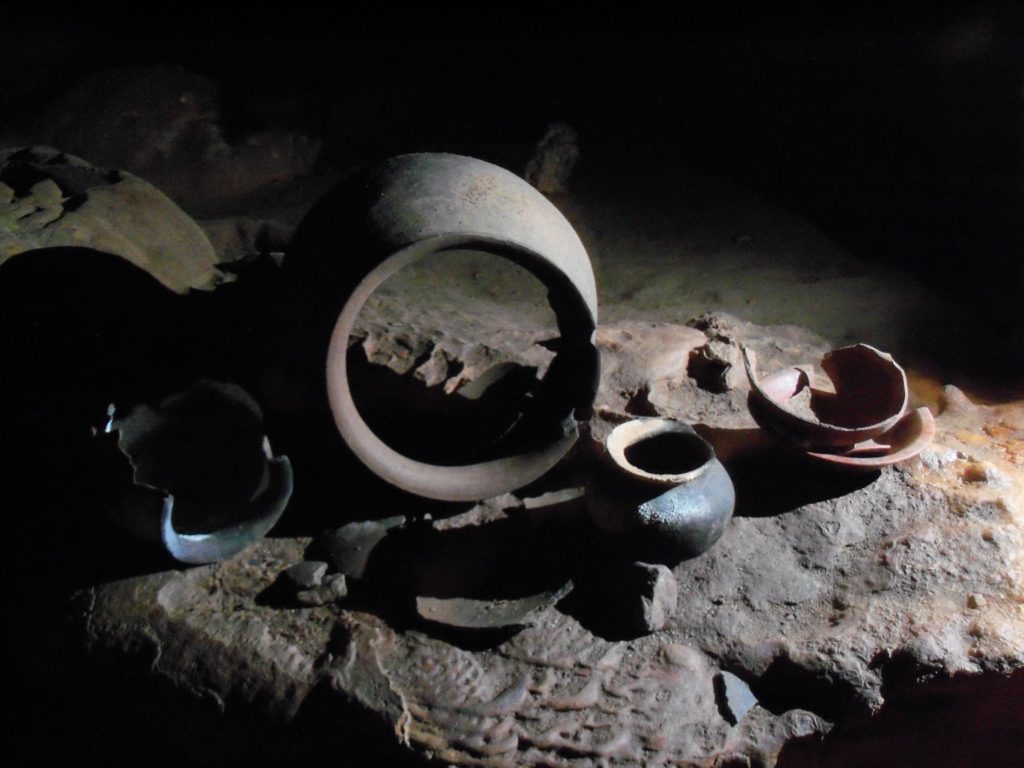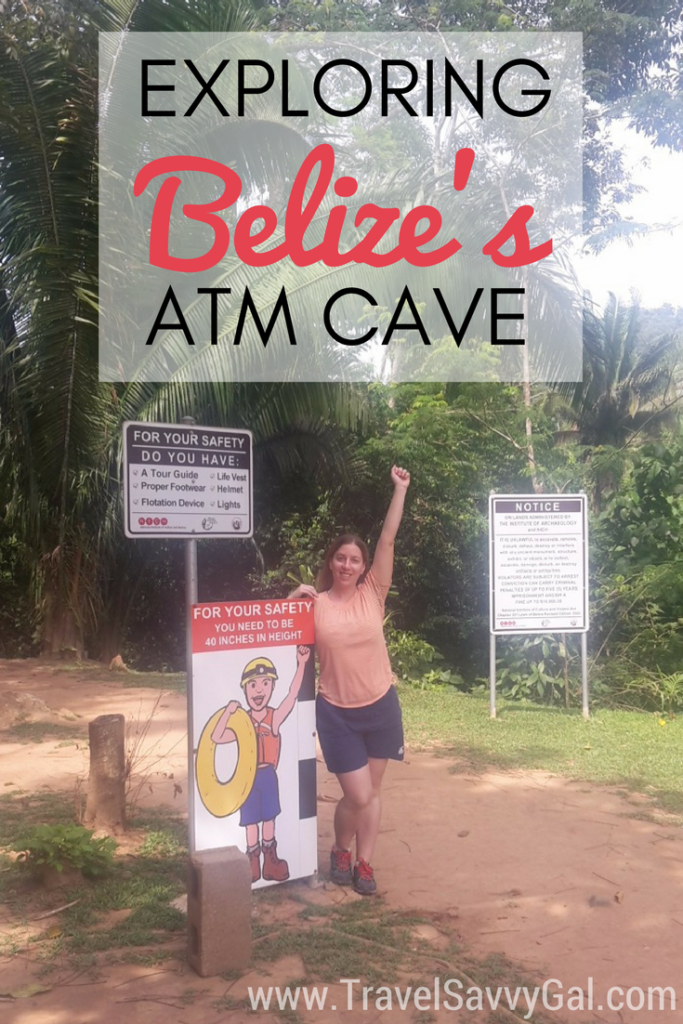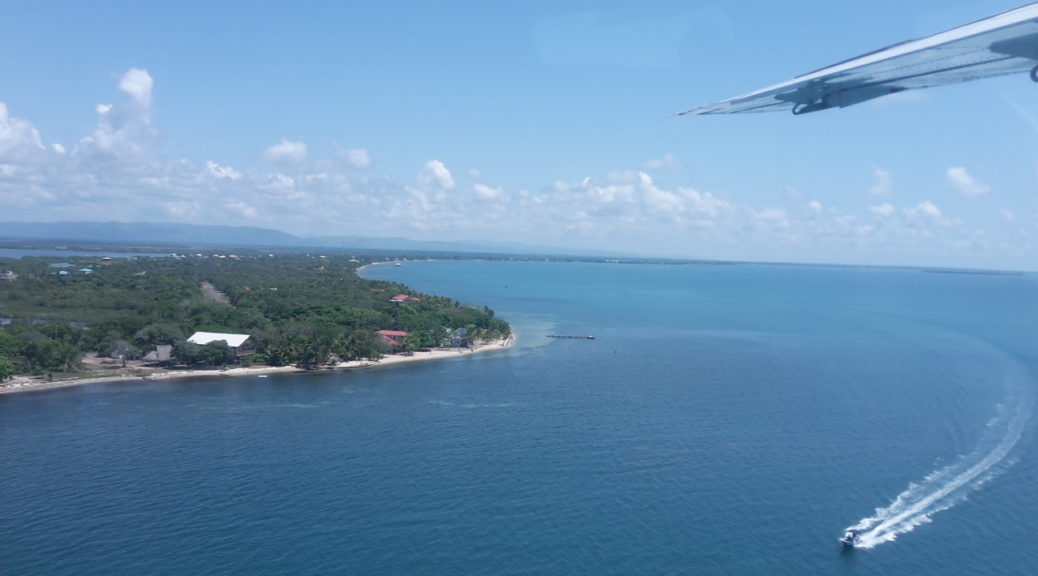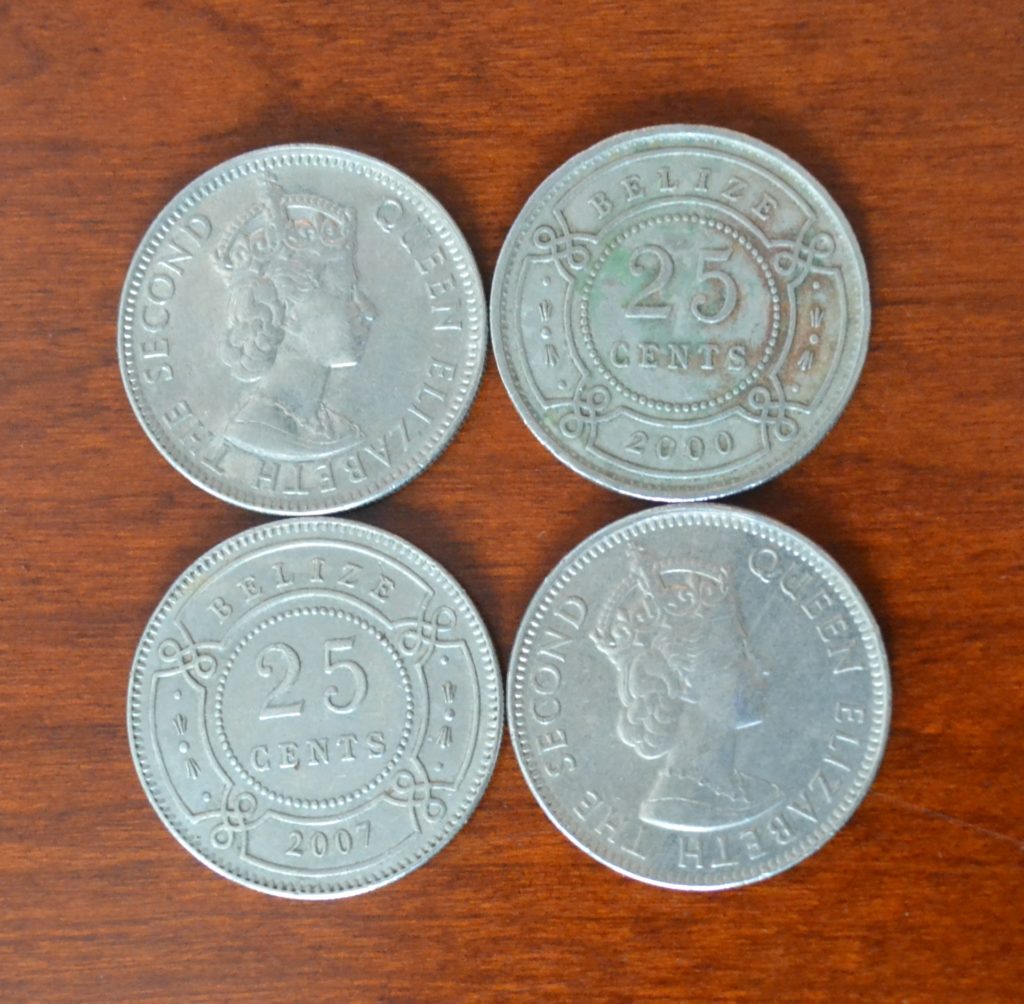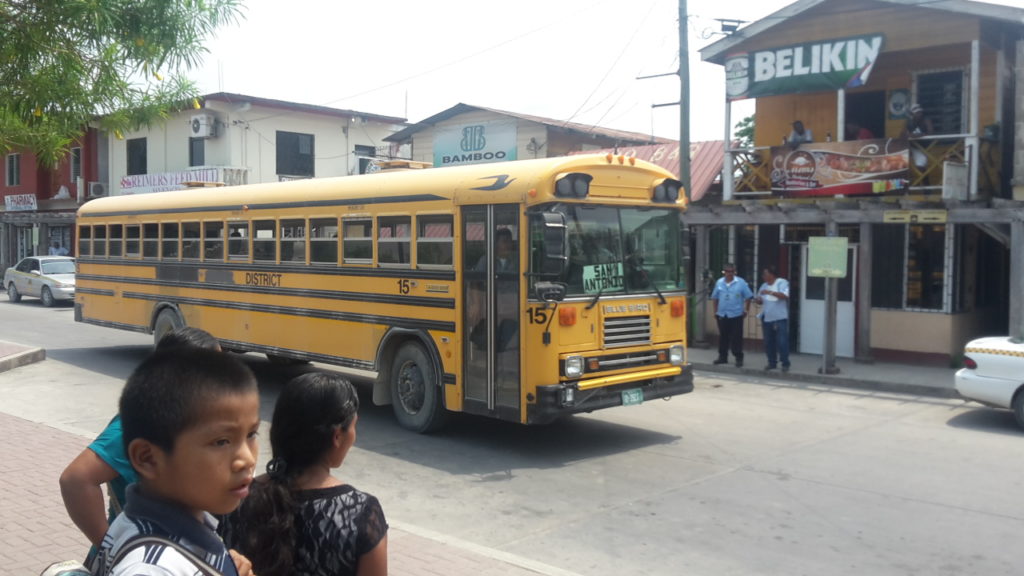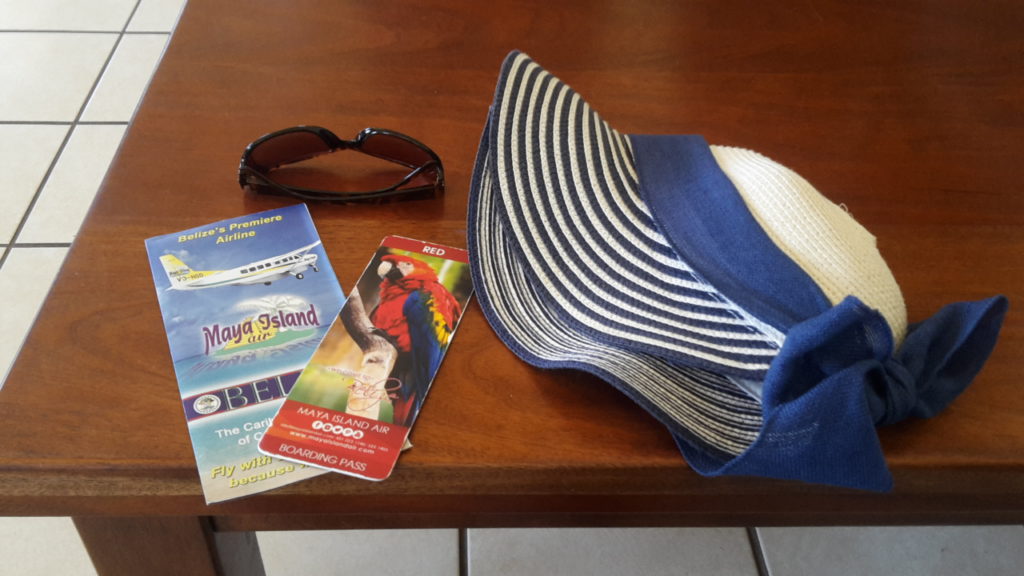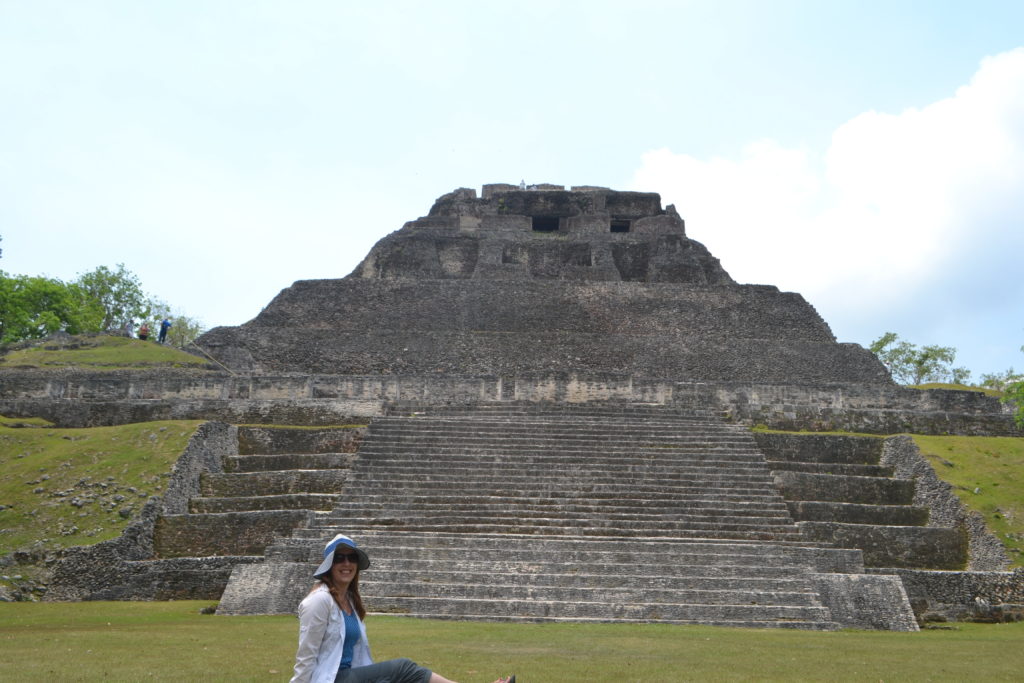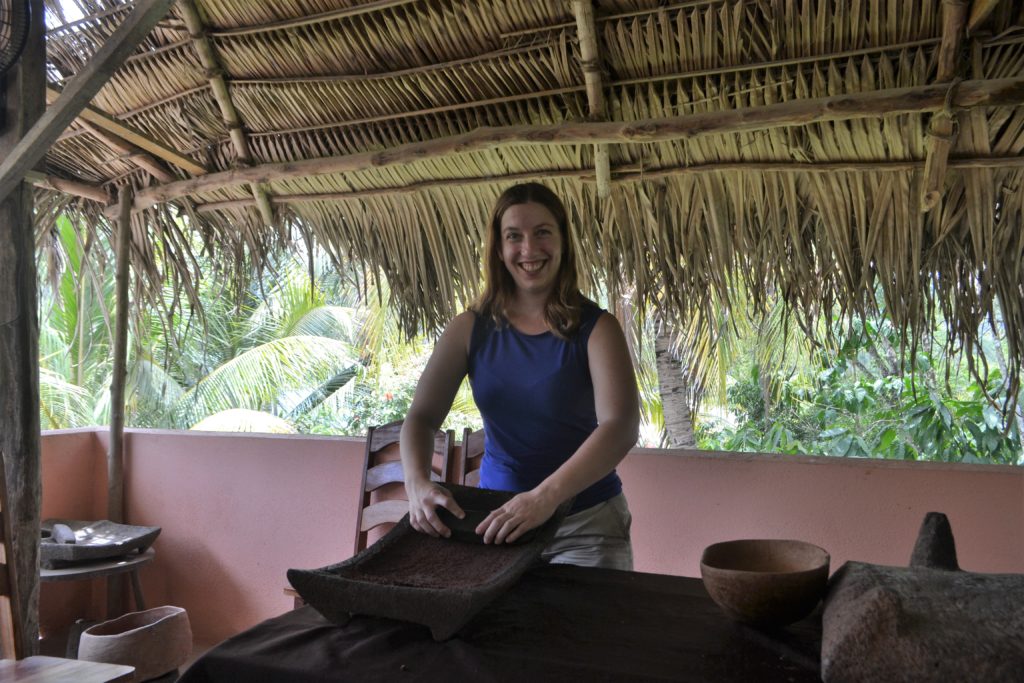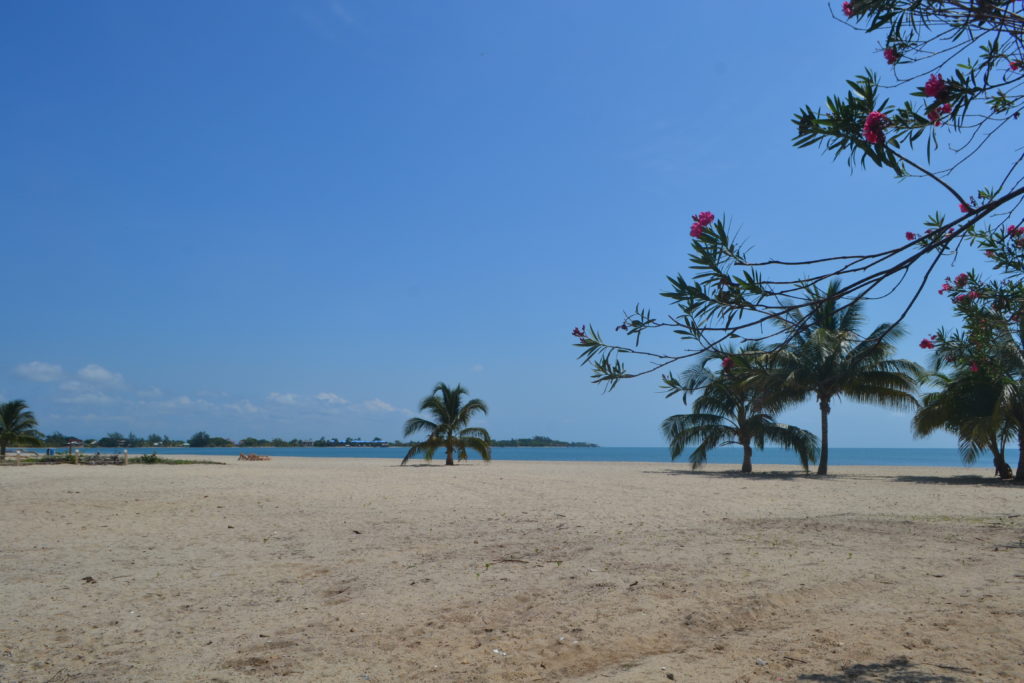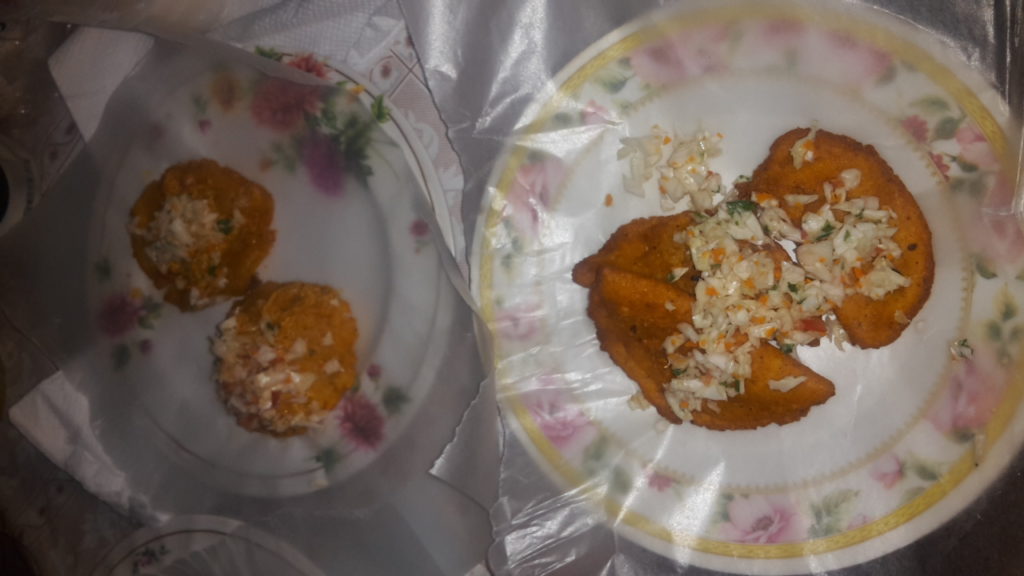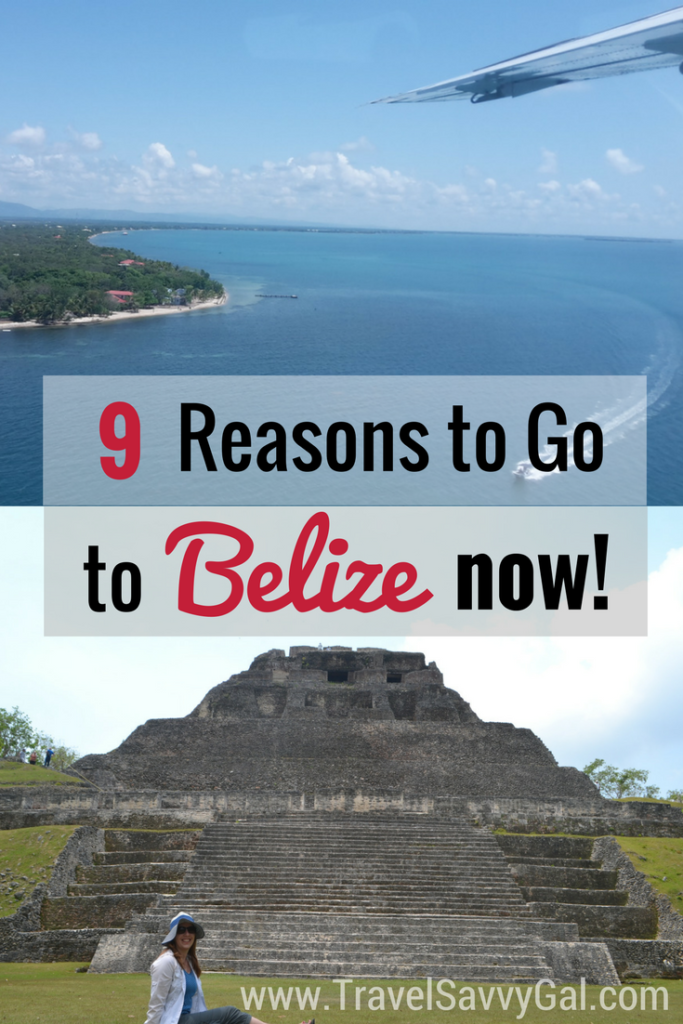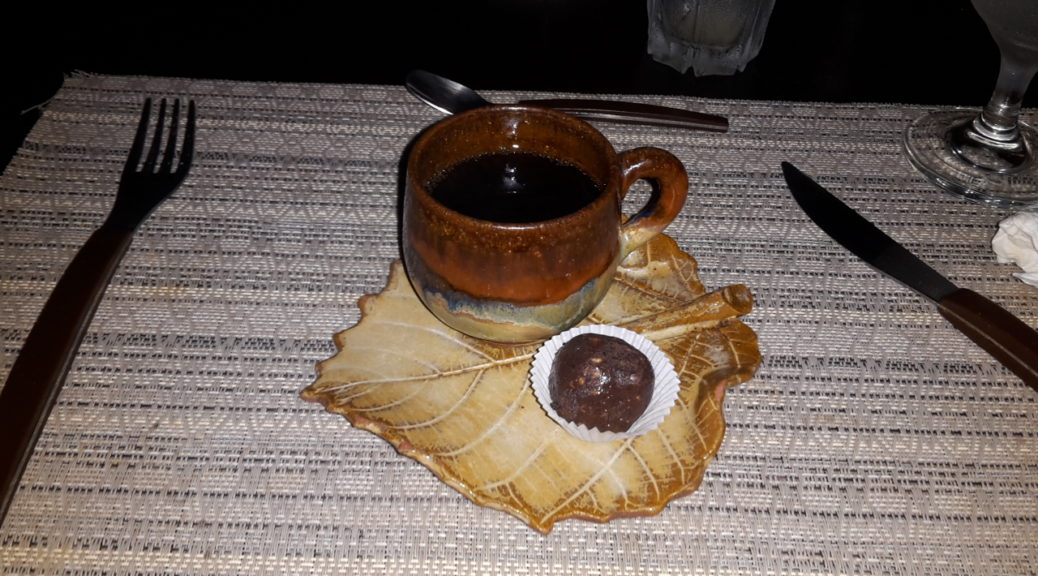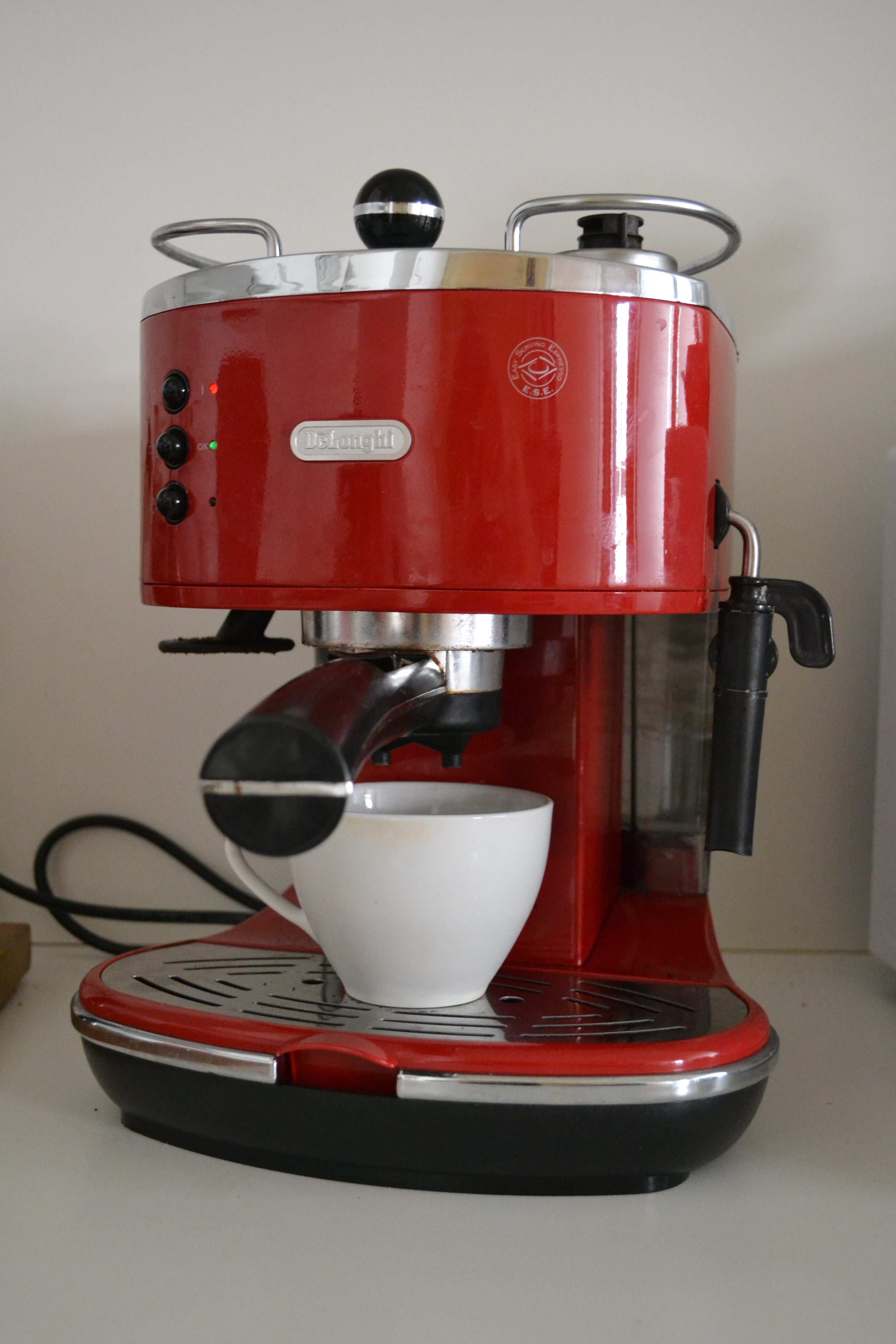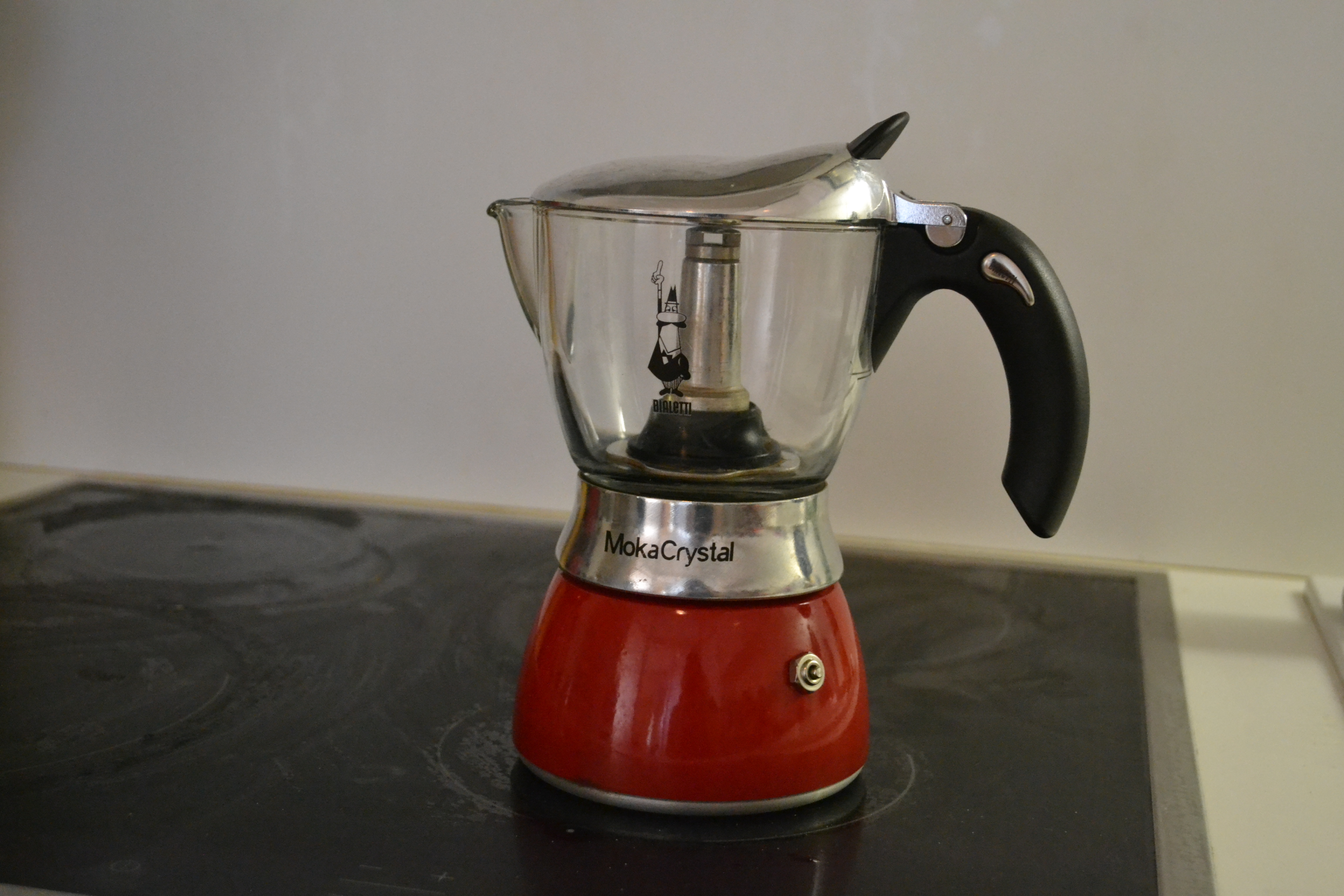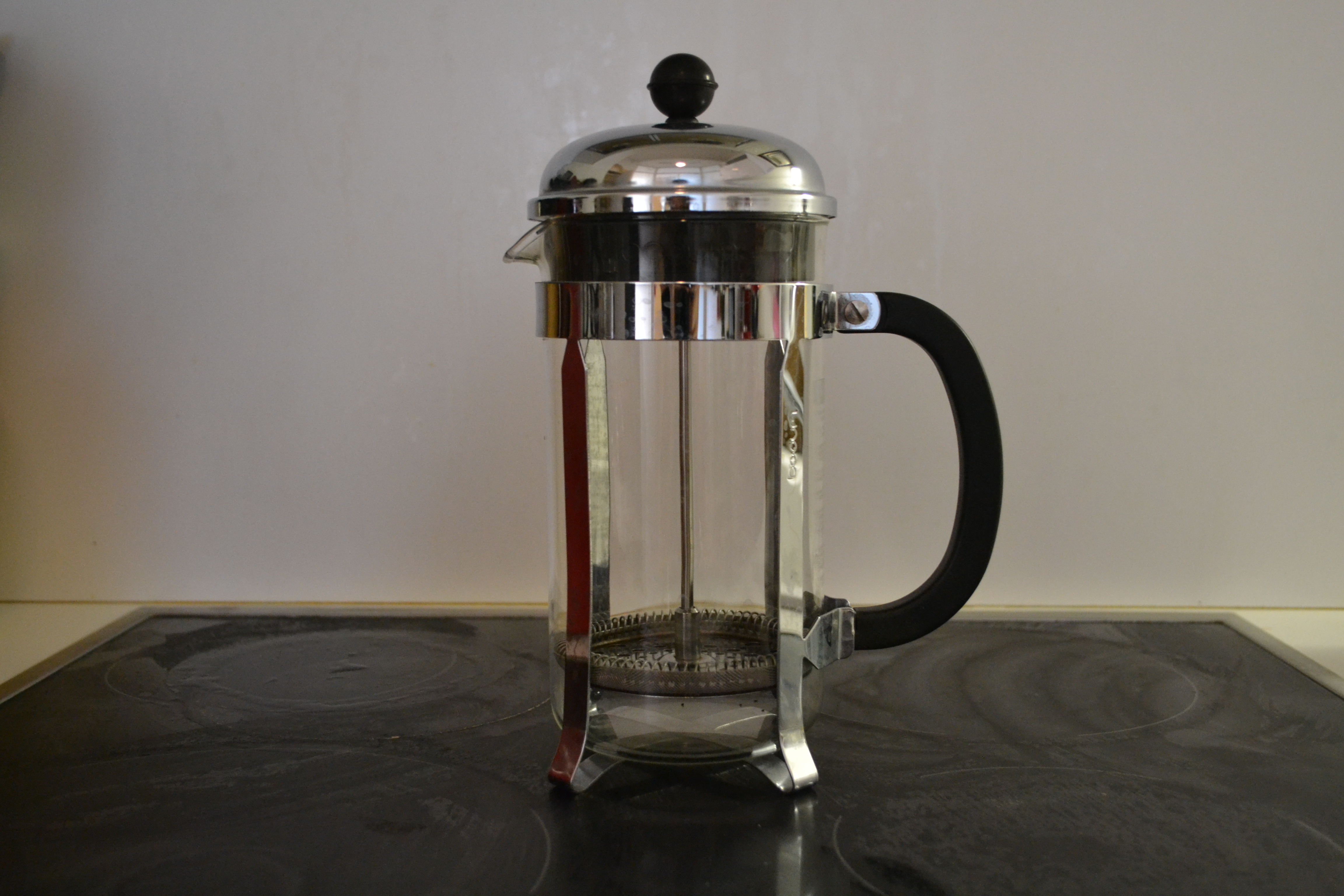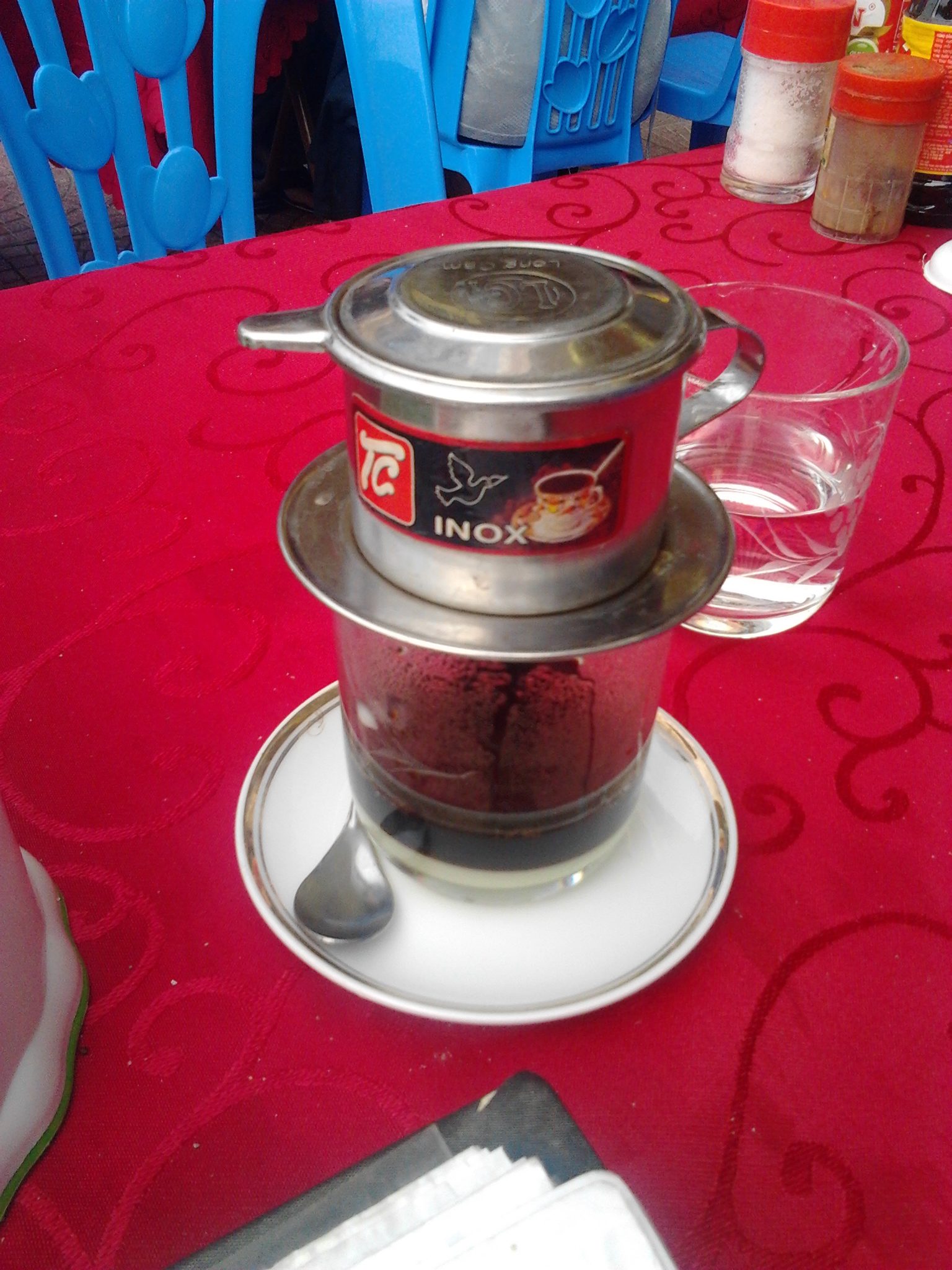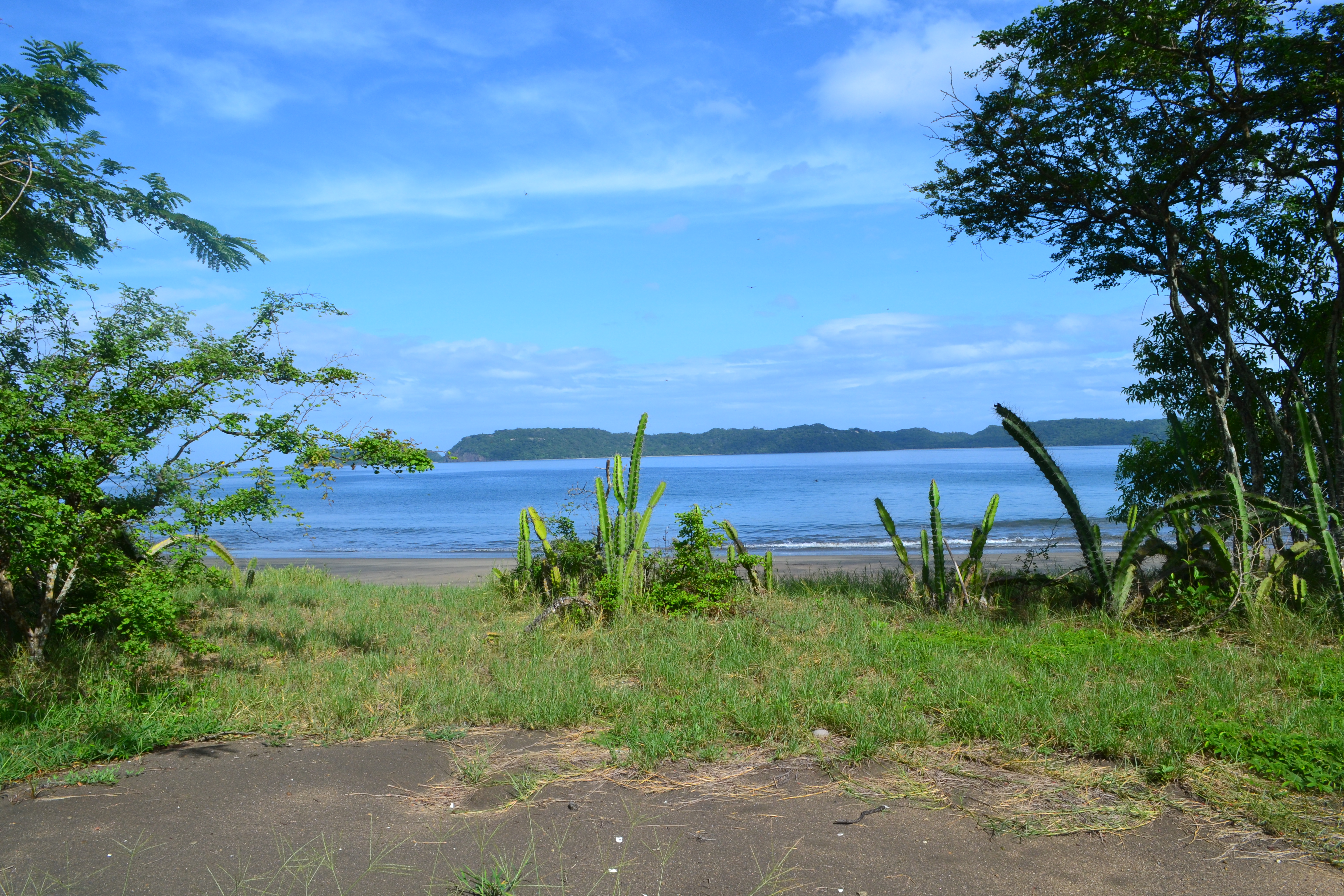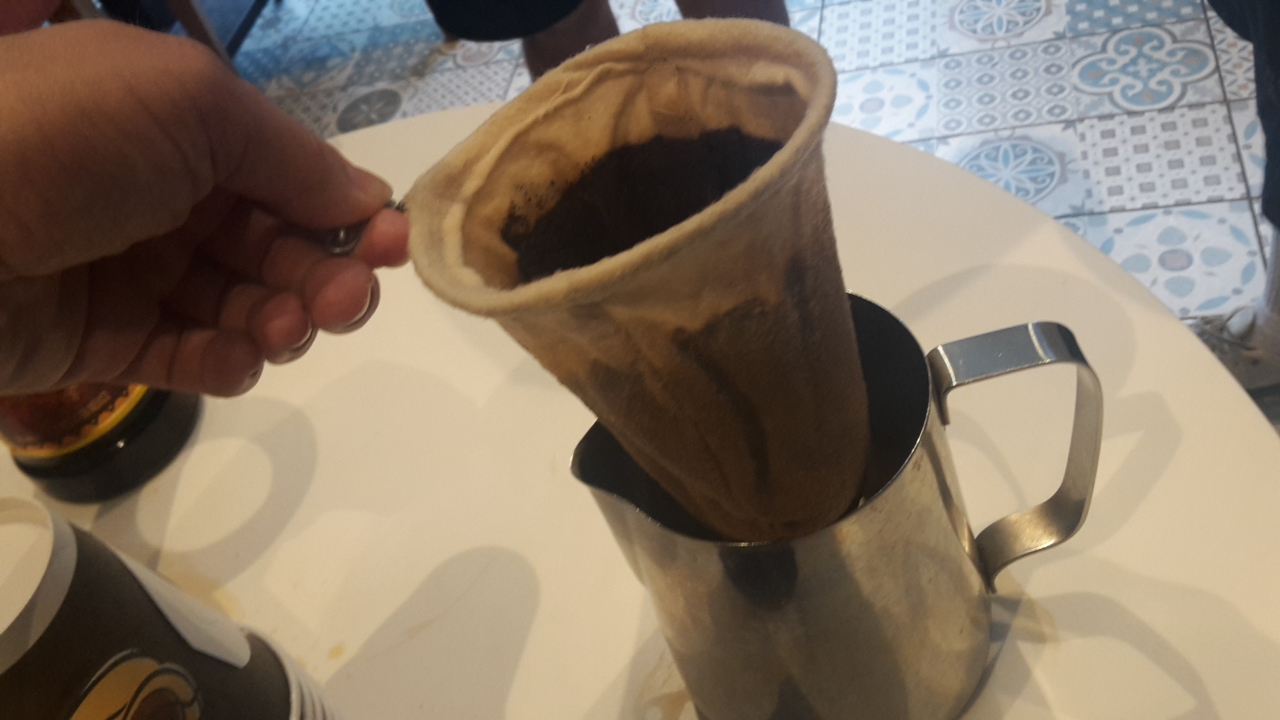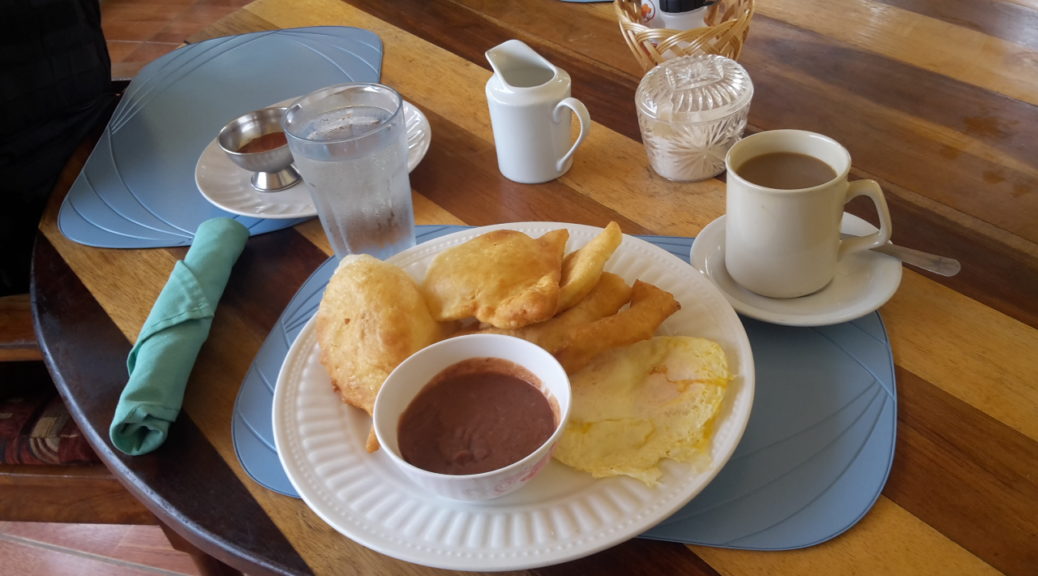
Foodie Bucket List: How to Eat Like a Local in Belize
Belize is a bit of a melting pot, with its food representing many different influences, all delicious.
The varied cuisine in Belize is no surprise, given that it is located at a crossroads between Central America, Mexico, and the Caribbean. There are also Mayan influences dating back thousands of years, seen in the many Belizean dishes based around corn tortillas and beans.
Before visiting, I spent a bit of time researching and compiling a list of local dishes that are typical to Belize, and my mouth was watering before I even got on the plane.
Some of them may sound familiar from similar Mexican or Caribbean dishes, served with a Belizean spin.
What’s nice about Belize is that most of these dishes are widely available, especially those served by the ubiquitous street food vendors. You won’t have to venture far to sample a particular food or struggle to locate the one restaurant in town serving a specific dish, like I’ve done in other places I’ve visited.
It will also be easy to converse with your restaurant server or street vendor if you have any questions about a dish or its ingredients, since Belize’s official language in English.
It’s very easy to navigate your culinary experiences, one of the many reasons I found it such an easy place to travel.
READ MORE: 9 Reasons Belize Should Be Your Next Travel Destination
Belize also has international influences of course, with some high-end restaurants boasting French and Italian influences.
For me though, with my limited time visiting, I was happy to stick to the local specialties.
And with the ease of conversing in English with everyone, I even got a few cooking tips for replicating Belizean dishes at home.
Here’s what I enjoyed:
Breakfast
Fry Jacks
I enjoyed fry jacks nearly every morning for breakfast. Basically, it’s fried dough, and will come in different consistencies and sizes depending on who is making them.
I think I liked all of the versions I had!
It is most often served with eggs and refried beans:
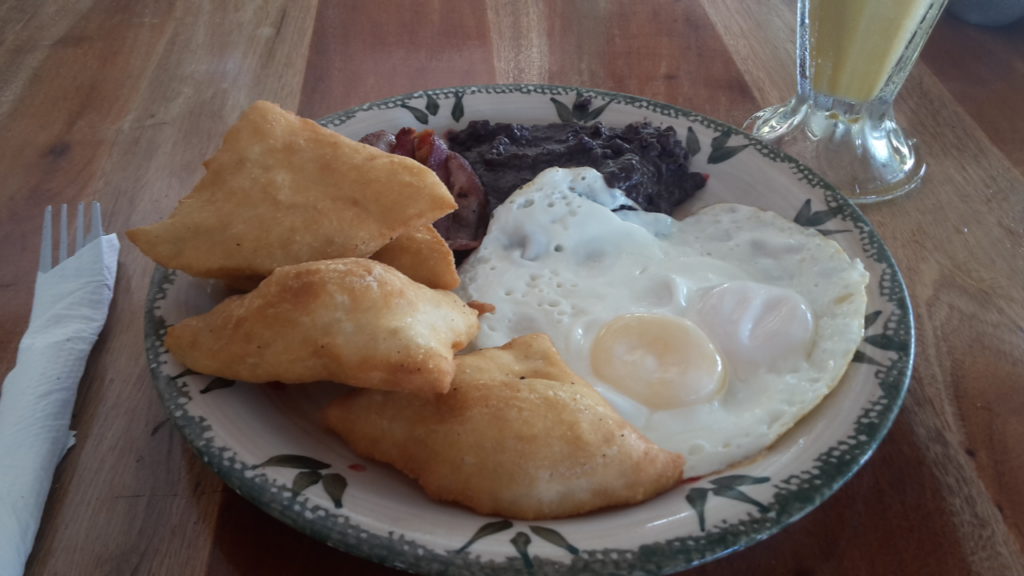
I also enjoyed stuffed jacks, in which the fry jack is sliced open and filled with a scrambled egg mixture (at breakfast) or beans and cheese (later in the day):
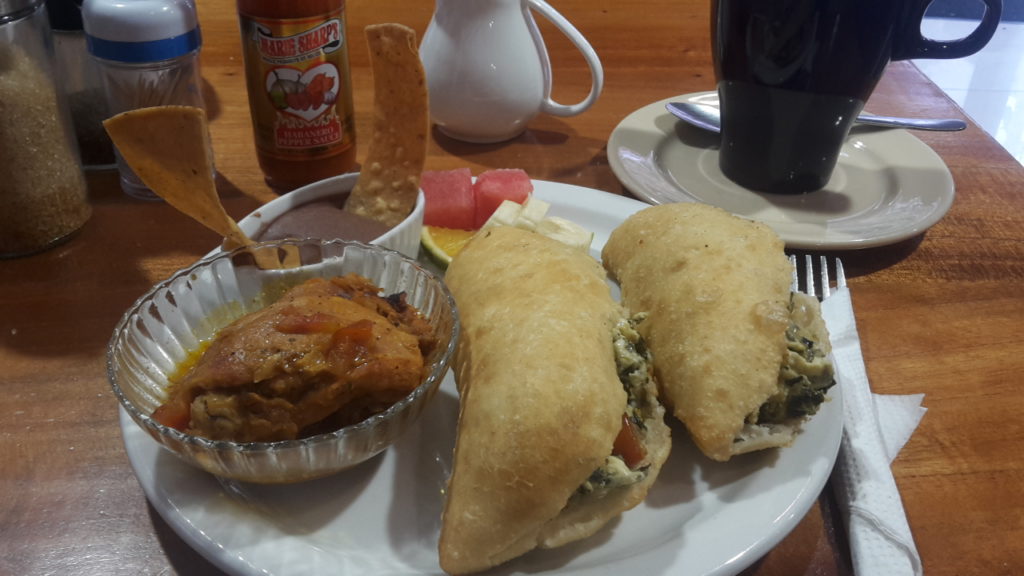
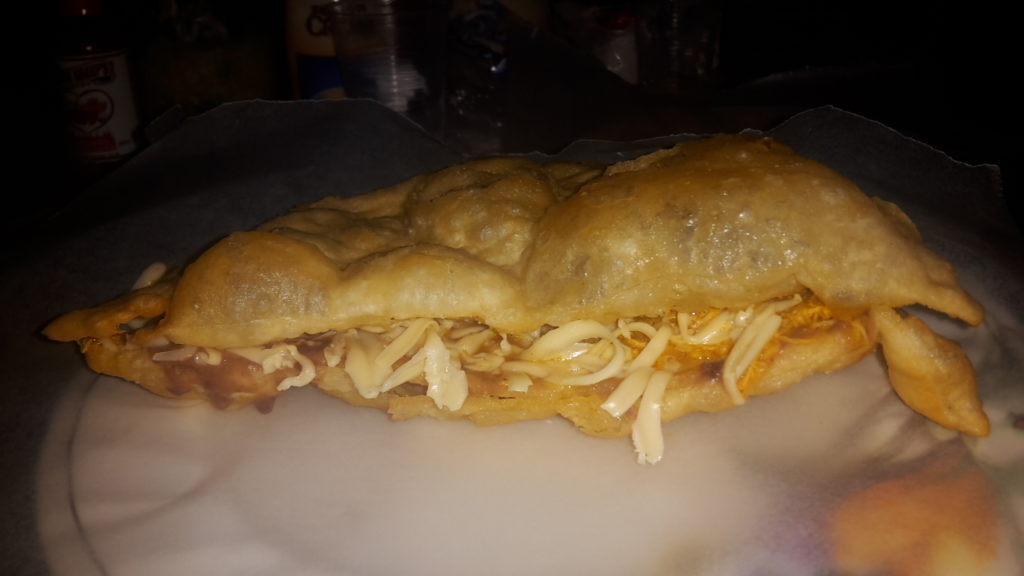
Johnny Cakes
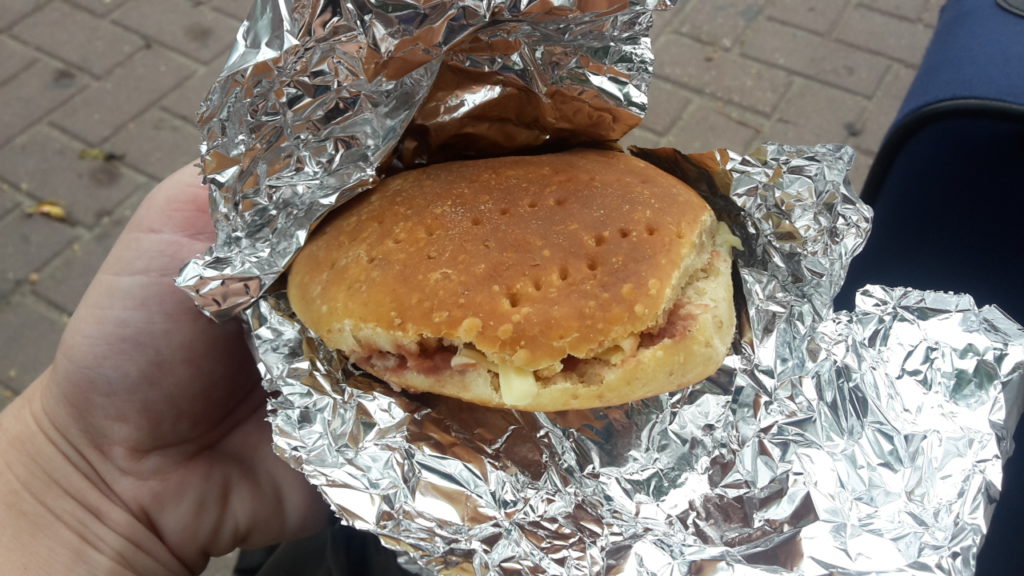
A johnny cake (also known as a journey cake, because you take it to go when you’re heading on a trip) is like a corn biscuit. It’s dry and flaky, and usually served as a sandwich with fillings inside.
I only tried it once and didn’t love it, so the next morning I was back to eating fry jacks. It’s definitely worth sampling though, and maybe you’ll enjoy a better version than I had!
Lunch, Dinner, & Snacks
Panades
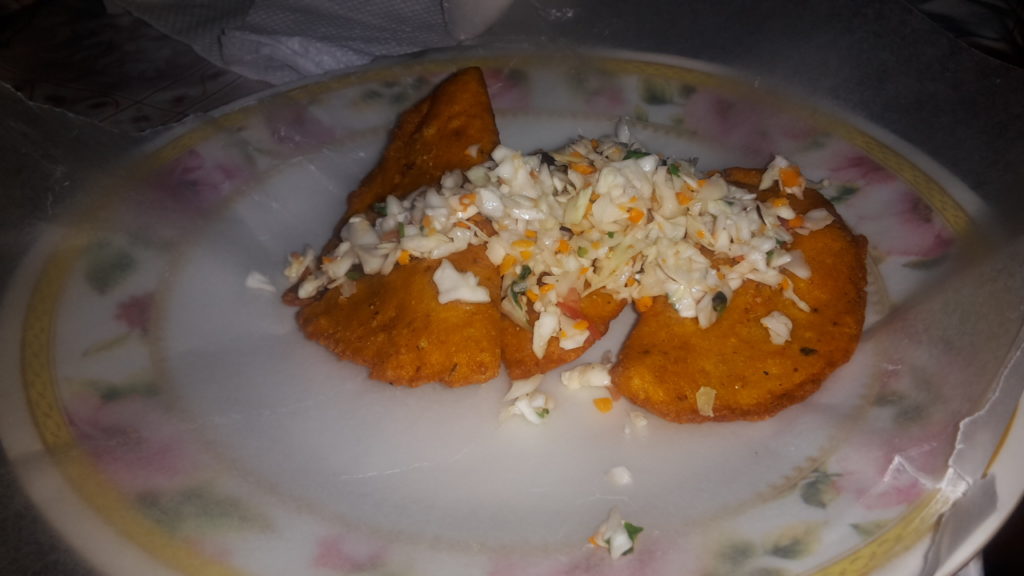
This is the first of several snack variations you’ll find in Belize made with corn tortillas and toppings or filling.
The terms panades refers to small tortilla pockets that are stuffed with meat – it’s just like a crunchy empanda, but typically smaller and also served with a bit of slaw on top.
Garnaches
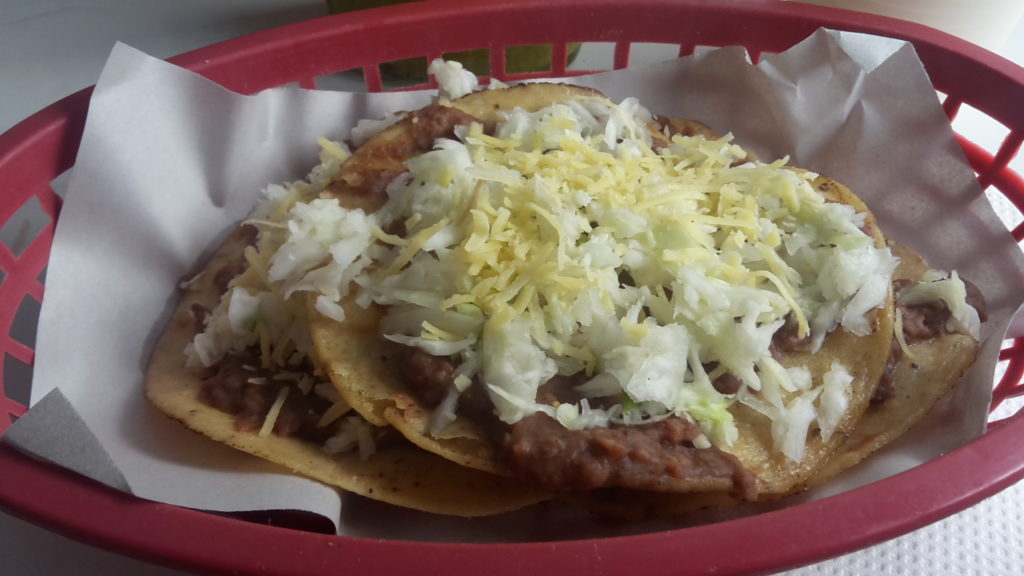
To make garnaches, (or garnachas) small tortillas are fried and then topped with refried beans, onions and sometimes other vegetables, and cheese.
The refried beans are applied like a spread, and the soft topping contrast with the crunch of the tortilla underneath. It’s like an open-faced sandwich or flat taco.
Salbutes
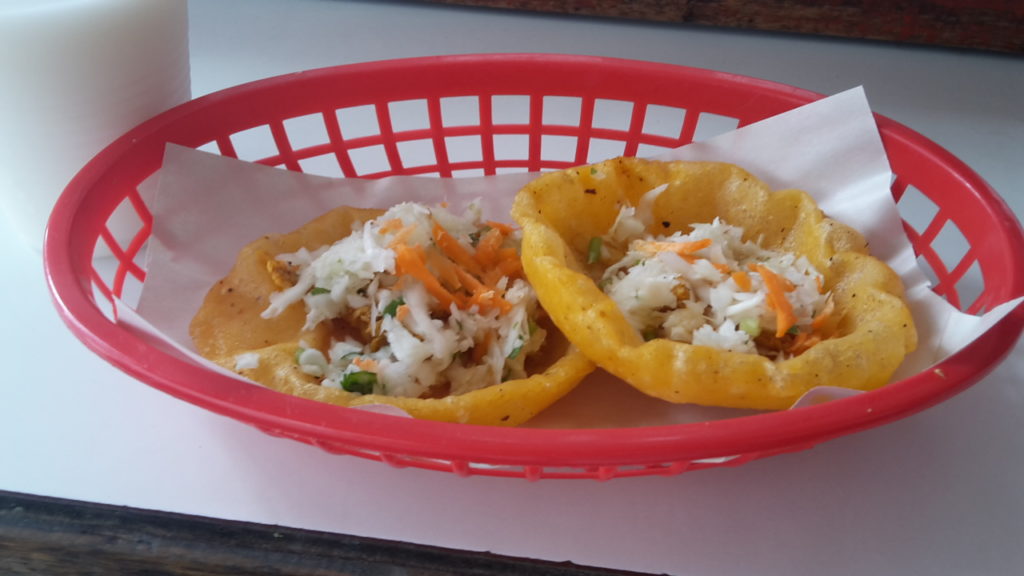
Salbutes are another variation of tortilla and toppings. This time the small tortillas are deep fried, so even crunchier than garnaches, and then topped with shredded chicken, pickled onions, and other vegetables. It doesn’t look like much, but these little bites are actually quite filling.
Conch
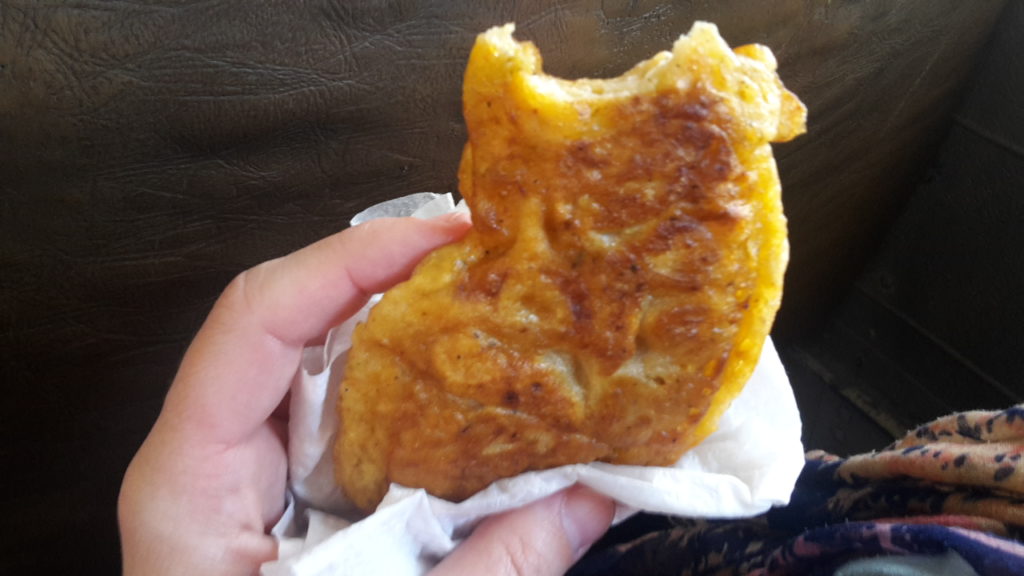
Conch season runs from October 1st until late June, and you’ll have plenty of opportunities to enjoy it in its different culinary forms if you visit during that itme.
A conch fritter was the first thing that I ate when I arrived in Belize, and it was a satisfying bite of the seafood surrounded by a rich batter and fried to a golden brown. Conch is also frequently served in ceviche or as part of a soup.
Hudut
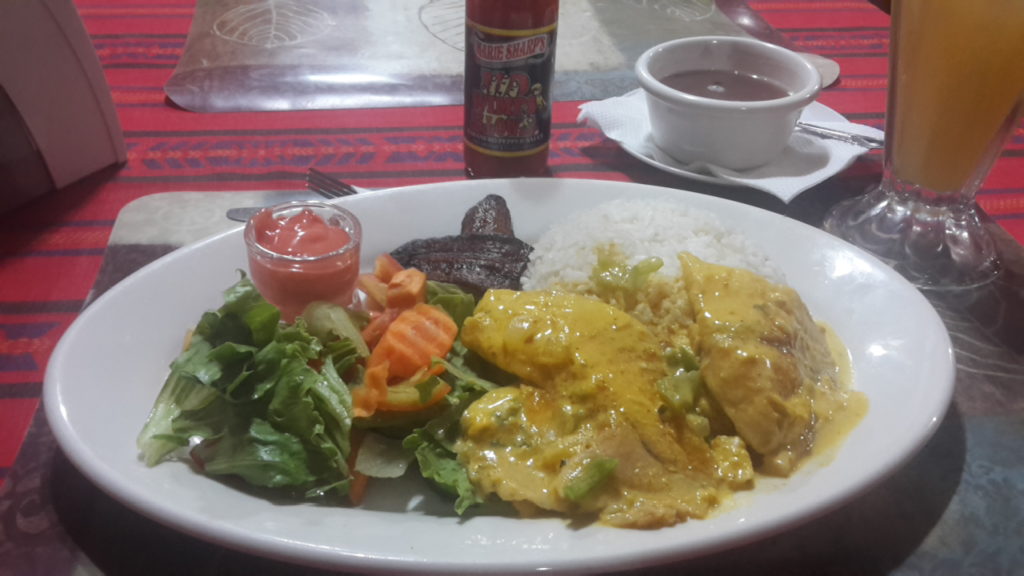
This is a traditional dish of the Garifuna people, of Afro-Caribbean descent. It involves fish cooked in coconut broth with a plantain paste.
It’s not all that different from some coconut-based Asian dishes. And it’s an incredibly flavorful way to enjoy some of Belize’s freshest products.
Rice & Beans
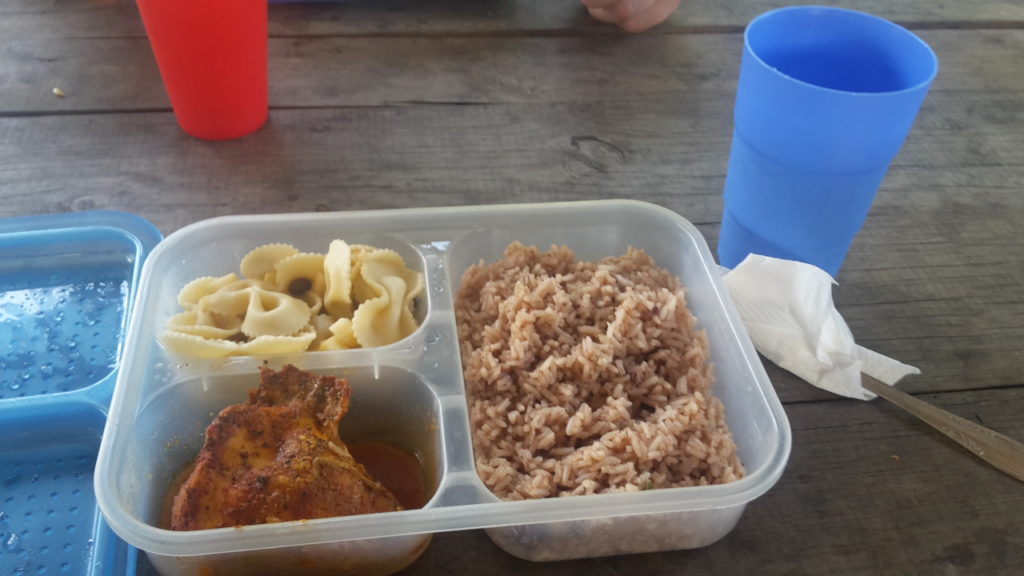
Rice and beans is the Belizean national dish, and often said so quickly it sounds like a single word – riceanbeans. It may be different than other versions you’ve tasted because the mix is cooked in coconut milk. Most typically it is served with stewed chicken, although any meat will do.
The versions varied a lot, and in general had a pretty small bean to rice ratio, which is different from other rice and bean dishes I’ve had. And of course, some restaurants had more flavorful versions than others.
TRAVEL SAVVY TIP! Street vendors with large silver pots are probably selling an excellent version of rice and beans.
Hot Sauce
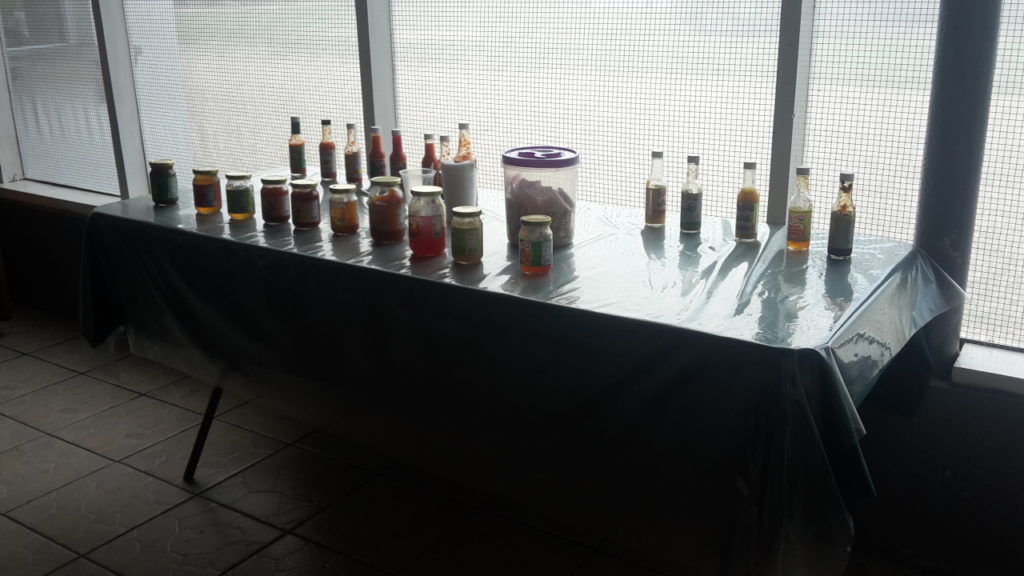
Although I wouldn’t recommend consuming hot sauce on its own, this is a condiment that you’ll see everywhere, from the food stand at the bus station to a proper sit-down restaurant.
The most popular hot sauce is Marie’s, a Belizean-owned company that has been producing award-winning hot sauces since the 1980s. Usually one of their more basic habanero hot sauces will be on the table as a condiment next to the salt and pepper shakers.
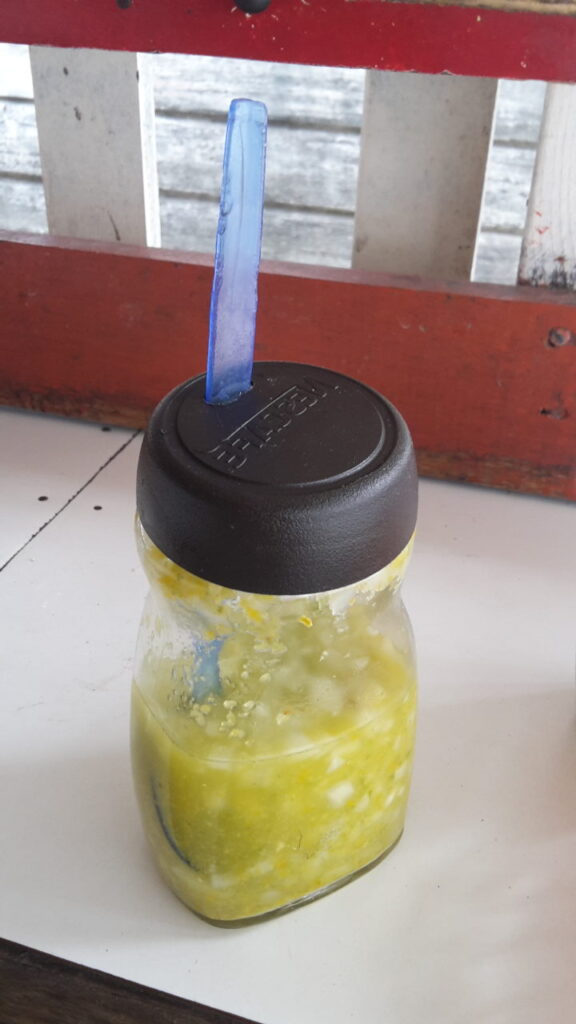
There are also homemade spicy concoctions that might appear either instead of or in addition to a bottle of Marie’s. It’s a mixture of chopped onions and habaneros, usually made quite spicy for the local palate.
Dessert
Banana Bread
Banana bread (or a banana cake) may not be the dessert that first comes to mind when you think of Central America, but it actually makes a lot of sense.
Belize grows a lot of bananas – usually for export – however, the ones that aren’t pretty enough for export get sold locally for cheap. And so the locals of course make dessert!
I don’t think I managed any pictures, although I did enjoy moist banana bread twice during my stay.
Chocolate
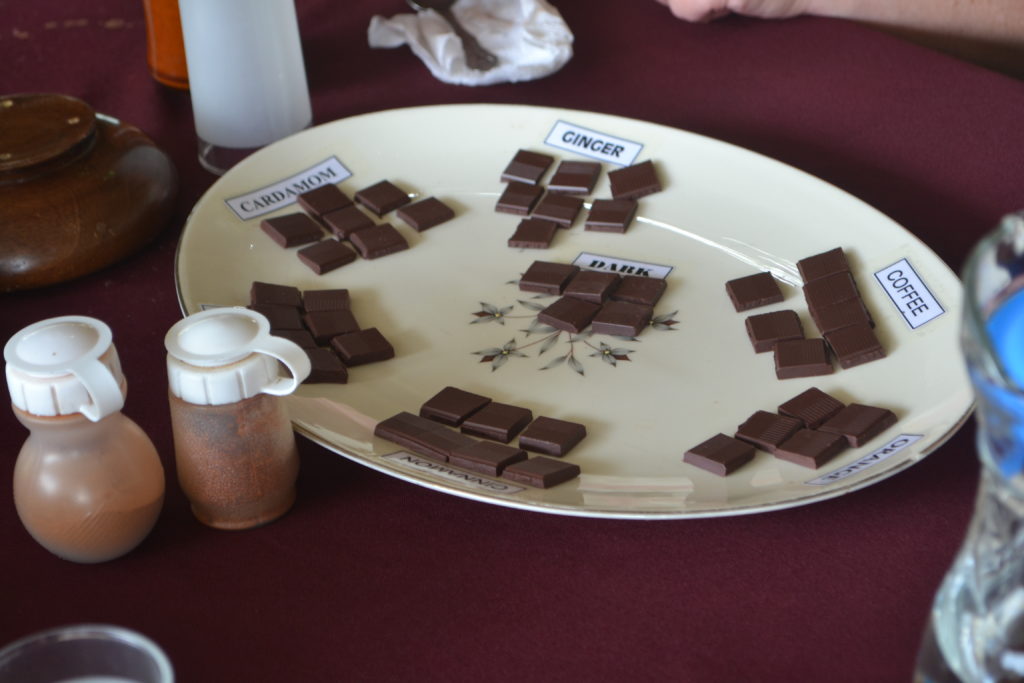
Chocolate-making is an old Mayan tradition in Belize. As I learned on my chocolate-making tour, Belizean chocolate actually comes from a different cacao plant than most or all the chocolate you’ve ever had.
I really enjoyed the local chocolate, as it is less bitter than your typical dark chocolate and has lots of flavors that come through as you chew. Honestly, with all the different aromatic notes, it felt like I was at a wine tasting, not a chocolate tasting!
Even if you don’t get to taste Belizean chocolate on a tour, there are plenty of local chocolates on sale, including at the airport.
Beverages
Fresh Juices
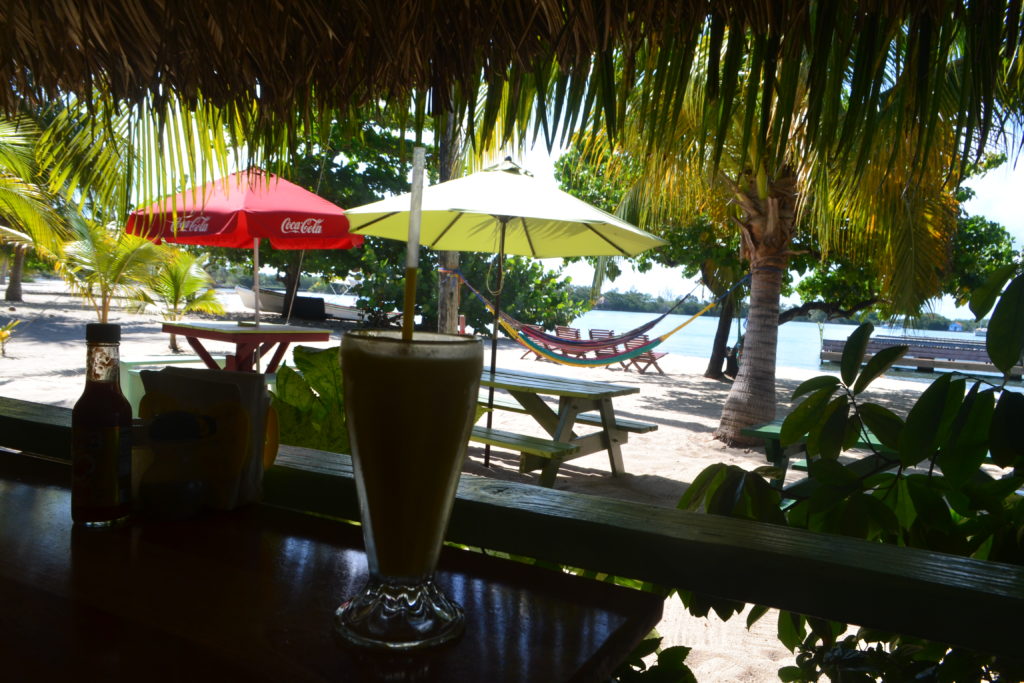
Especially at street food stands, you’ll see a pretty good list of fresh juices on order. Typically beverages are prepared in advance, and then ladled out of large containers for your drink.
One local option is called soursop, from the native fruit also known in Spanish as guanabana, and fortunately not sour at all. There are other seasonal fruit options, and frequently horchata, a Mexican rice-based beverage, is also available.
Belikin Beer
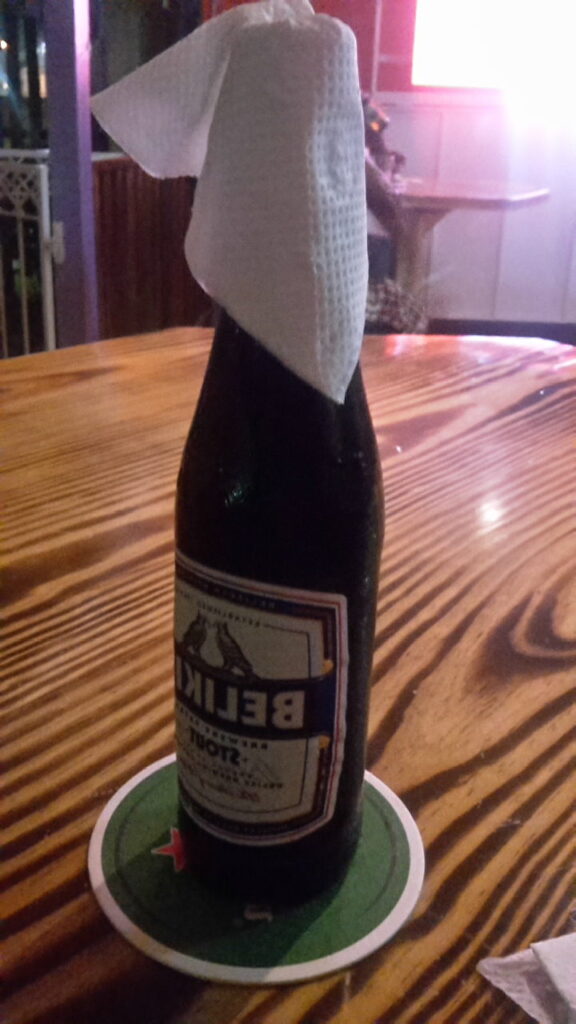
Belikin beer is considered one of Belize’s national treasures, and is the one beer you’ll see everywhere alcohol is served.
In fact, when you order, asking for a “Belikin” means their regular lager. While requesting “a Stout” undoubtedly results in a Belikin Stout being served to you. Their third variety is the Lighthouse, Belikin’s light beer.
The one thing that I had read before my trip and definitely noticed the first time I sipped a beer with dinner – bottles of Belikin beer are smaller than usual! Belikin bottles are around 280 mL, while a typical beer bottle is 330mL. So you may go through it quicker than you expect.
Local Rum
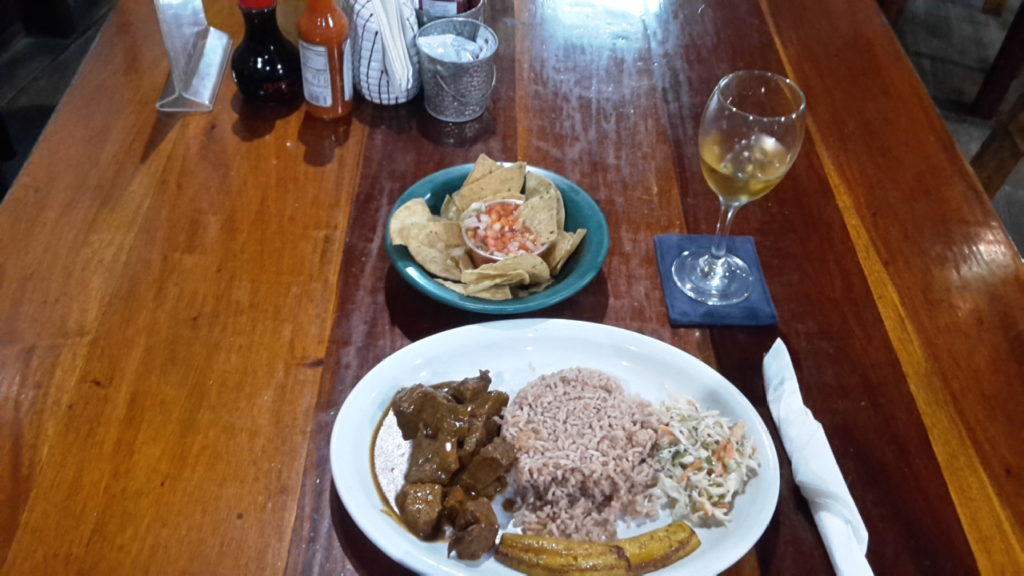
Belize is a country known for its sugarcane, so it also has lots of local rum producers. Its rum is used in lots of cocktails, and also treated as a sipping beverage, especially for the reserve rums or aged varieties.
The favorite rum that I tried was the Tiburon aged rum that had a lot of complexity, and I sipped it as an accompaniment with rice and beans.
The 3 things I didn’t taste
Fried Chicken
I think about fried chicken first as an American bar food, although there are many traditions around the world that include fried chicken (Korea comes to mind).
Coupled with fried food being typical in hot climates and the prevalence of hot sauce, there was quite a bit of fried chicken available in Belize.
I had intended to try fried chicken wings at a street vendor in San Ignacio my last night there, but had a late lunch that day and couldn’t muster up the appetite.
Lobster
Belize is famous for its lobster, although the season does not begin until June 15th each year, so I was too early to enjoy this specialty.
I’m already thinking about a return trip to Belize, and if I do go again, I would definitely plan the timing to align with the many lobster festivals that take place along the coastal and island towns from mid to late June to celebrate the start of the season.
Cashew Wine
I love the taste of cashews, so I was very curious about cashew wine. Unfortunately, despite my best efforts, none of the local bars or restaurants I visited had it available by the glass.
And in duty free, the only bottle of cashew wine available was a gigantic 1-liter in size.
The best way to sample cashew wine as far as I can tell is to take a cooking class where it is served, or to go on a tour of locally produced food and drinks that includes a cashew wine tasting.
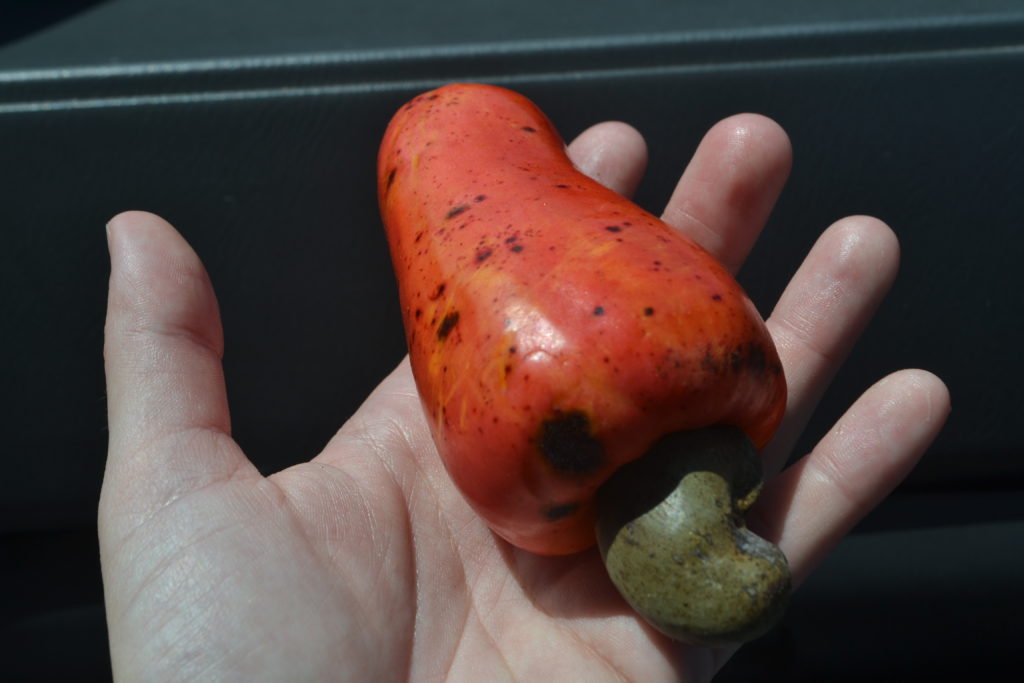
On the upside, I did get to try cashew fruit (pictured above) that was picked fresh from a tree when I was on a Chocolate-making and Waterfalls tour. It was a bit sweet and nutty, with very juicy flesh.
TRAVEL SAVVY TIP! Just watch out if you get a fresh cashew fruit because while the fruit is delicious, the nut in the center is actually toxic until roasted.
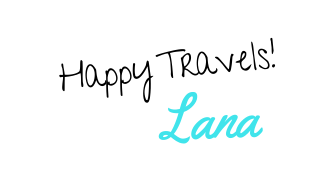
Have you been to Belize? What were your favorite dishes that you ate there? Anything else I should add to my ‘Foodie Bucket List’?
Like this post? ‘Pin it’ for later!
